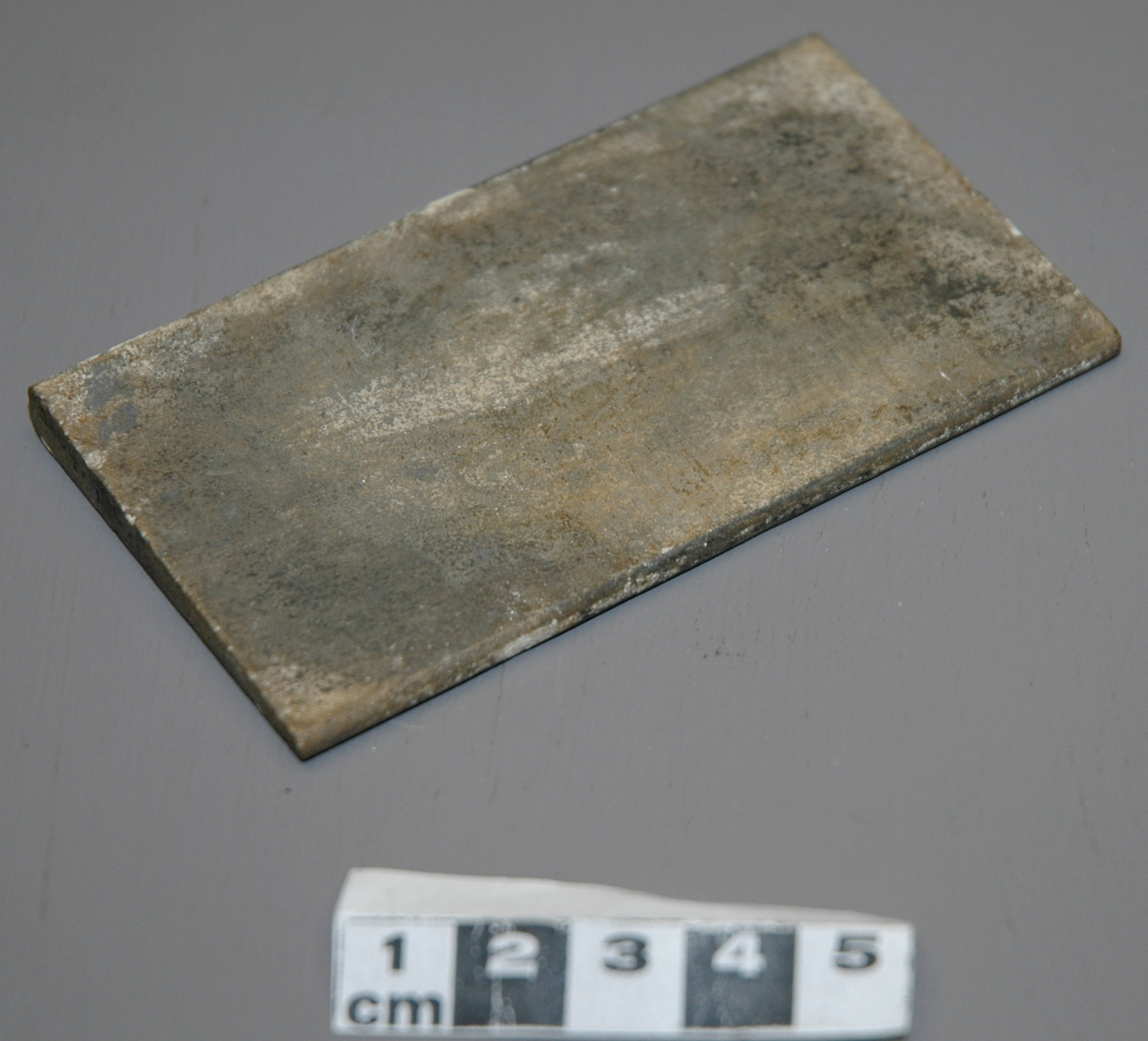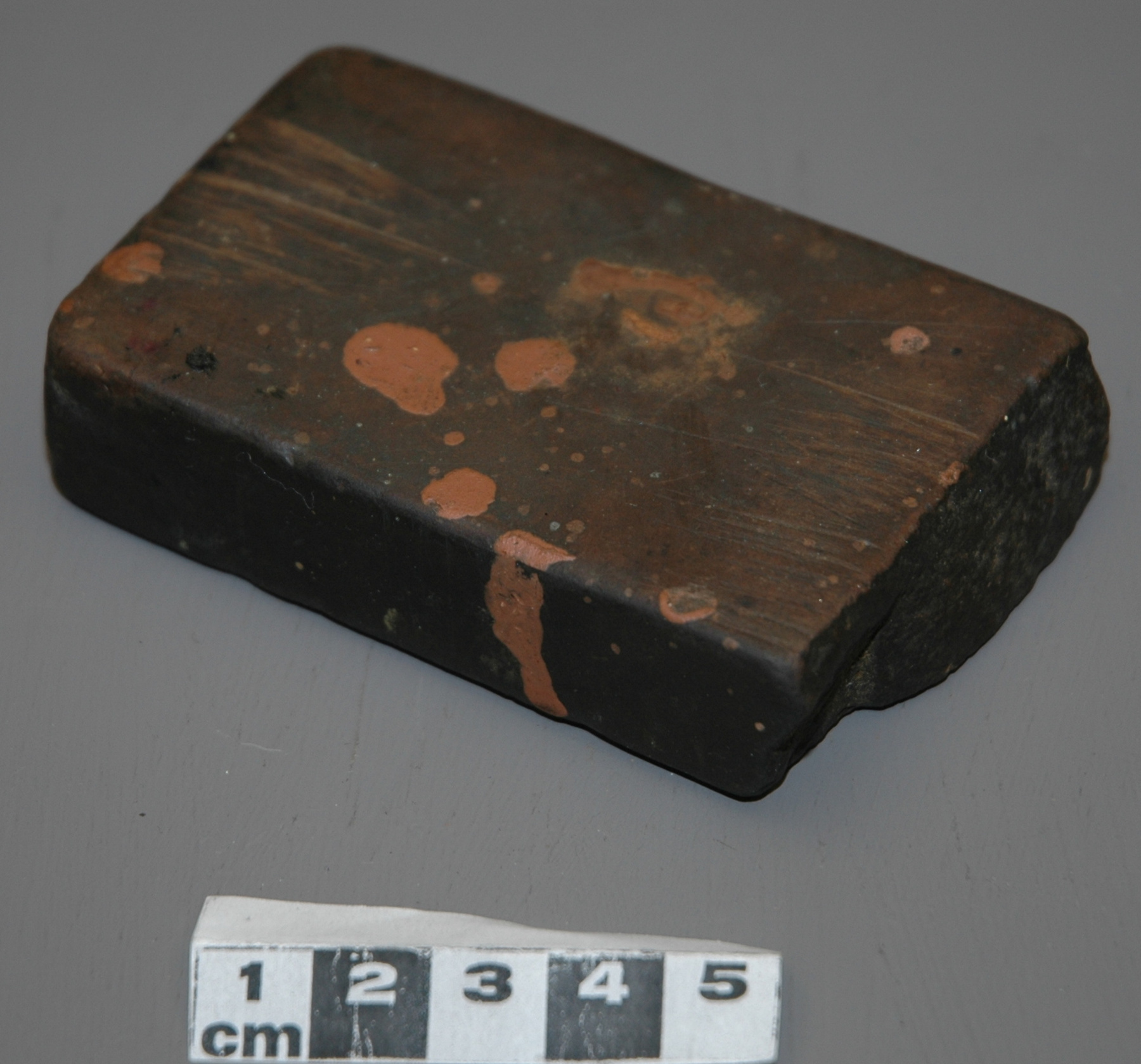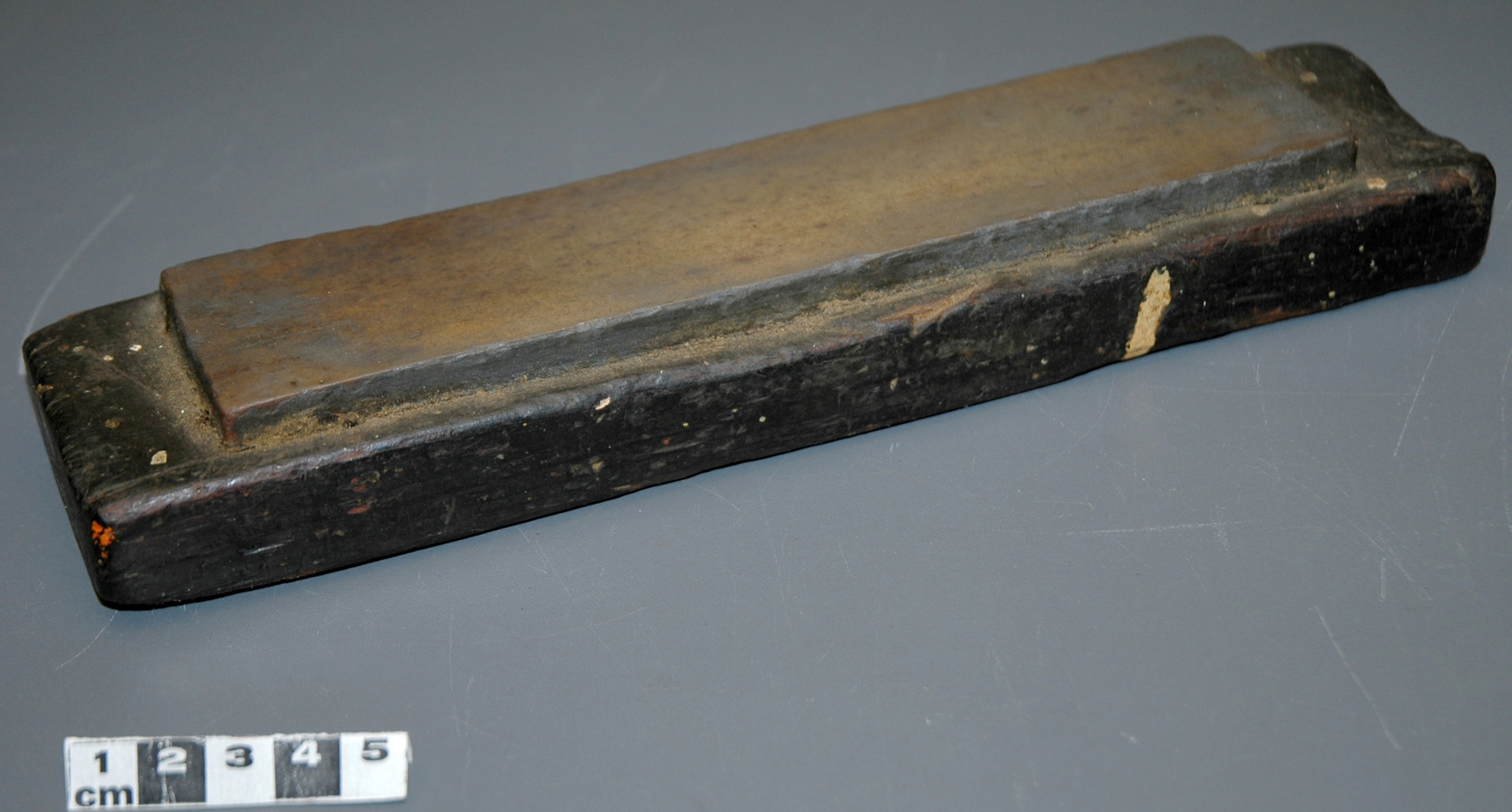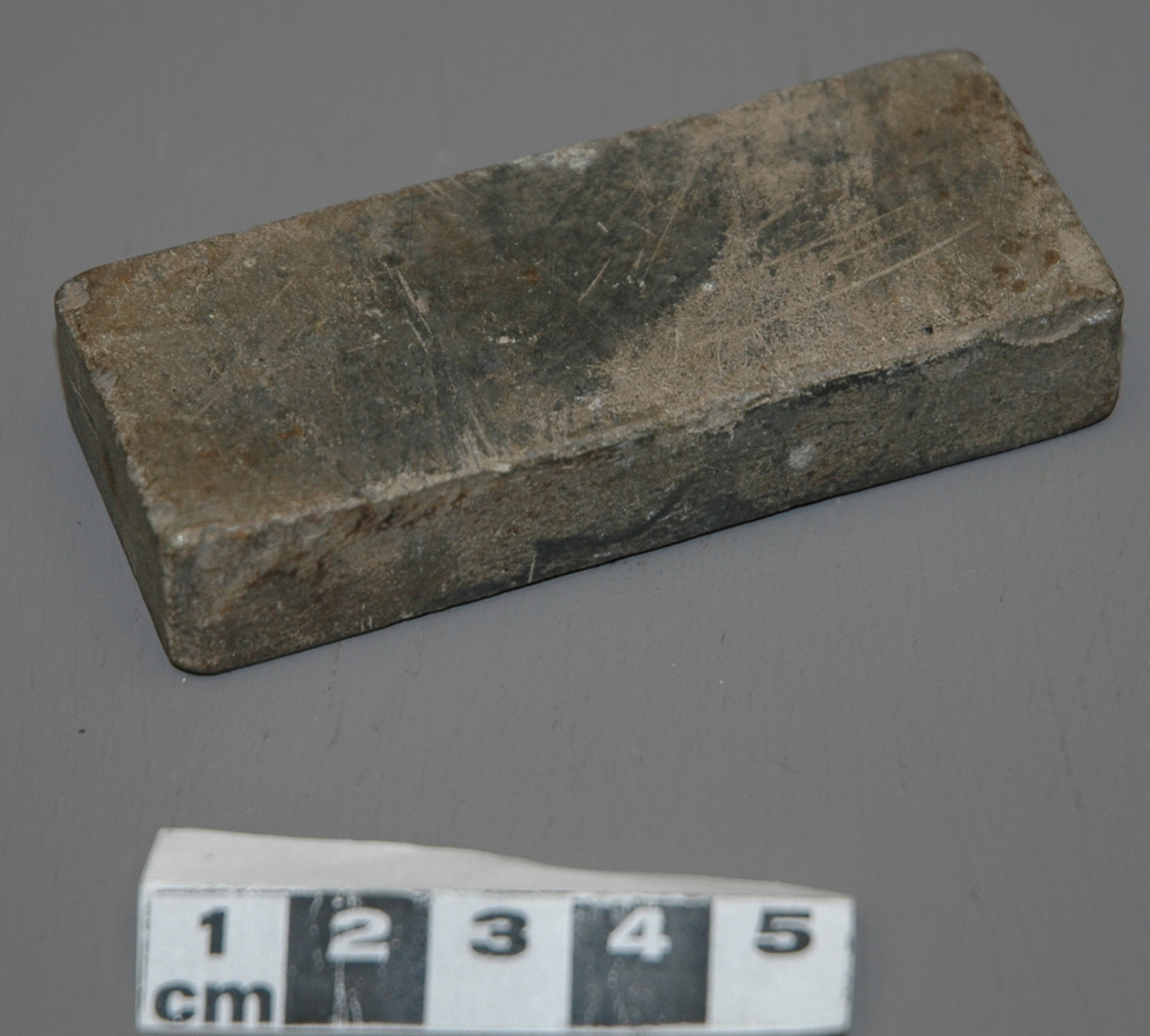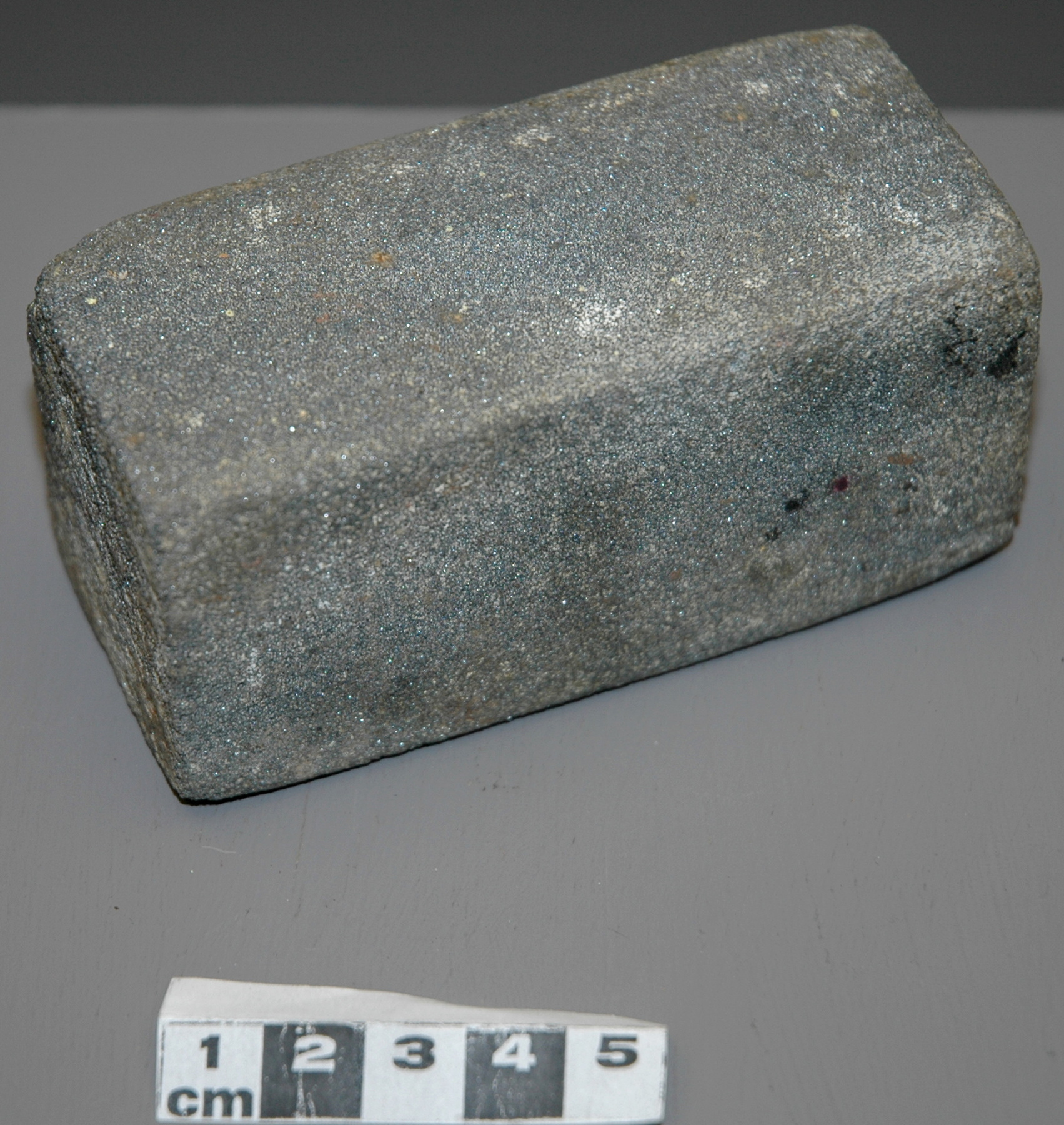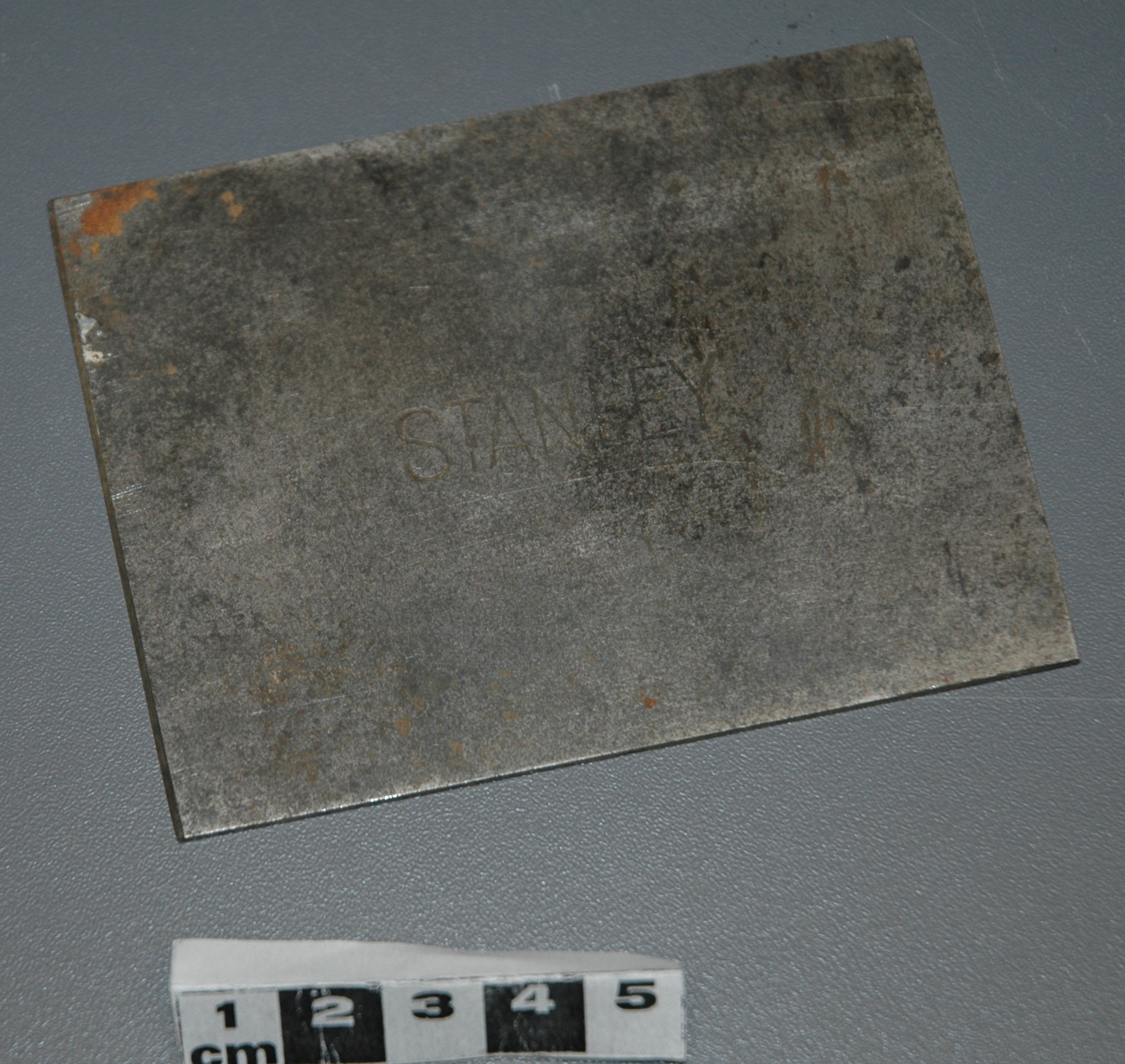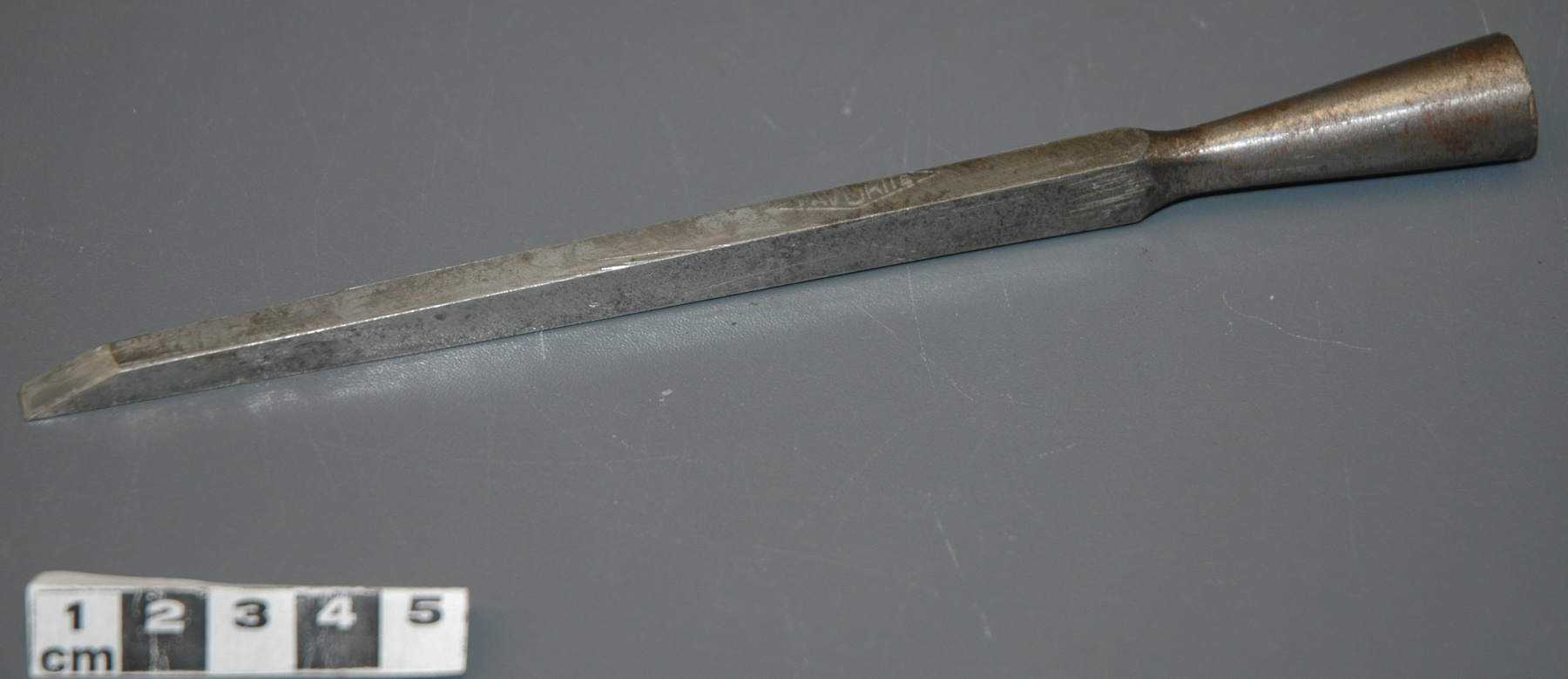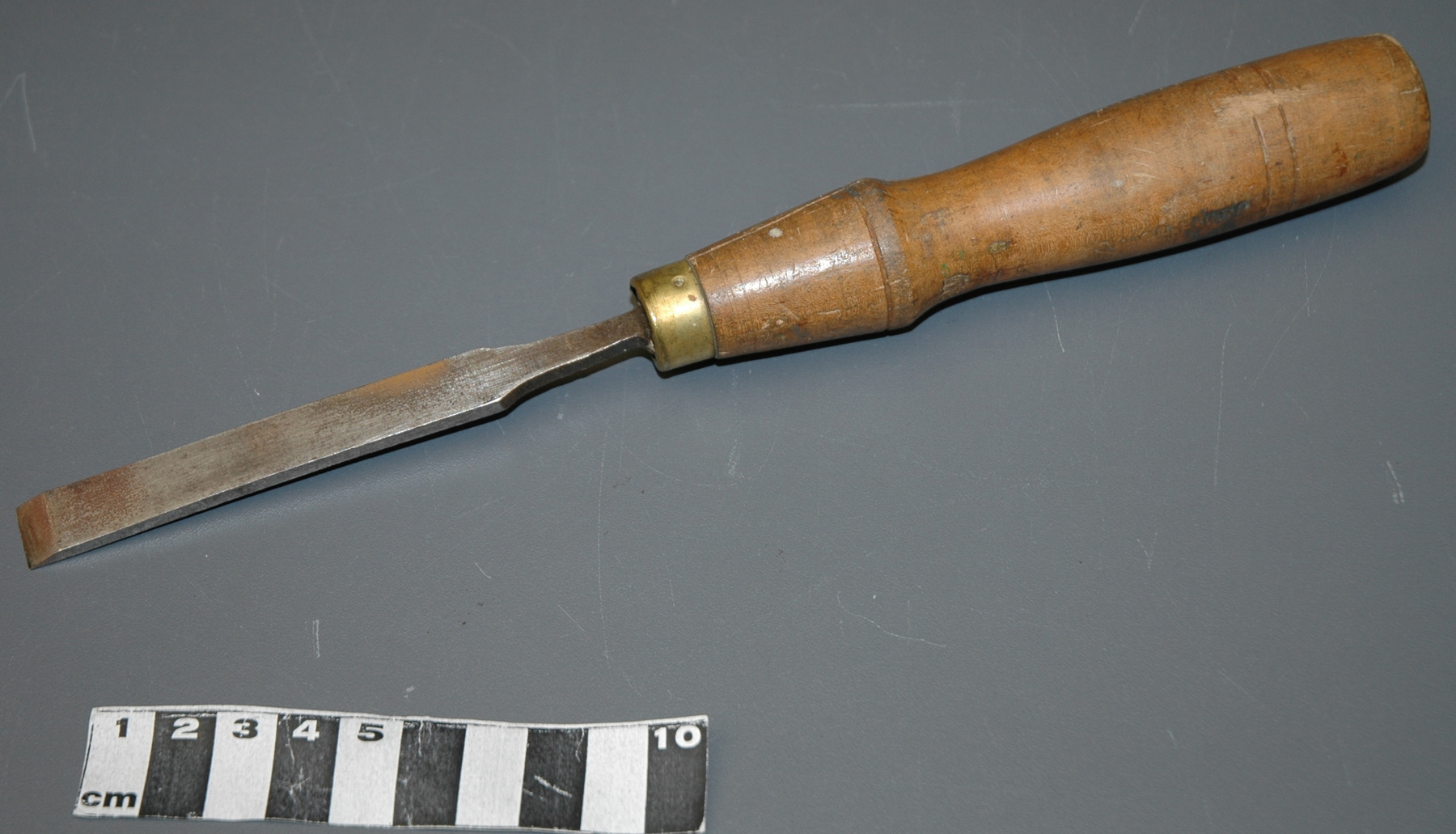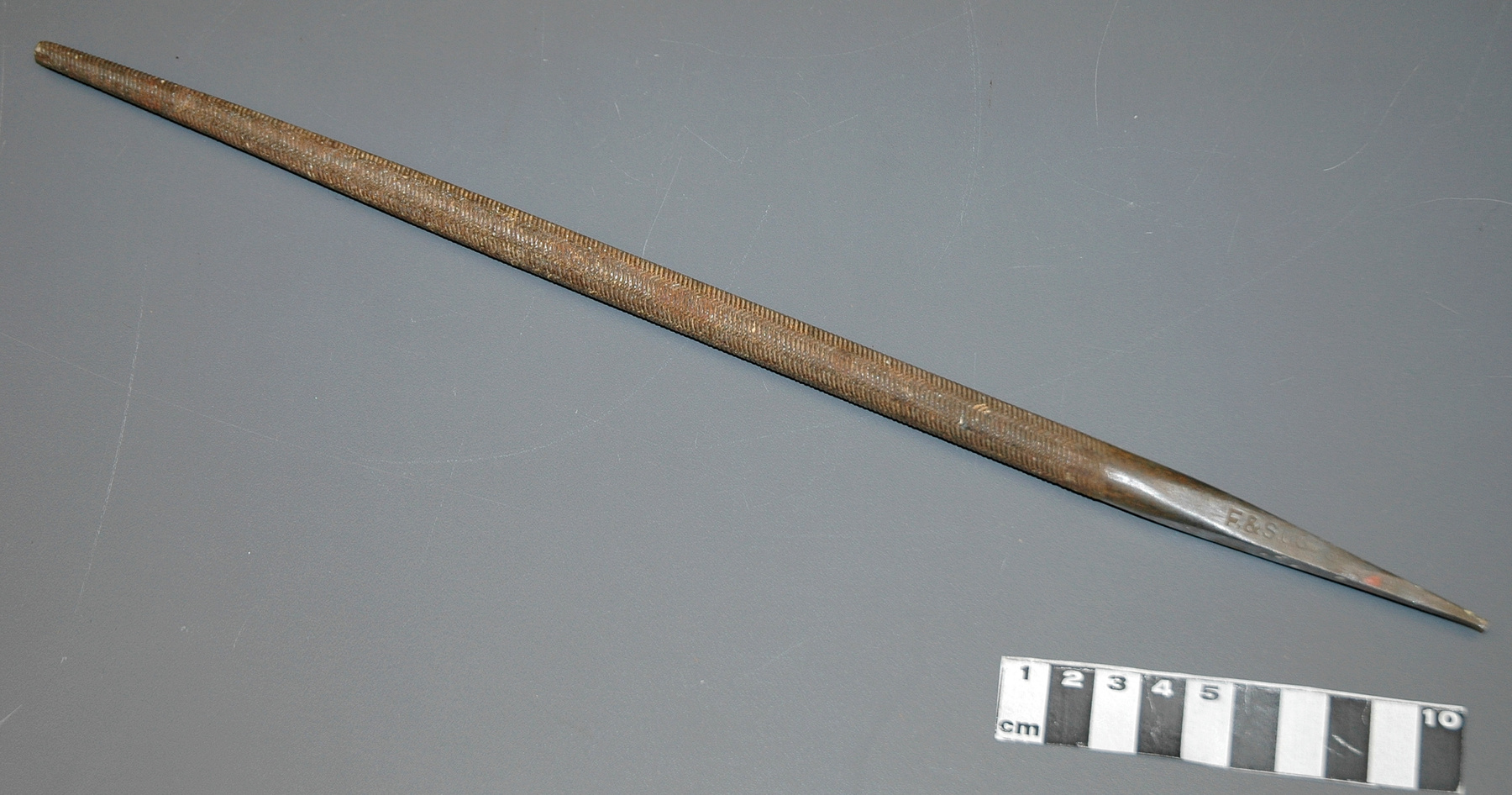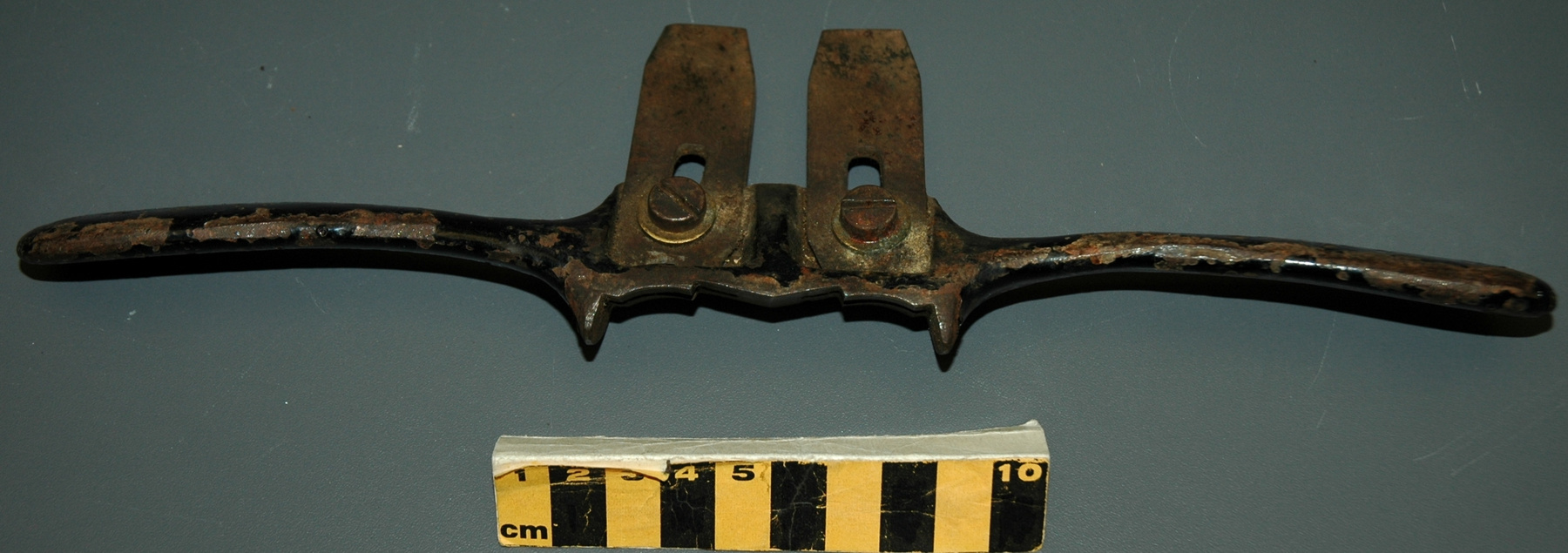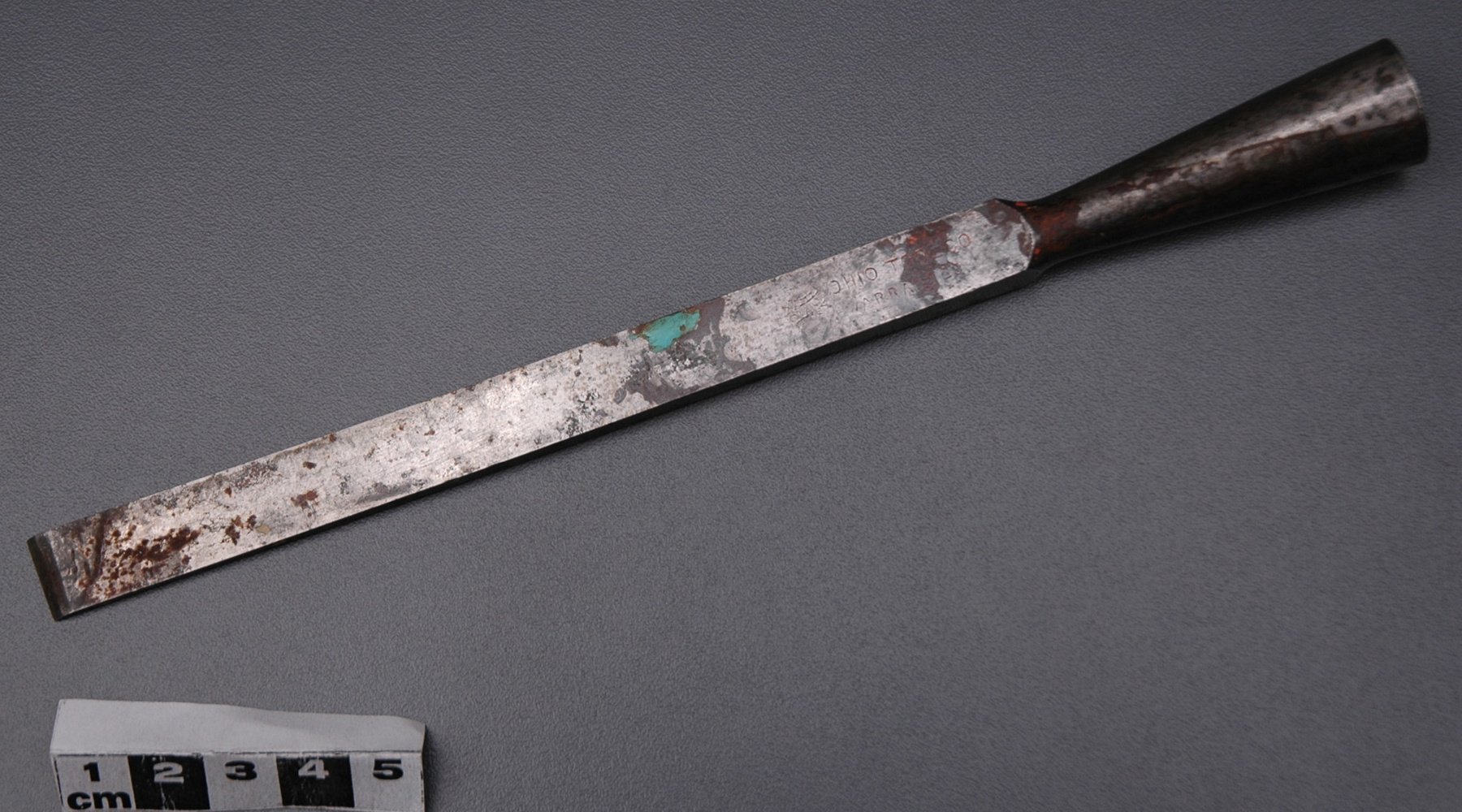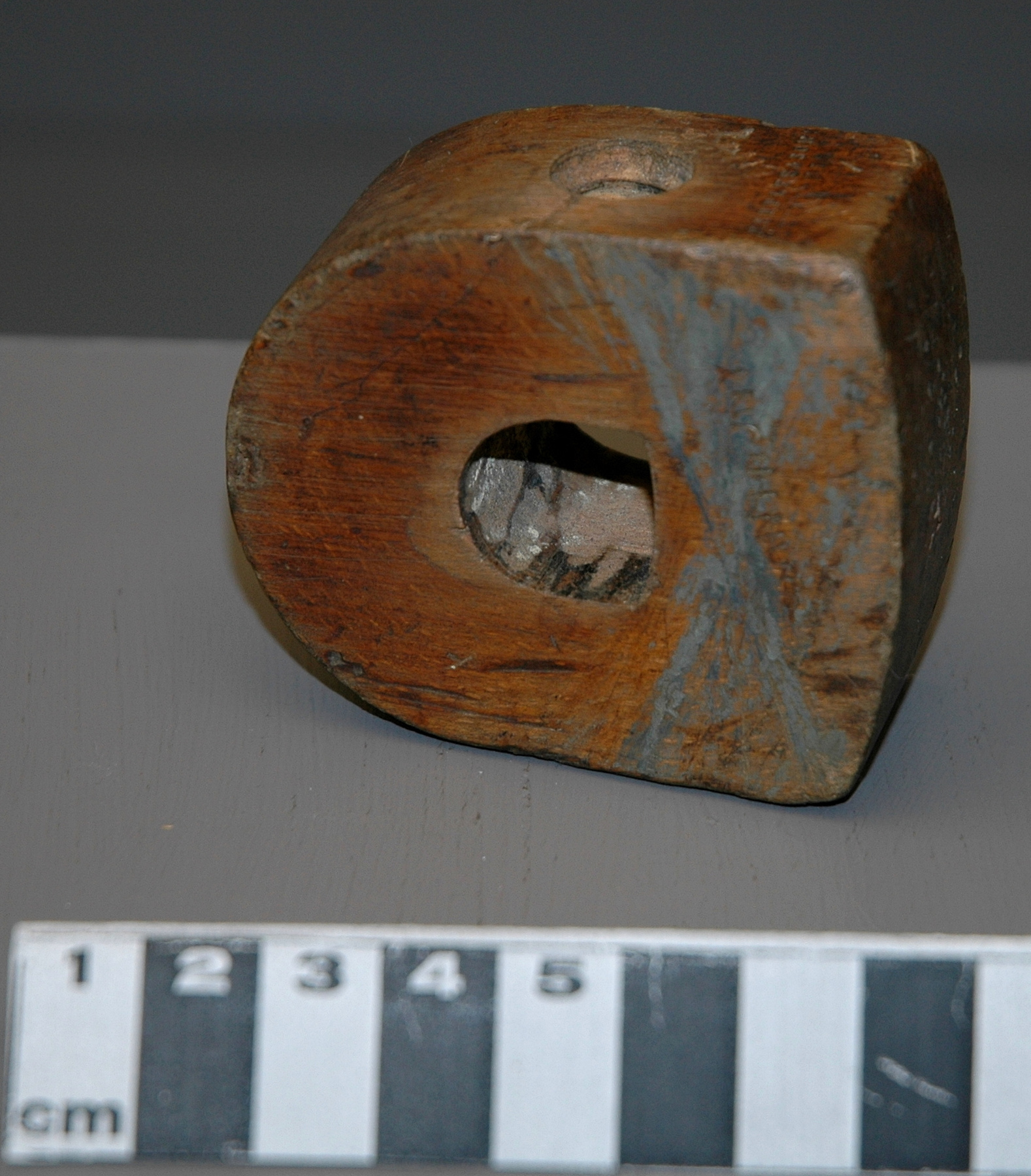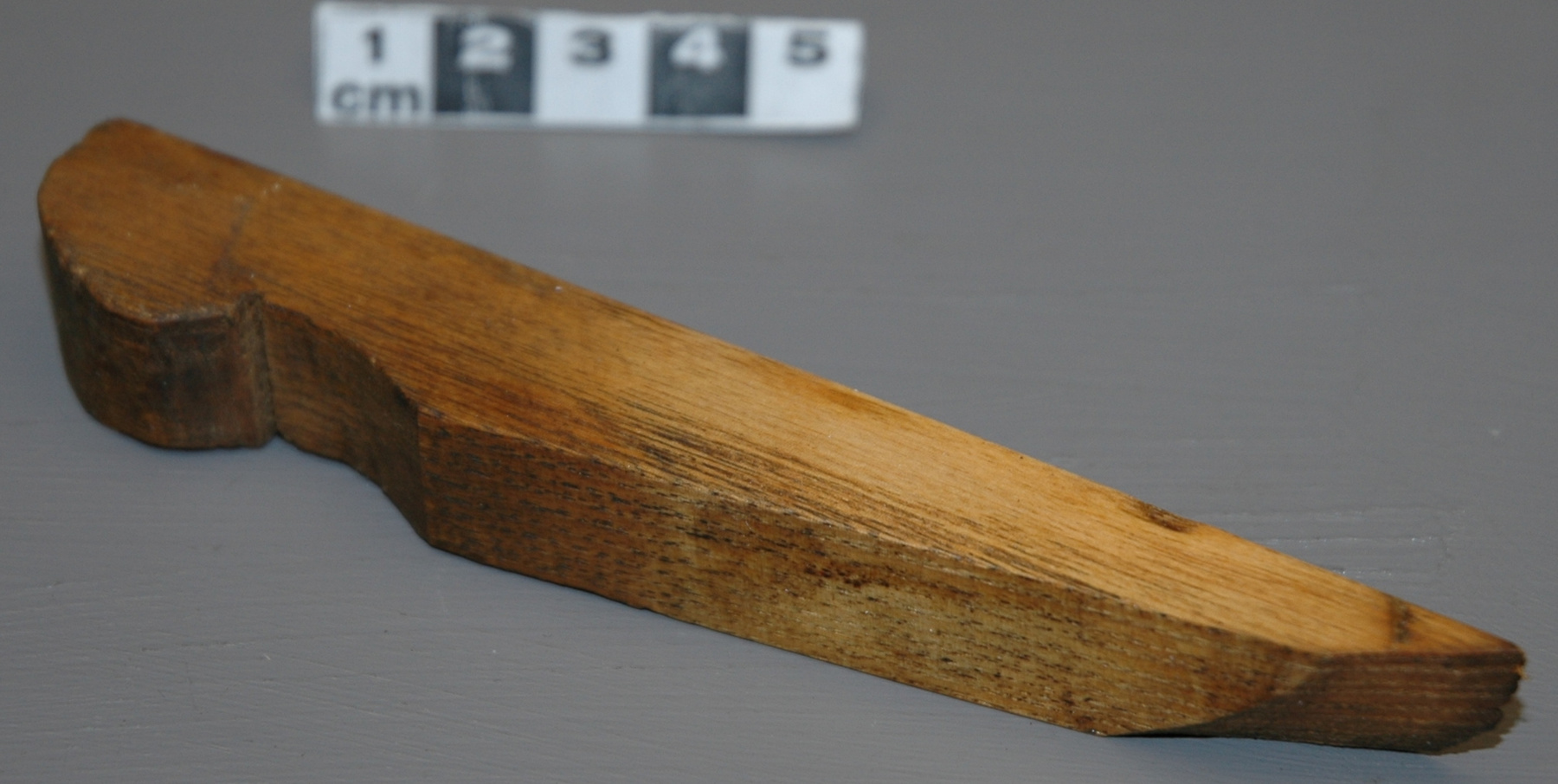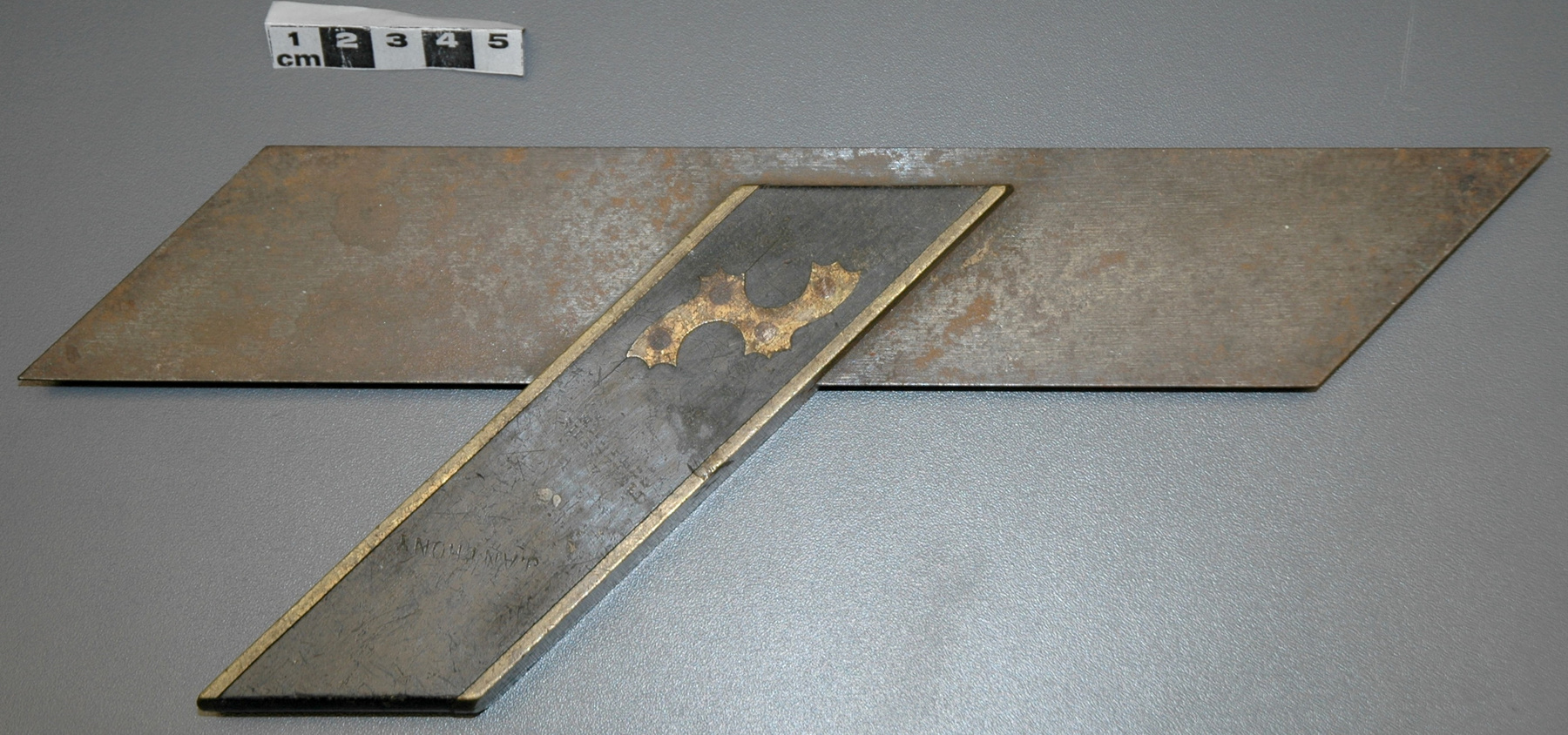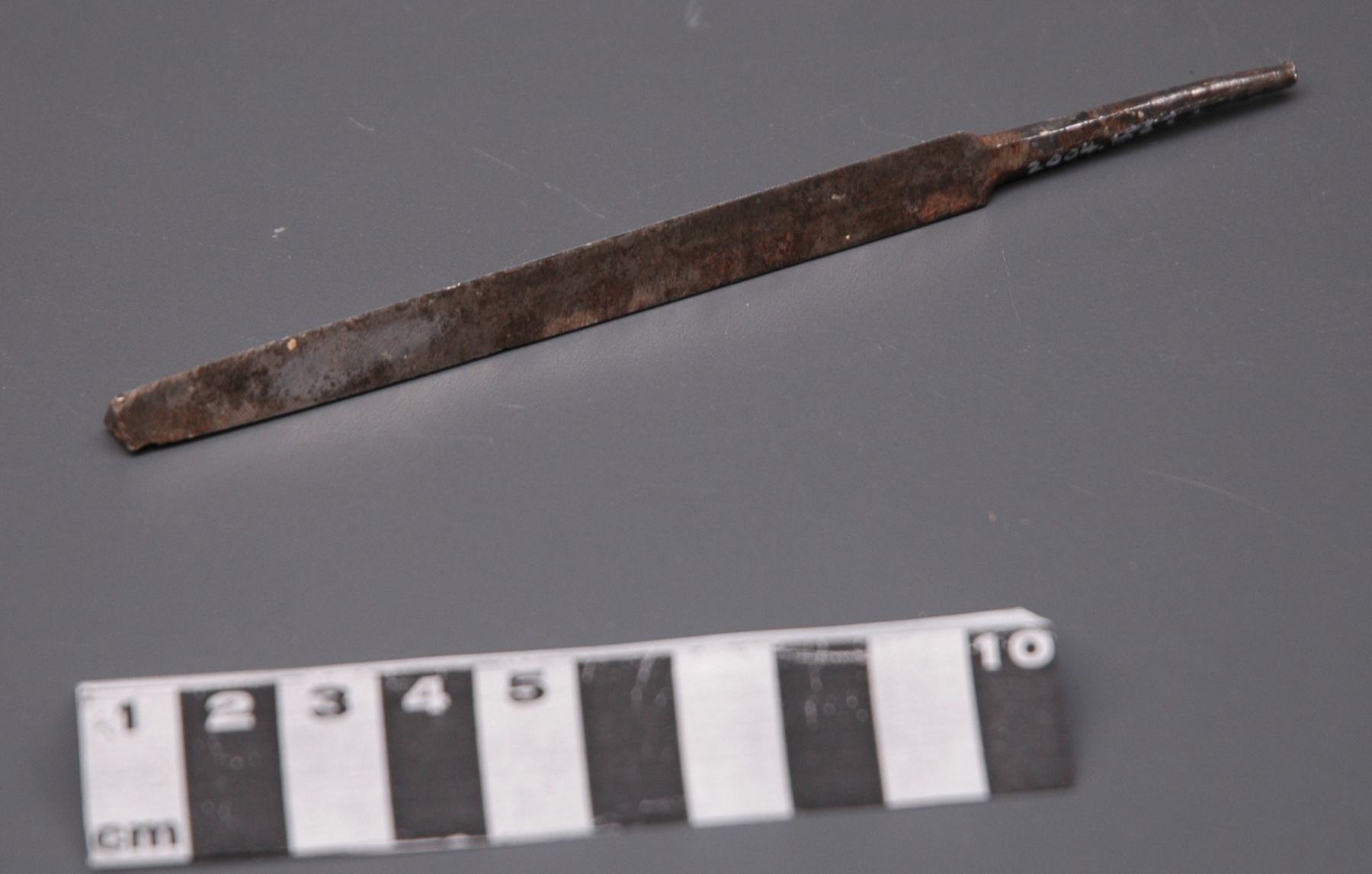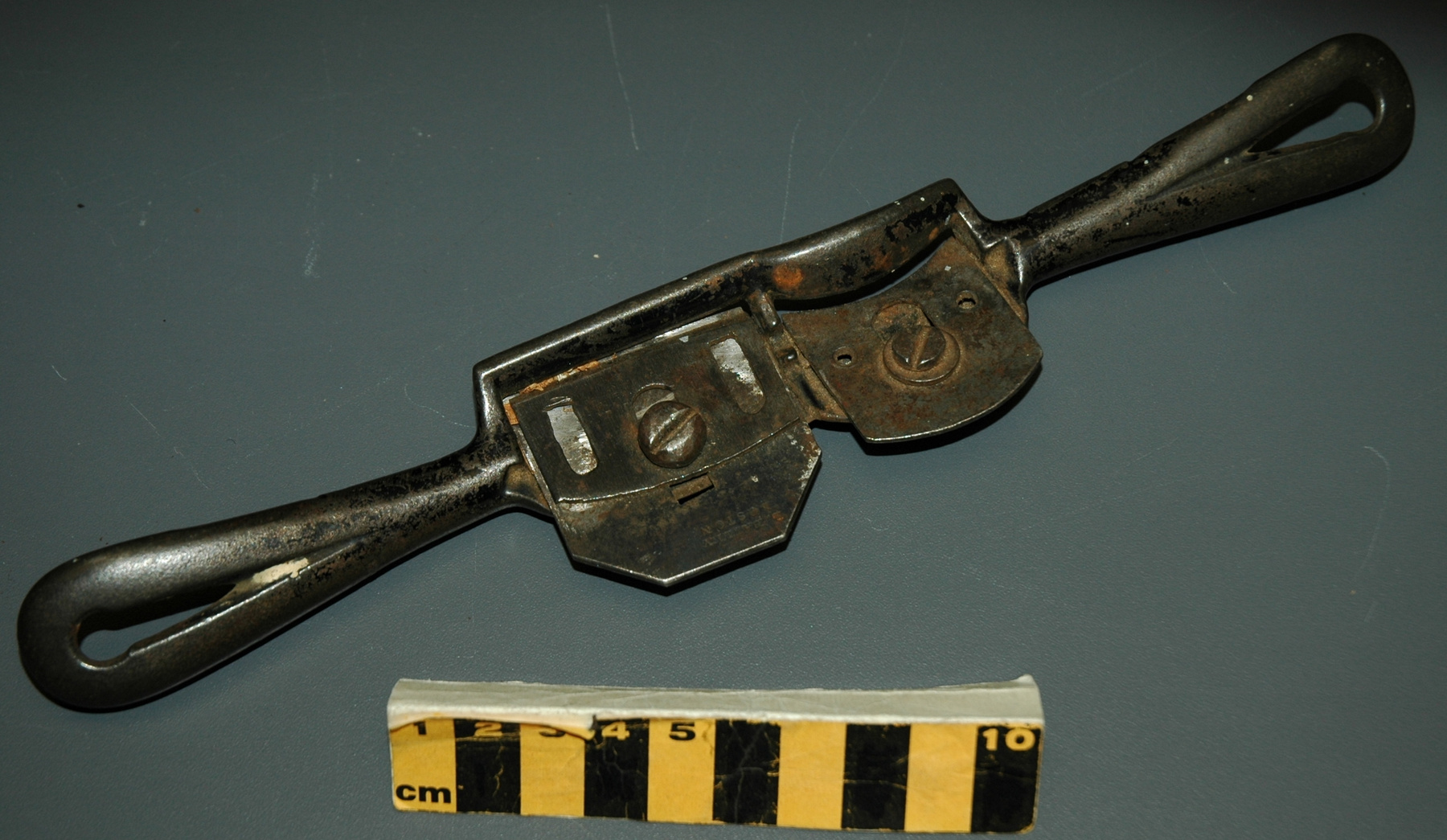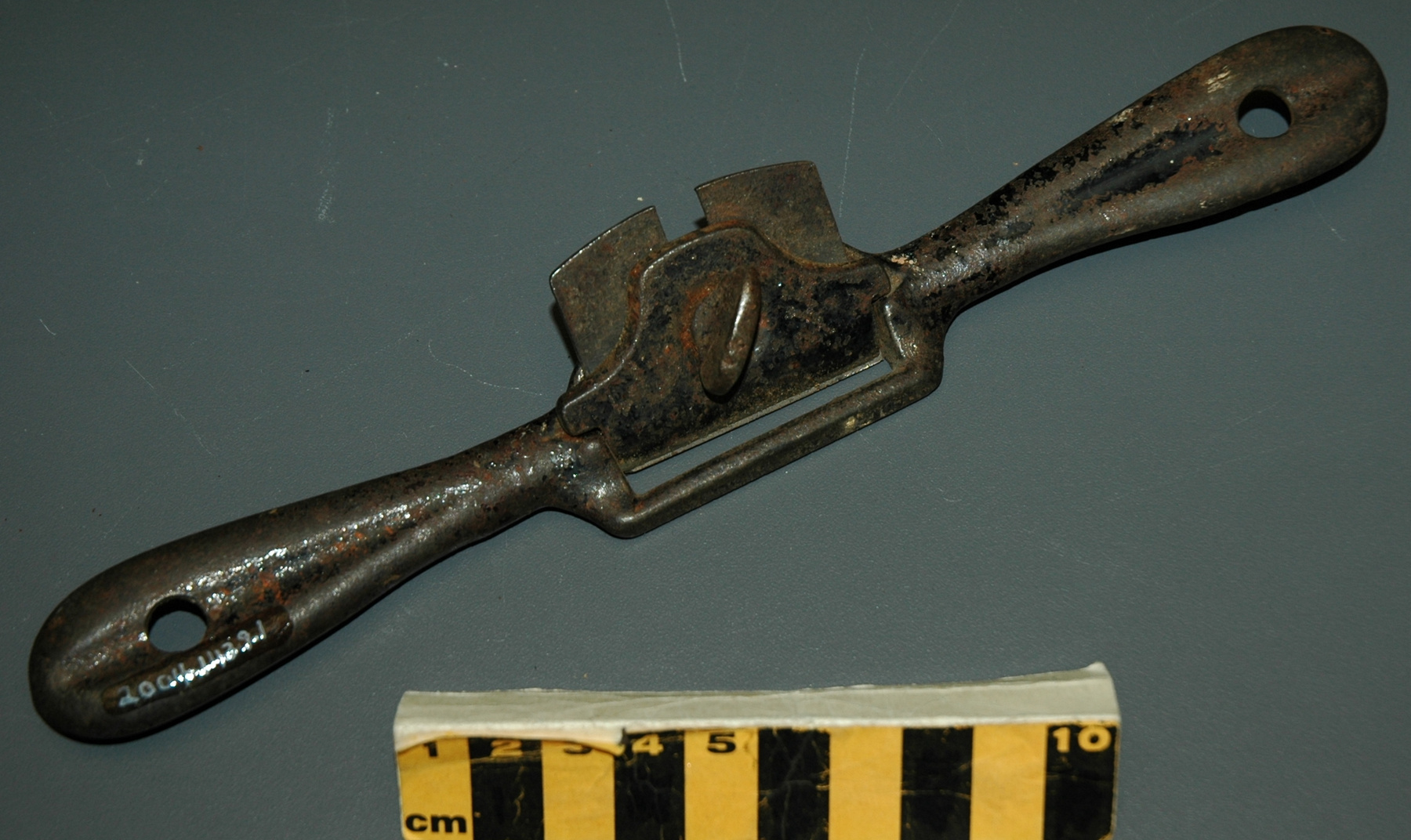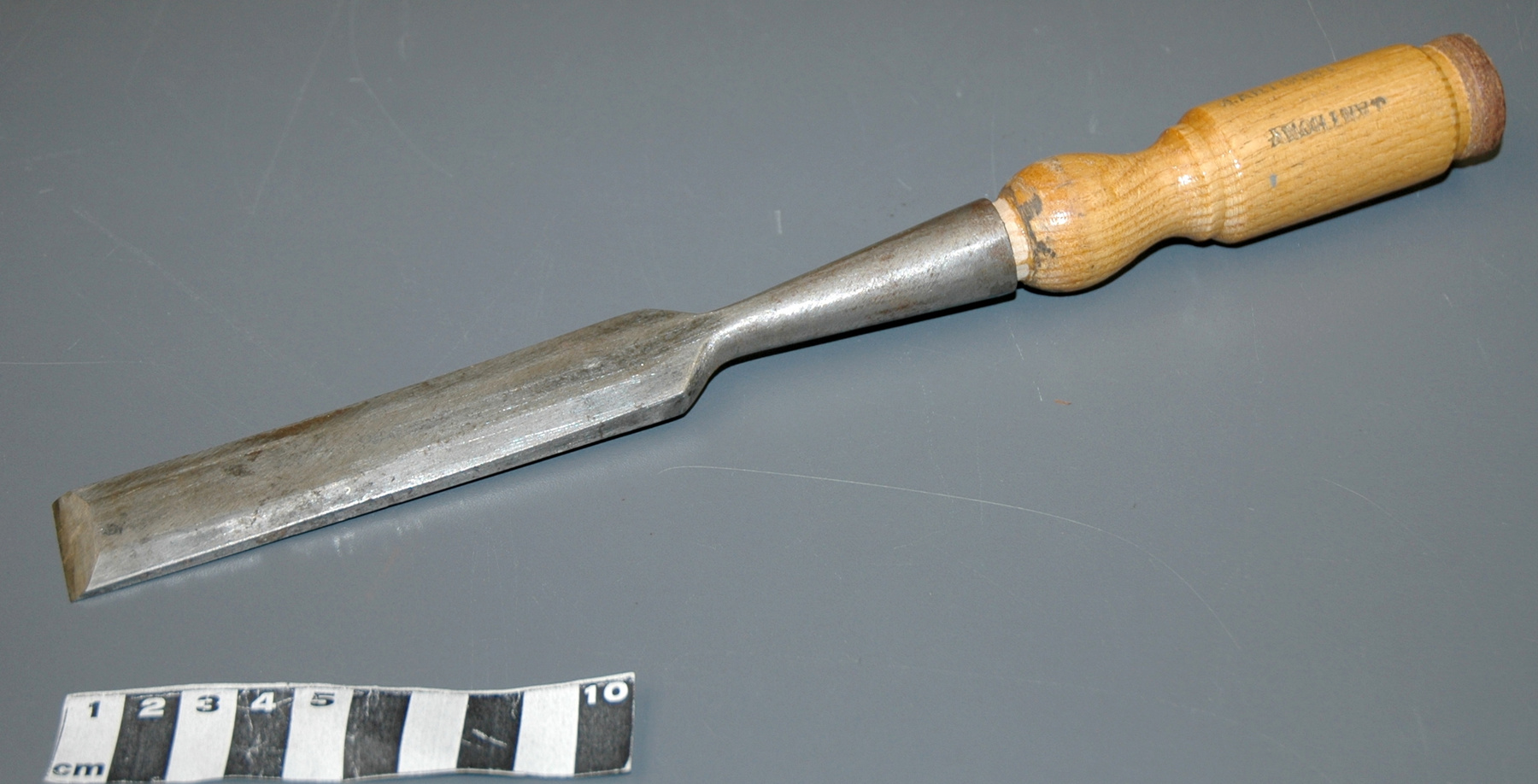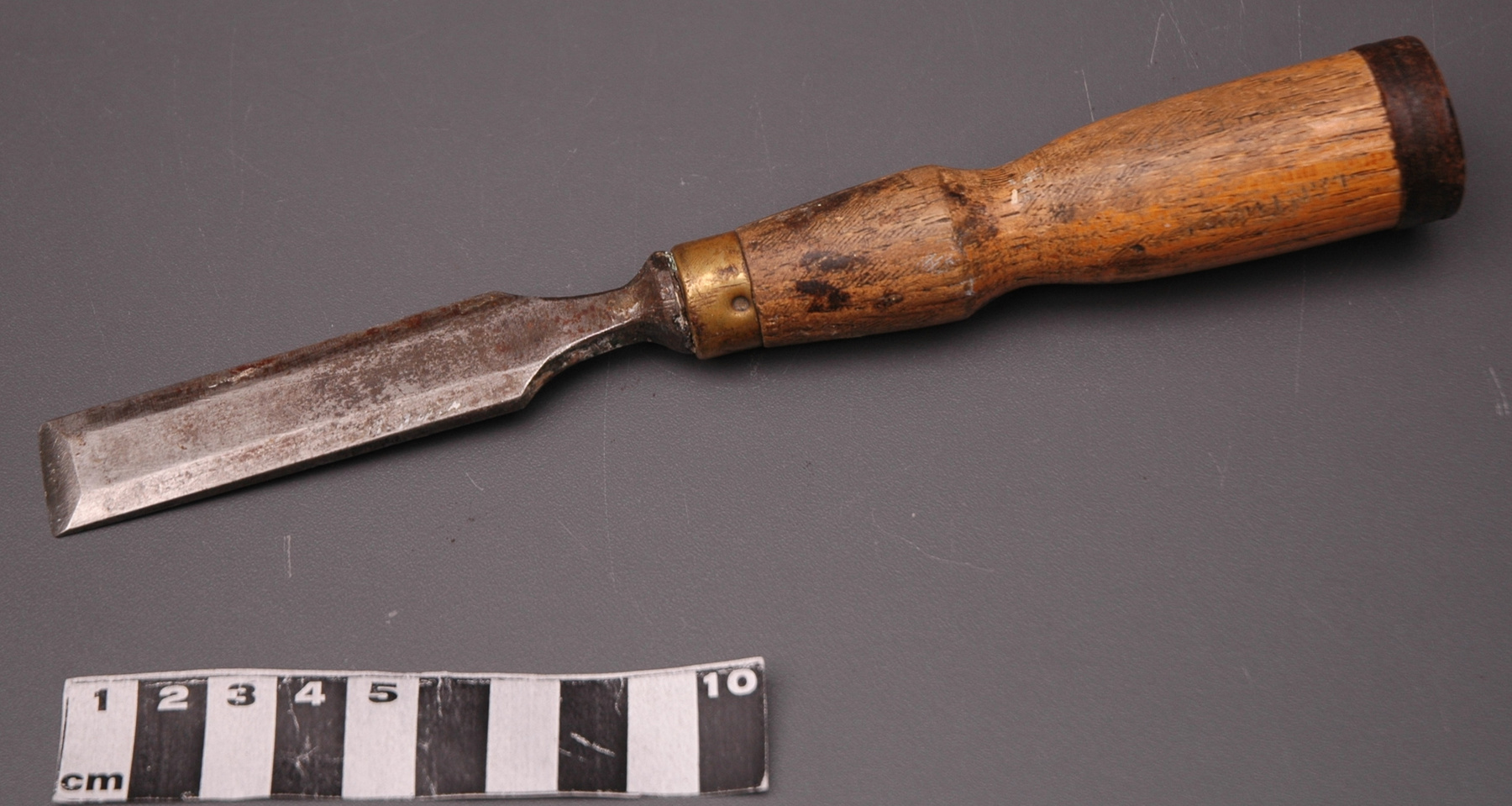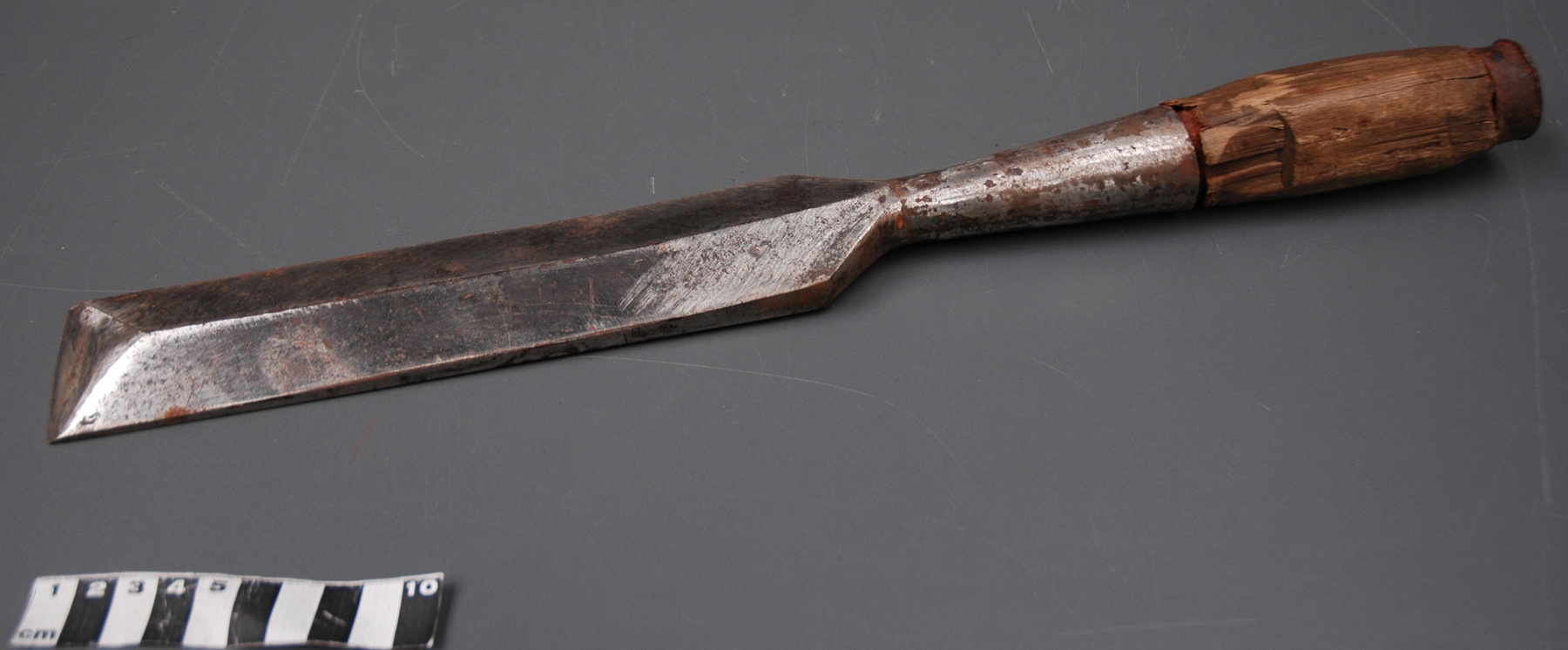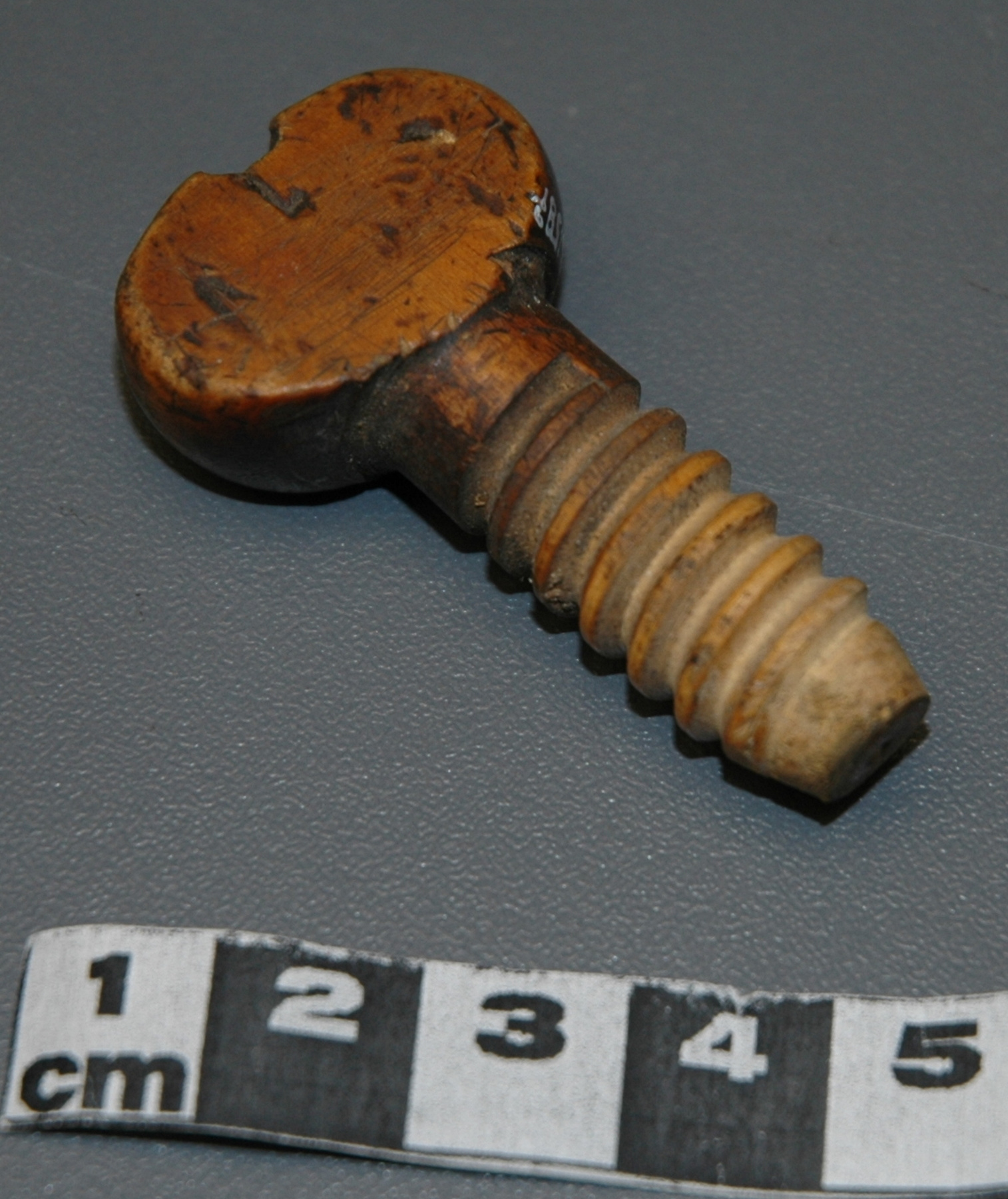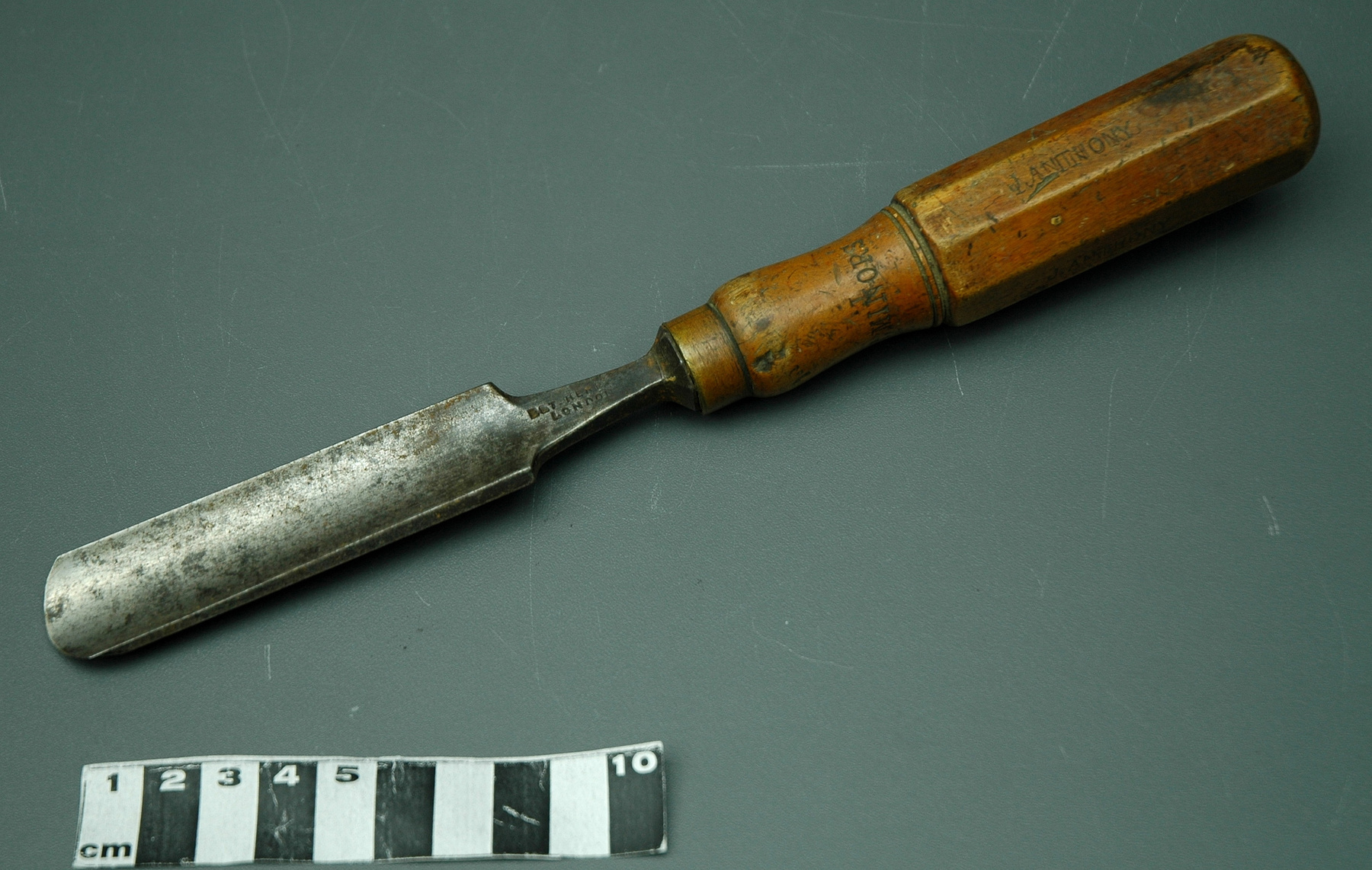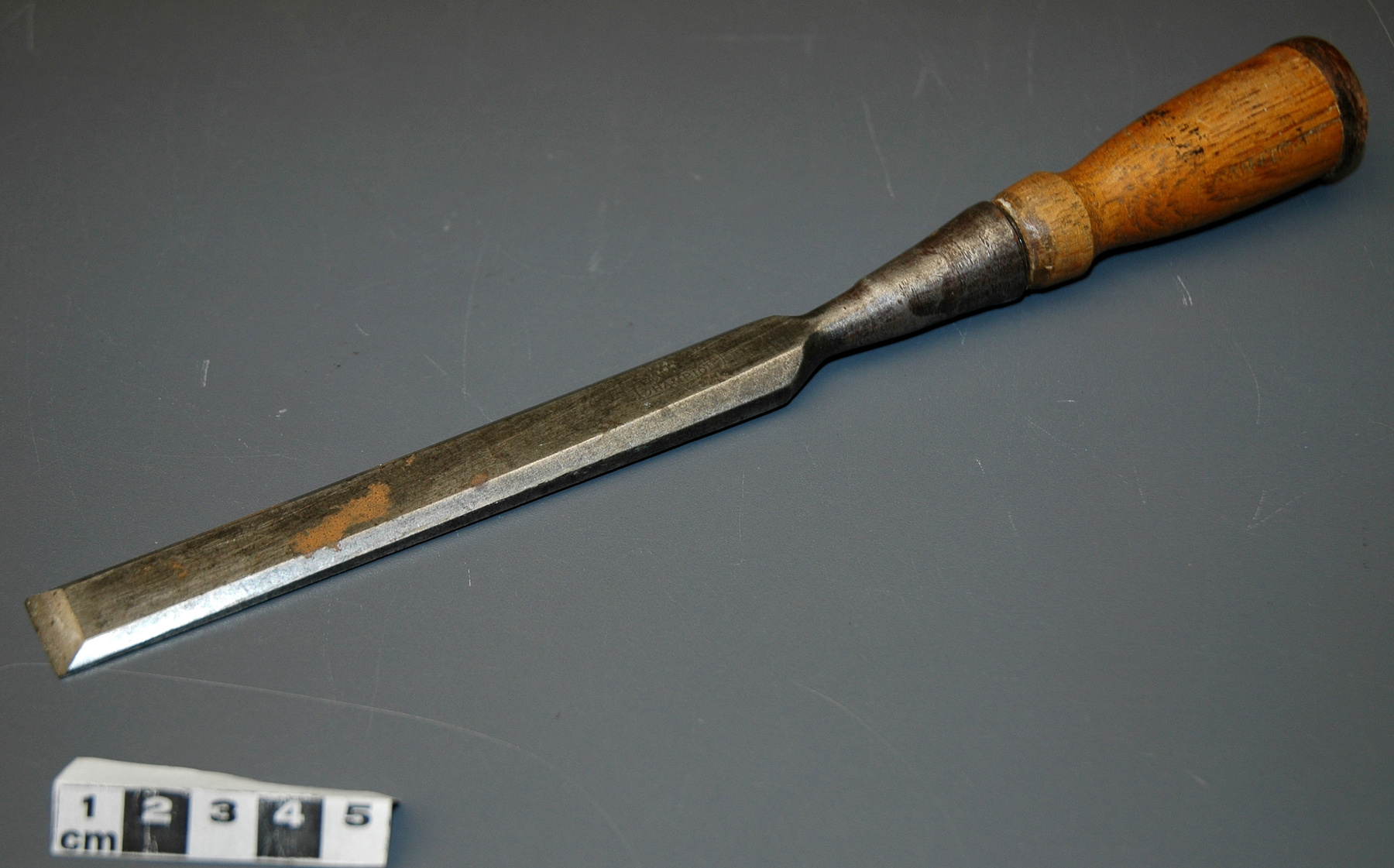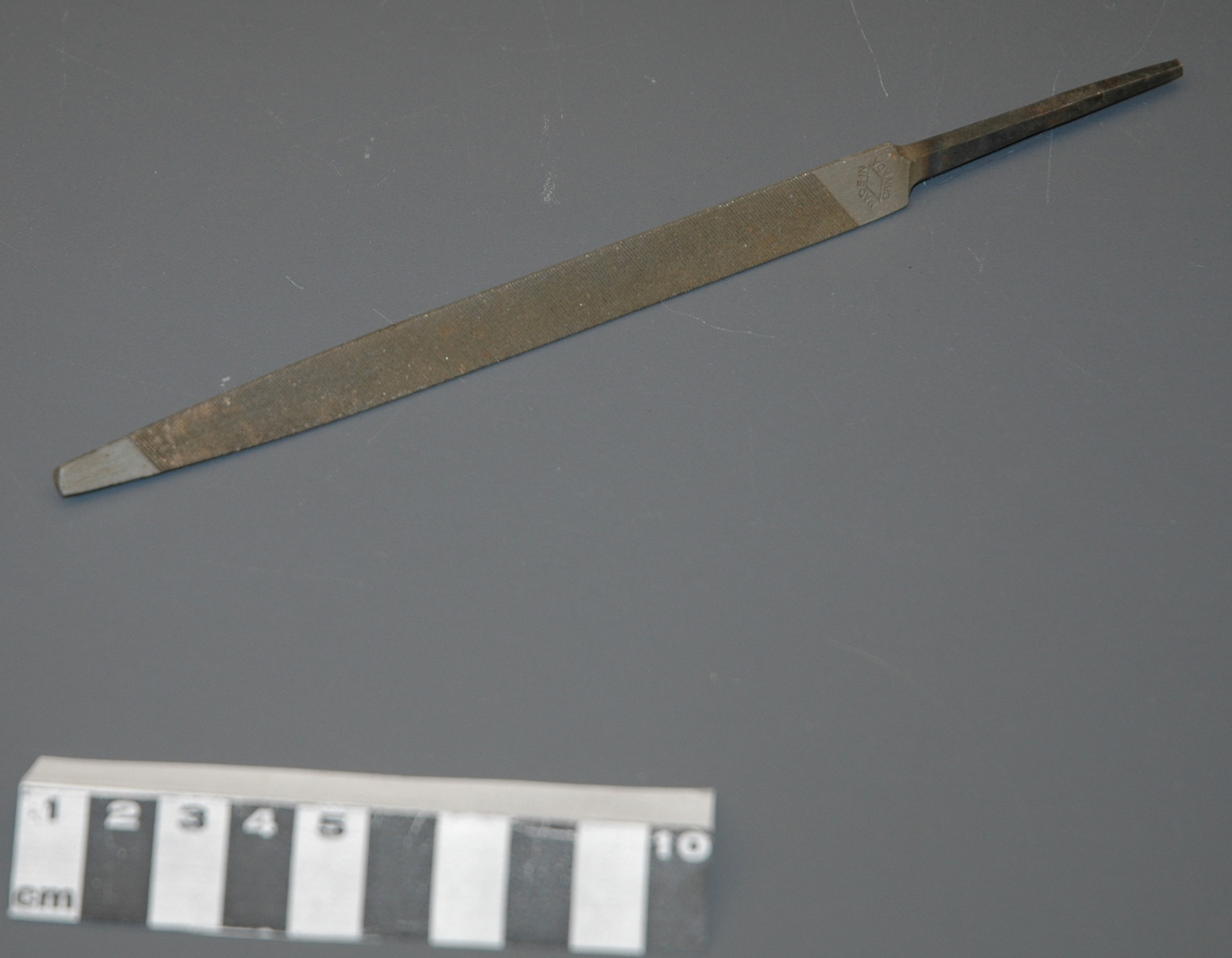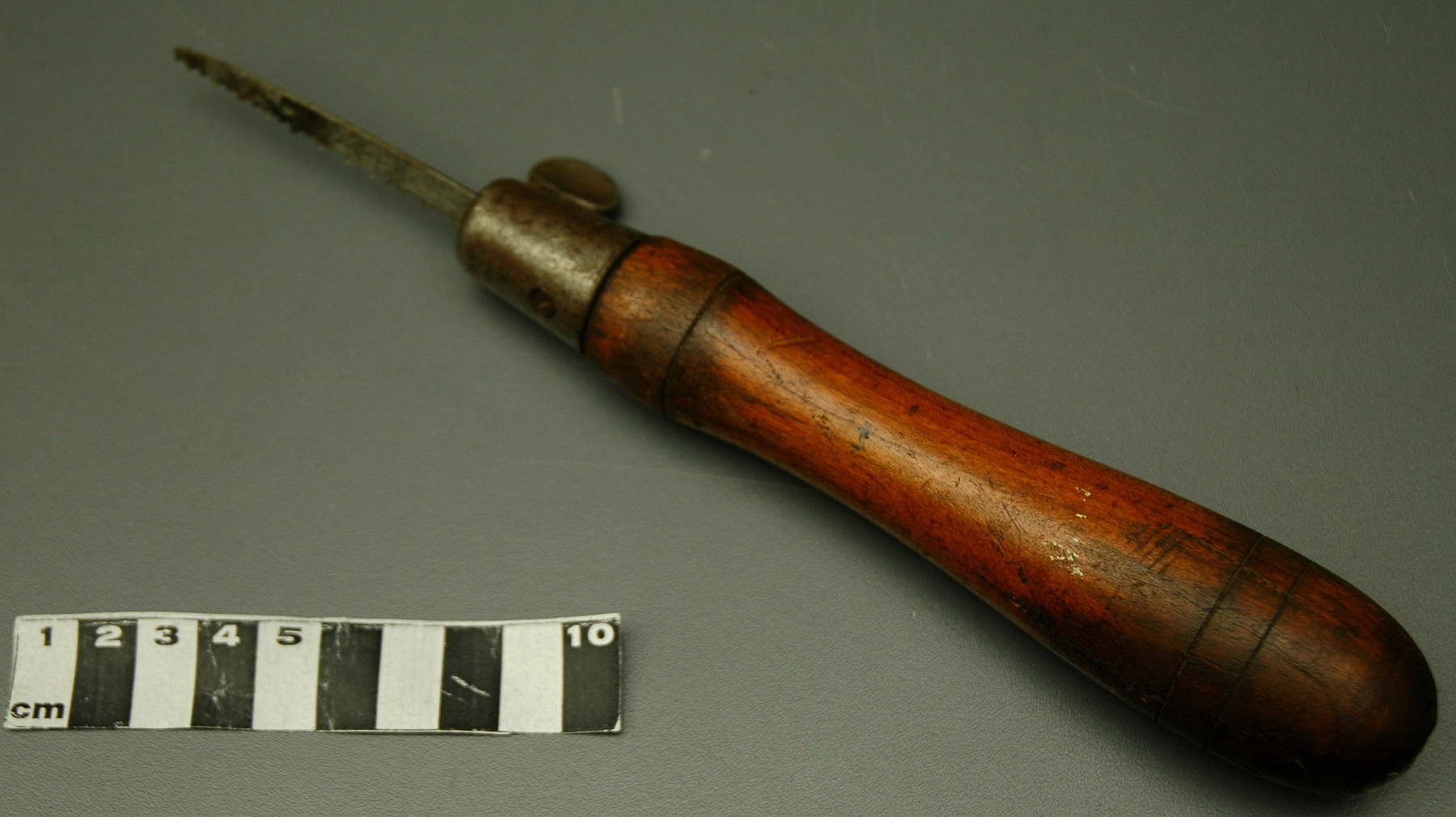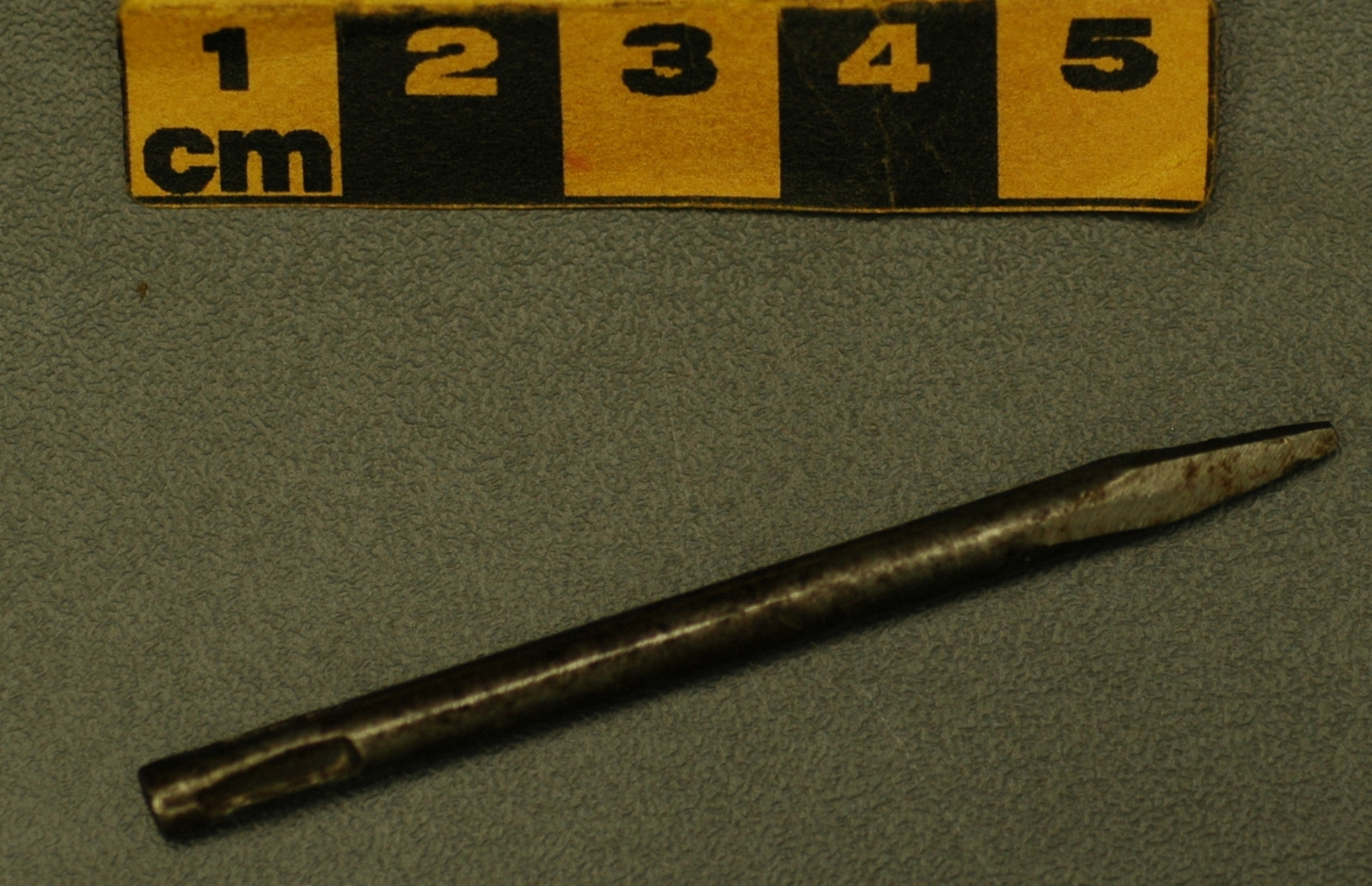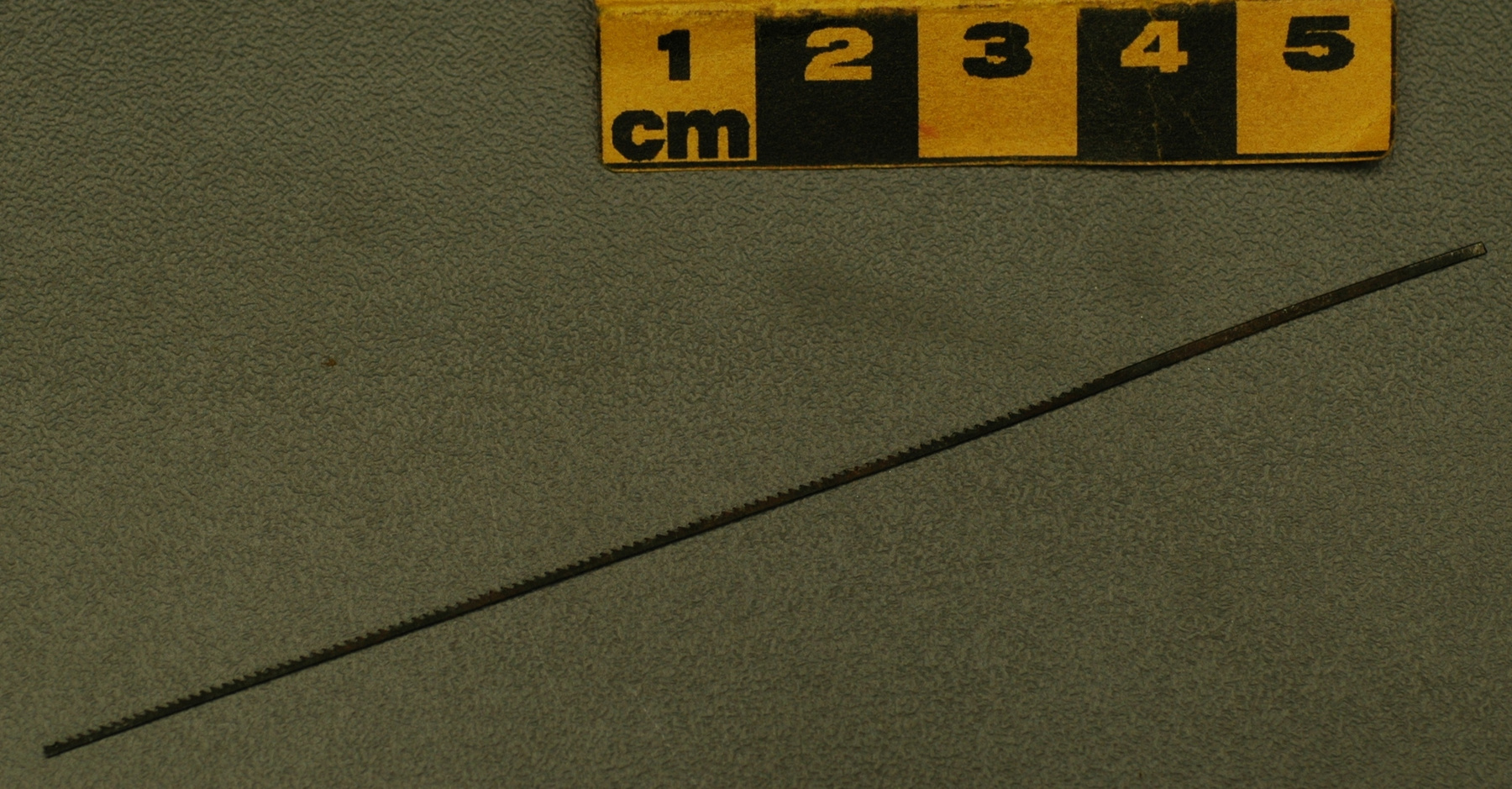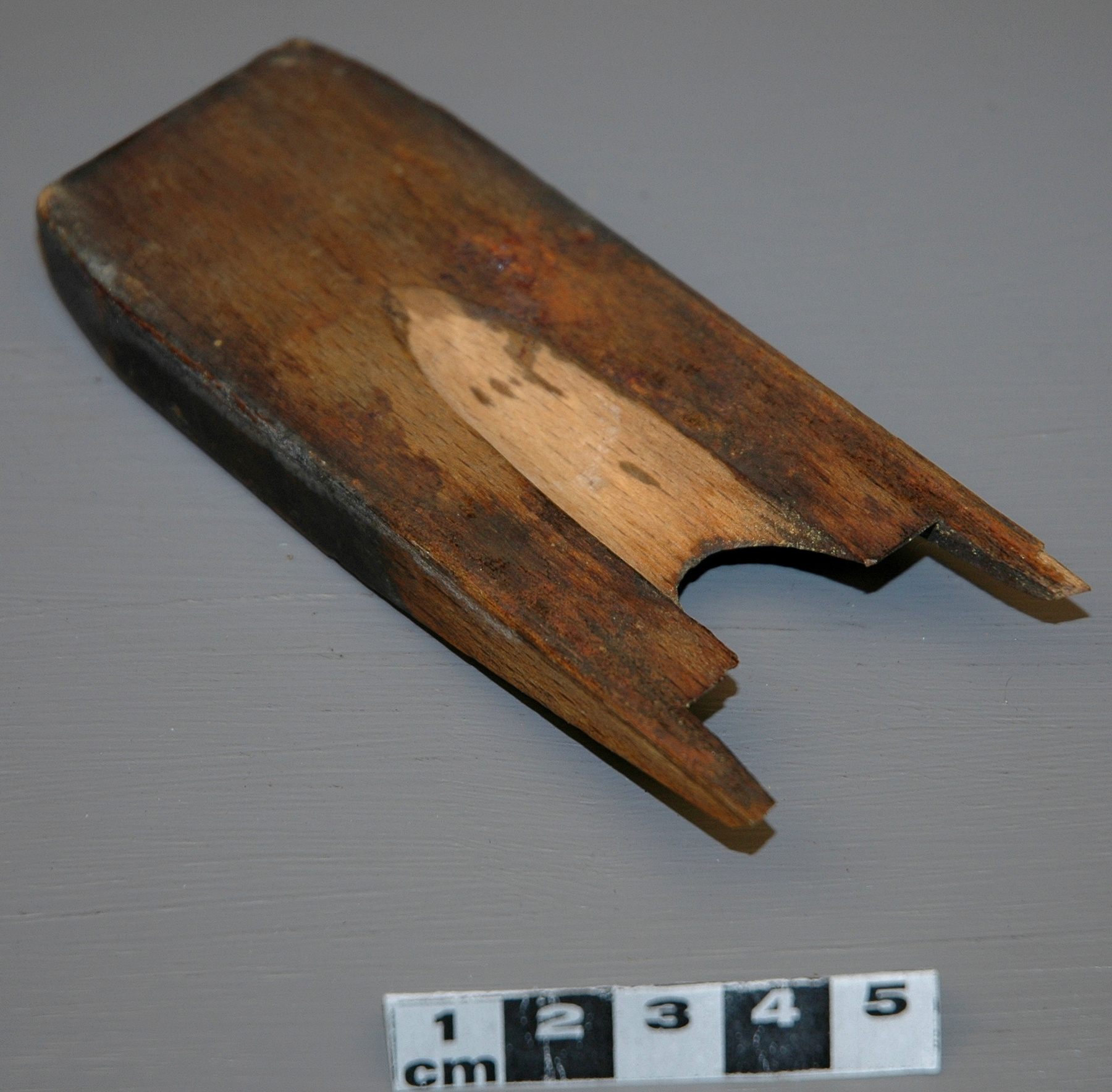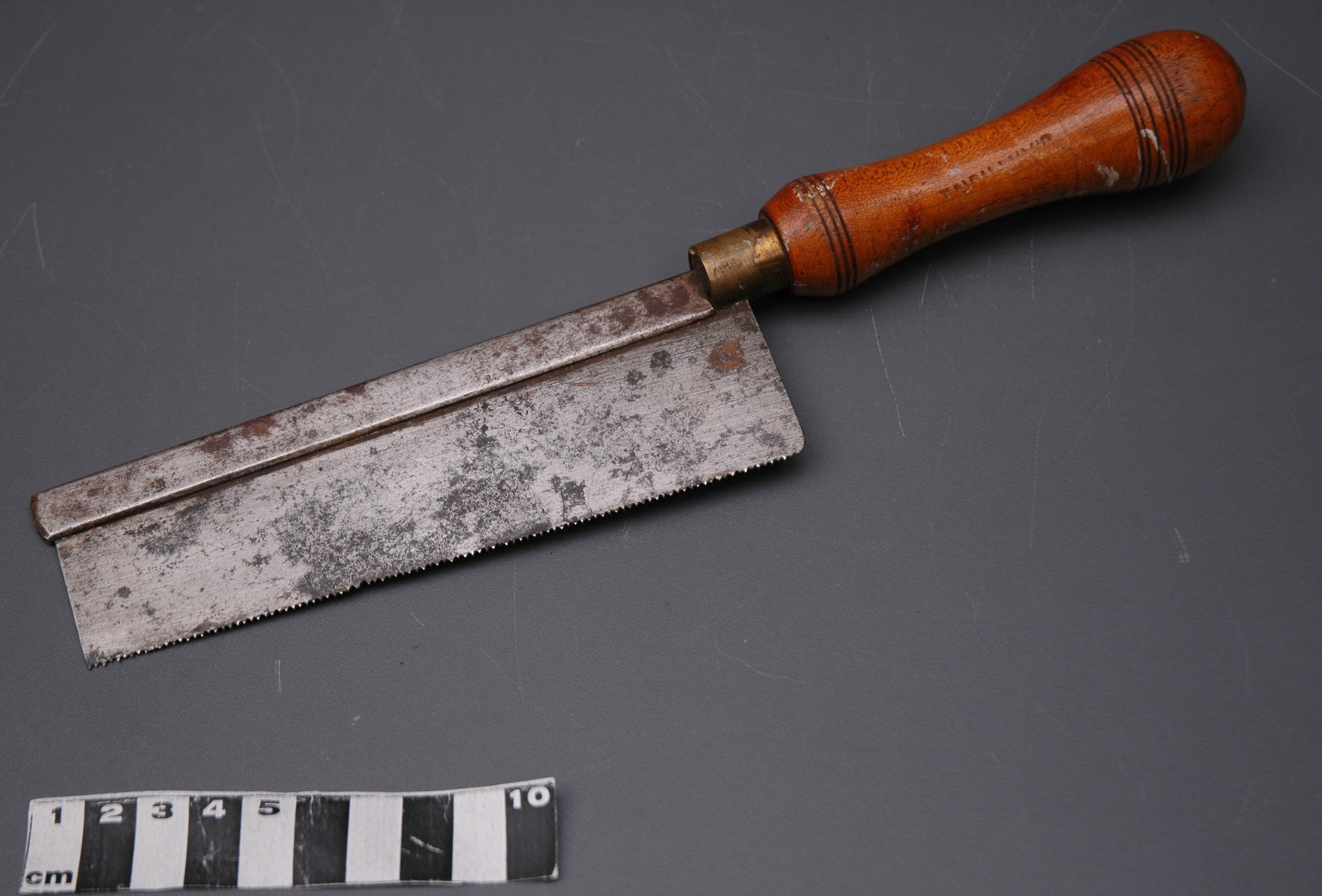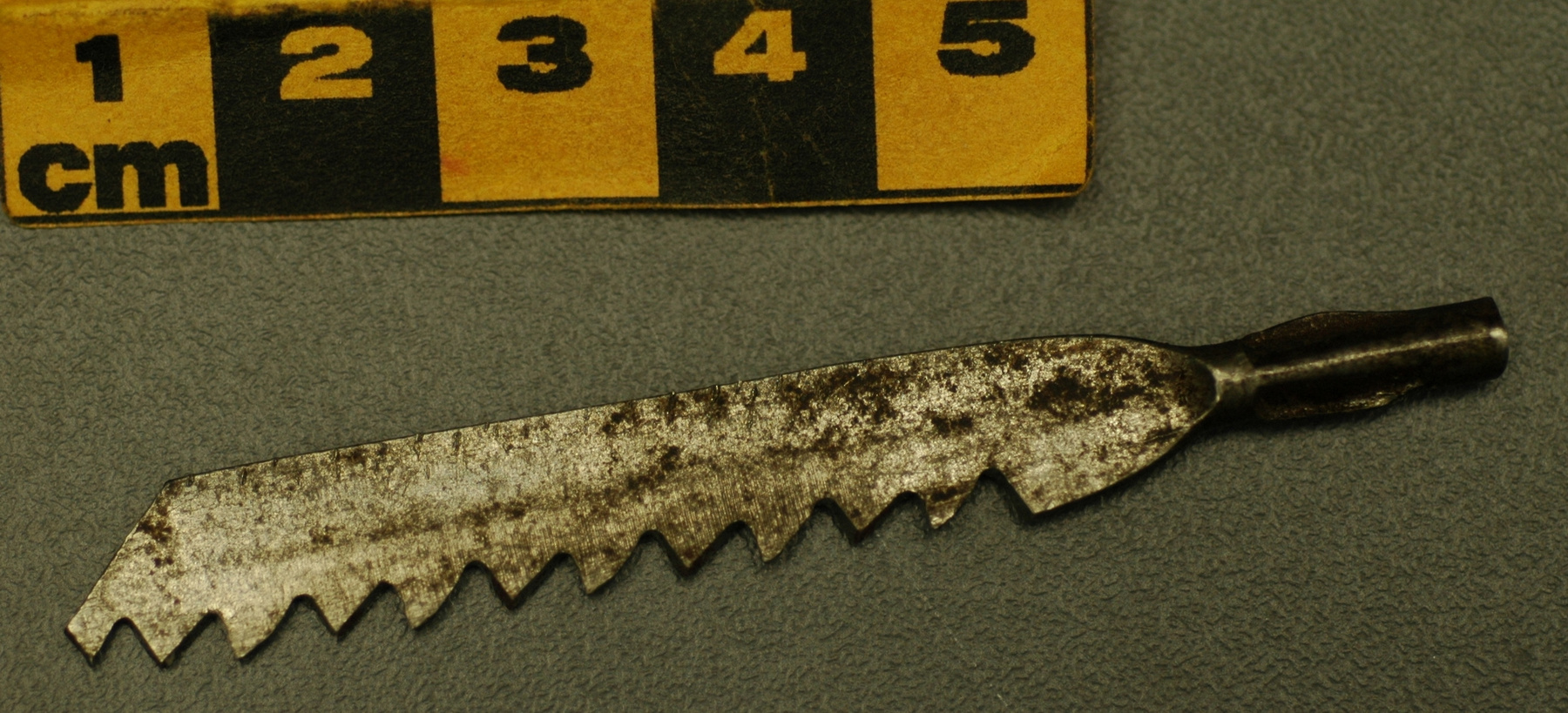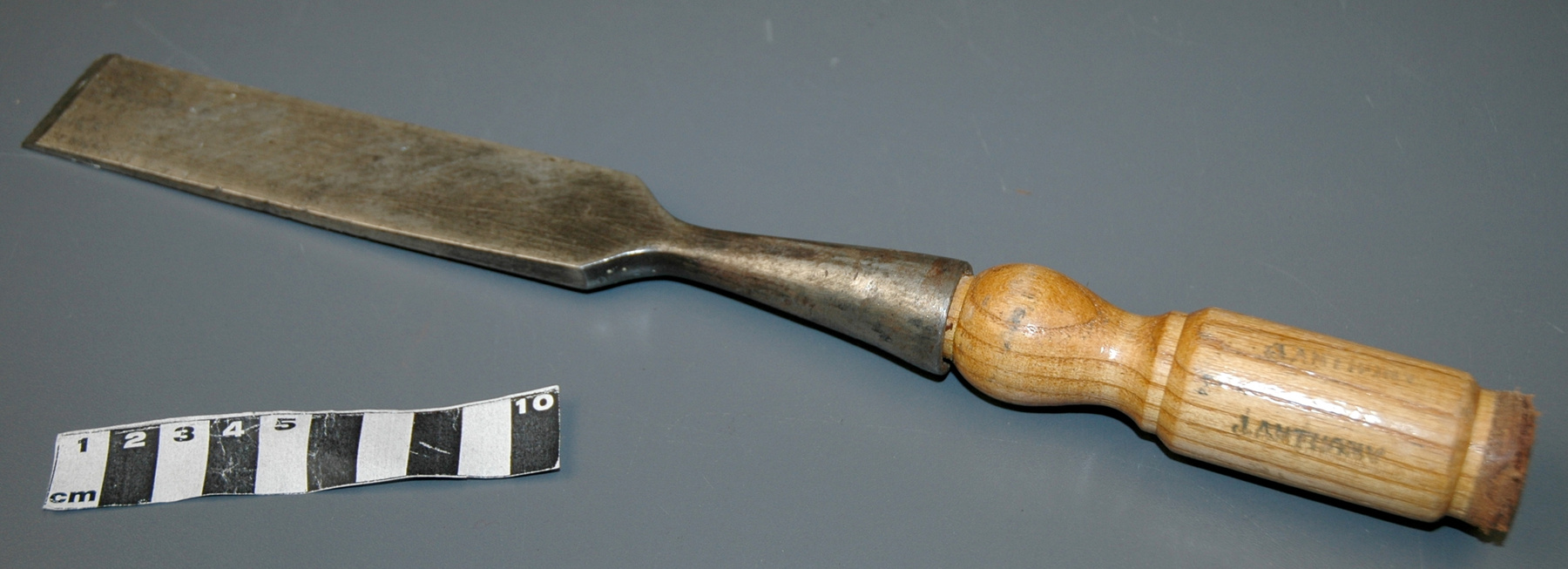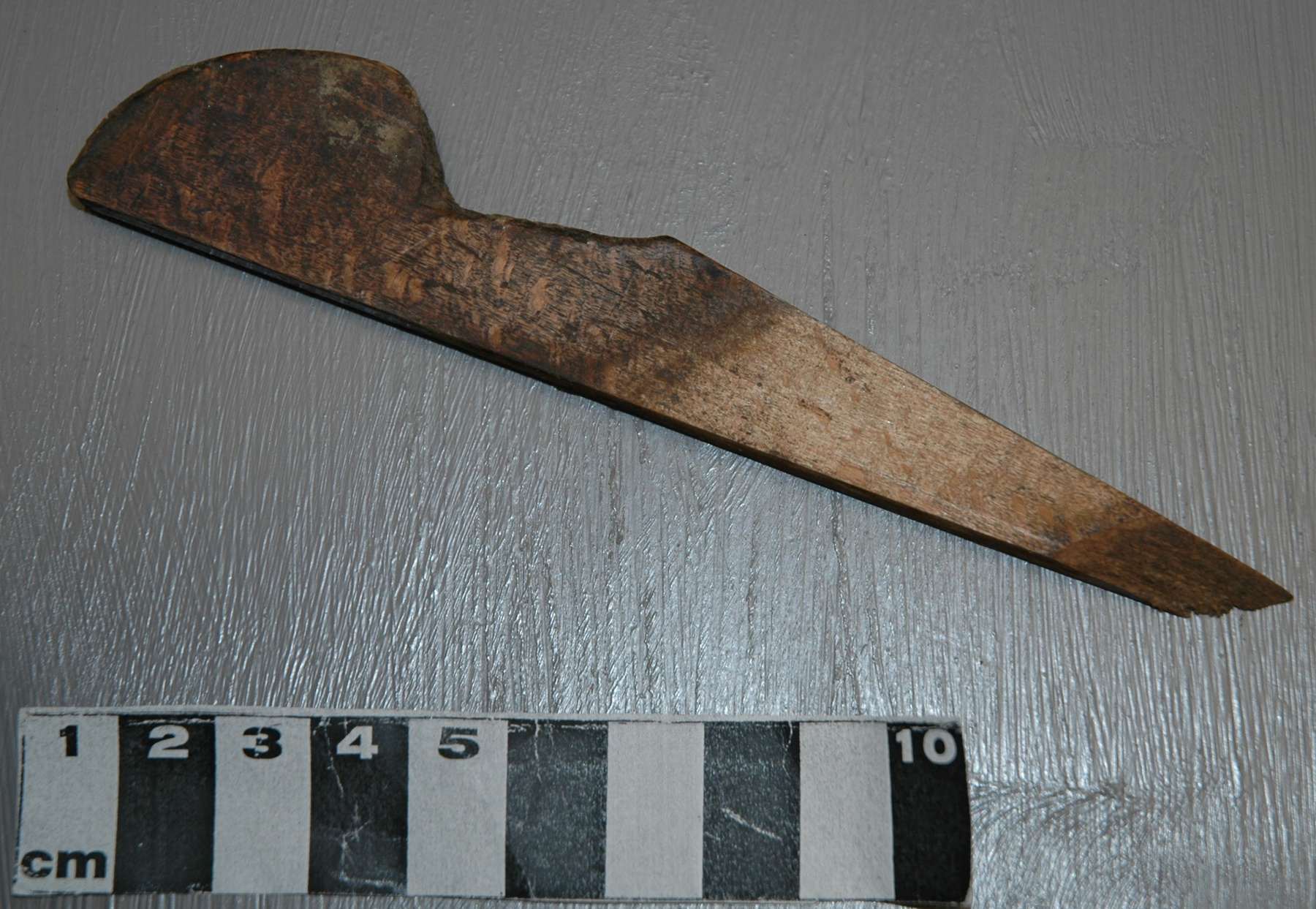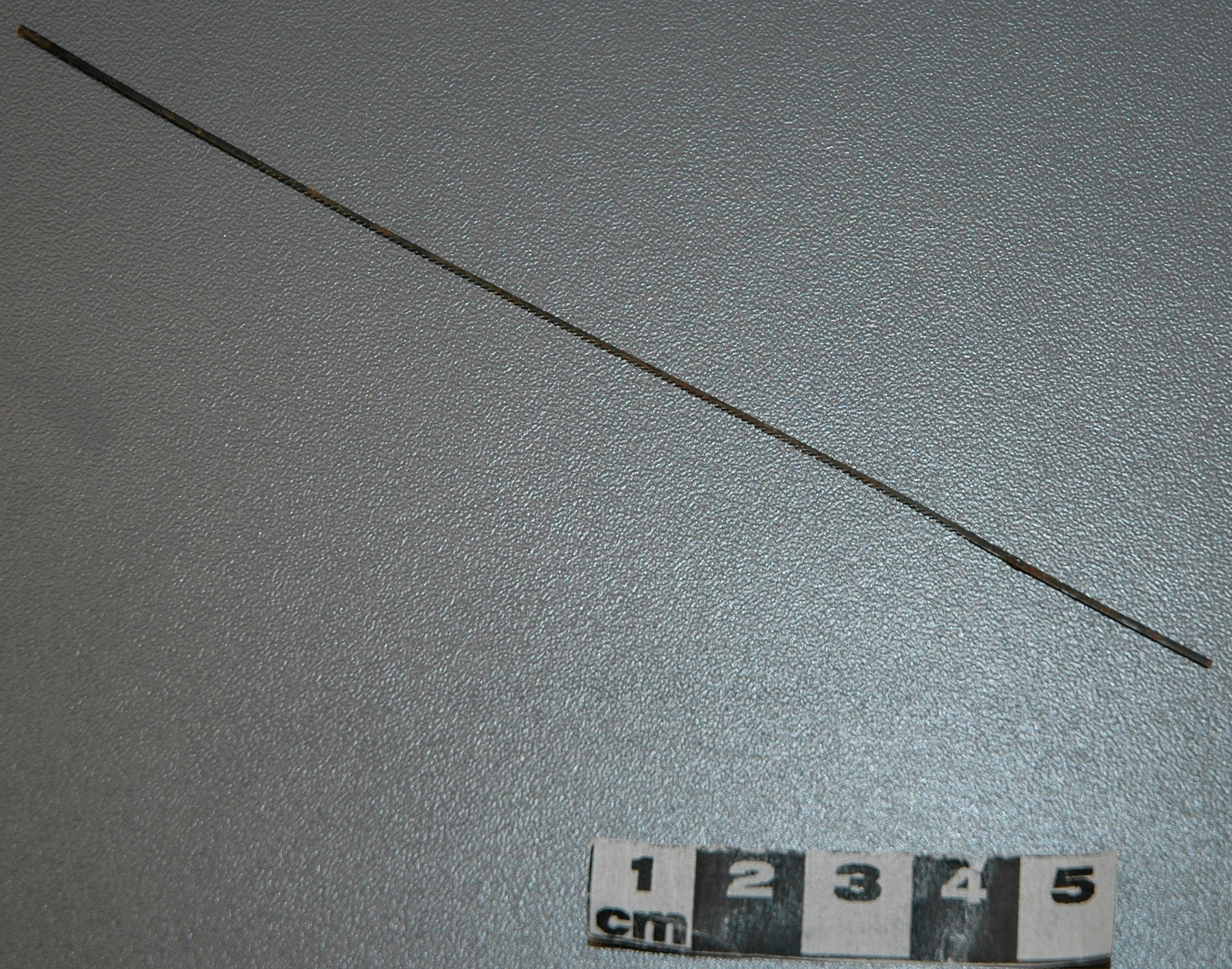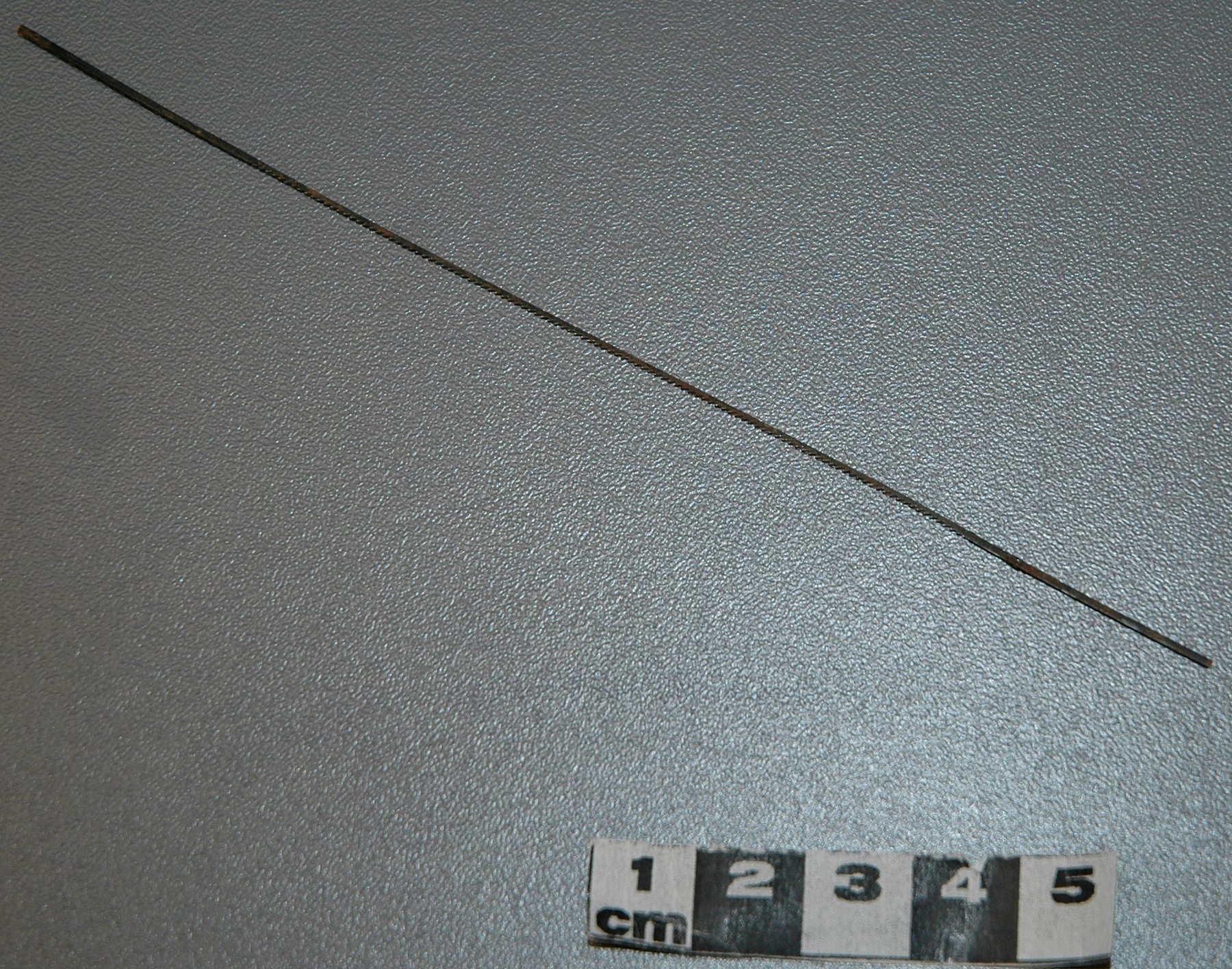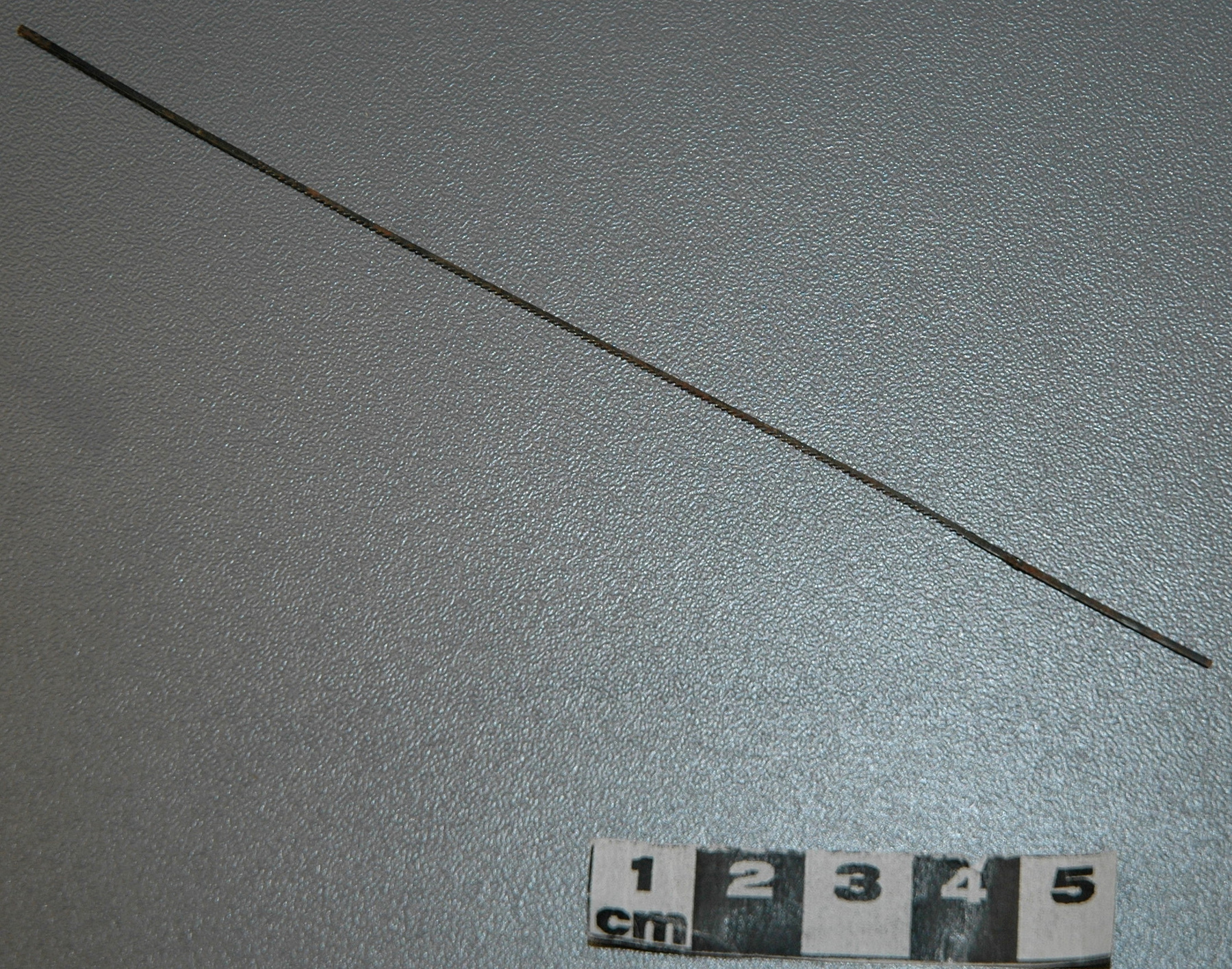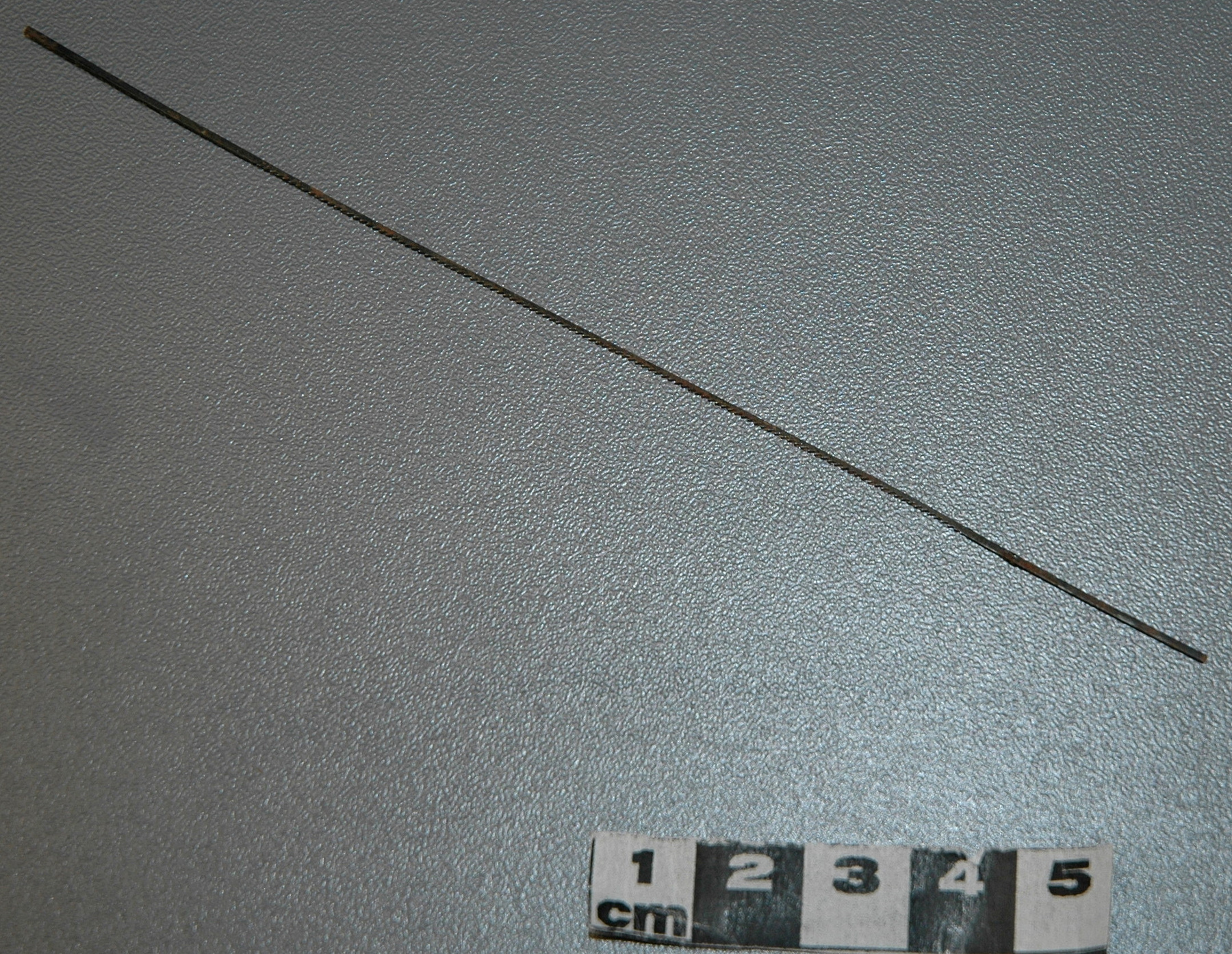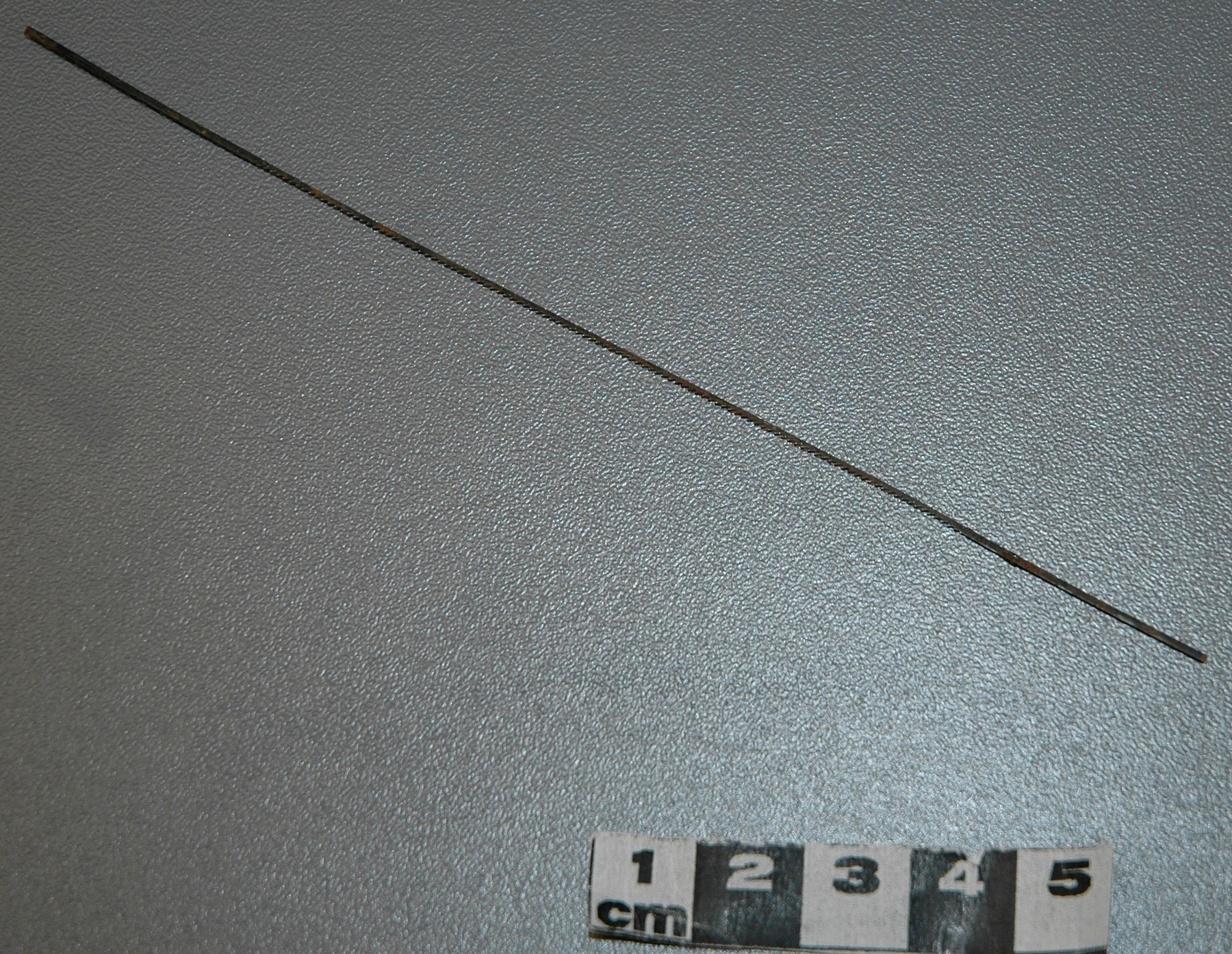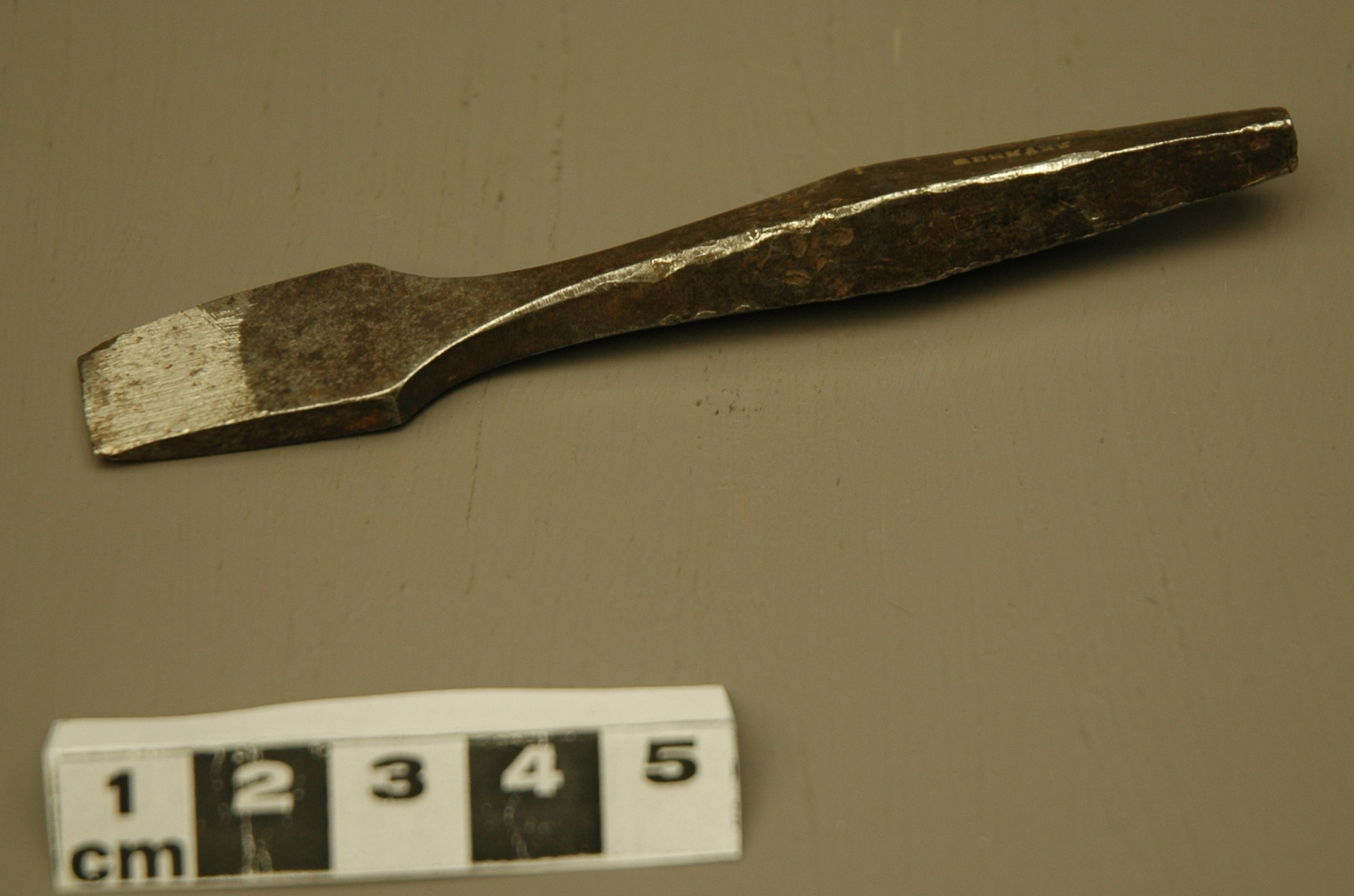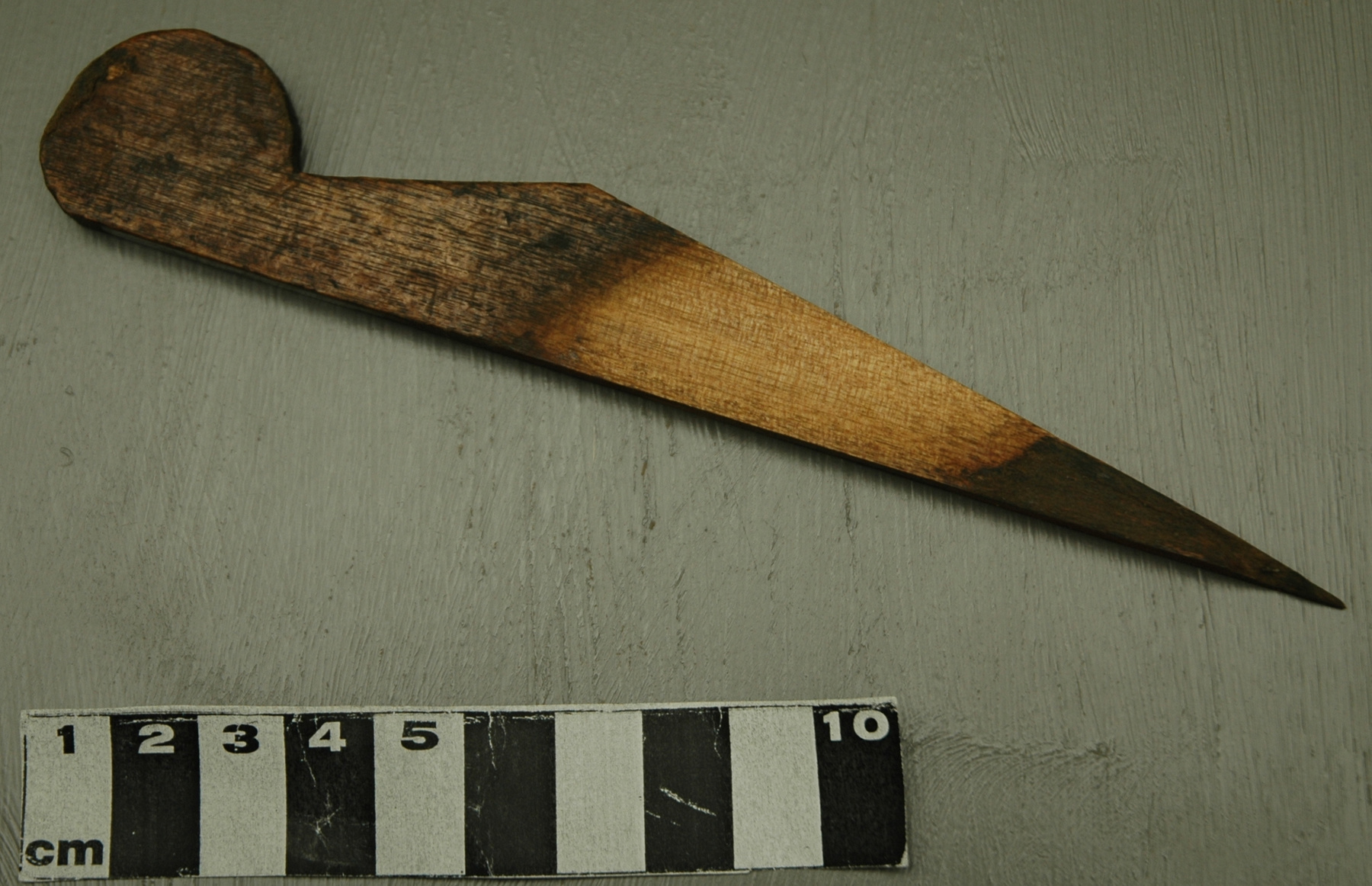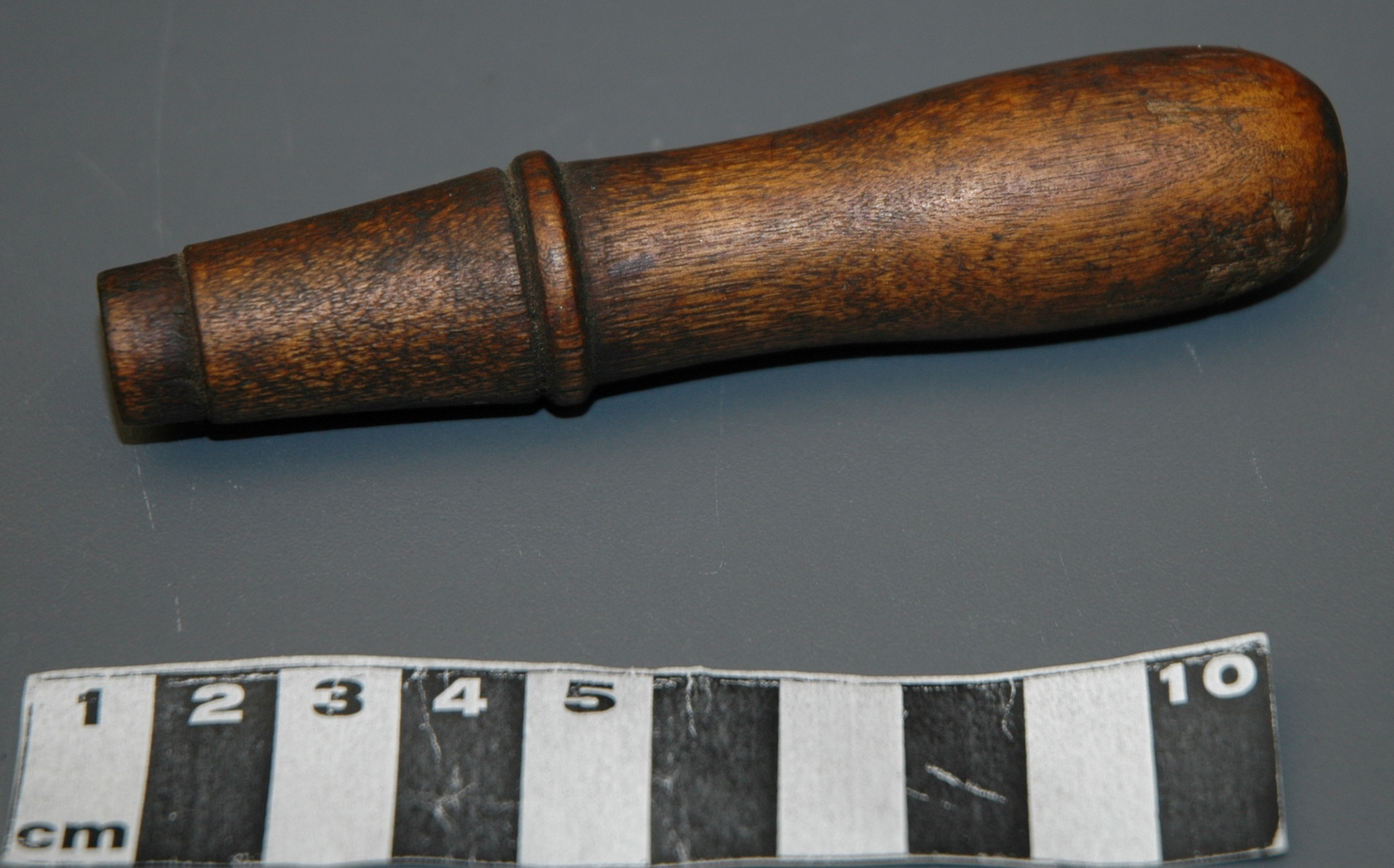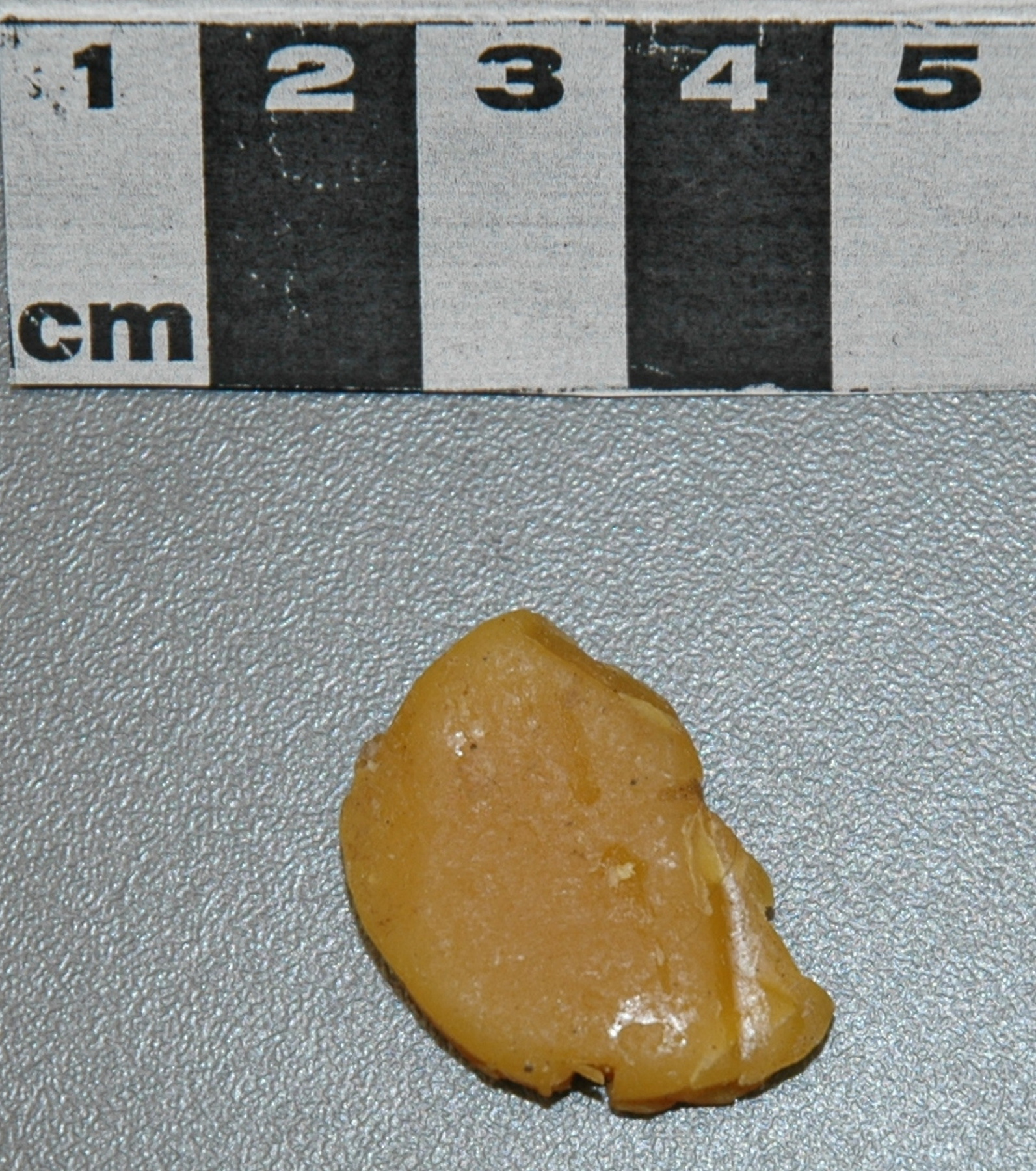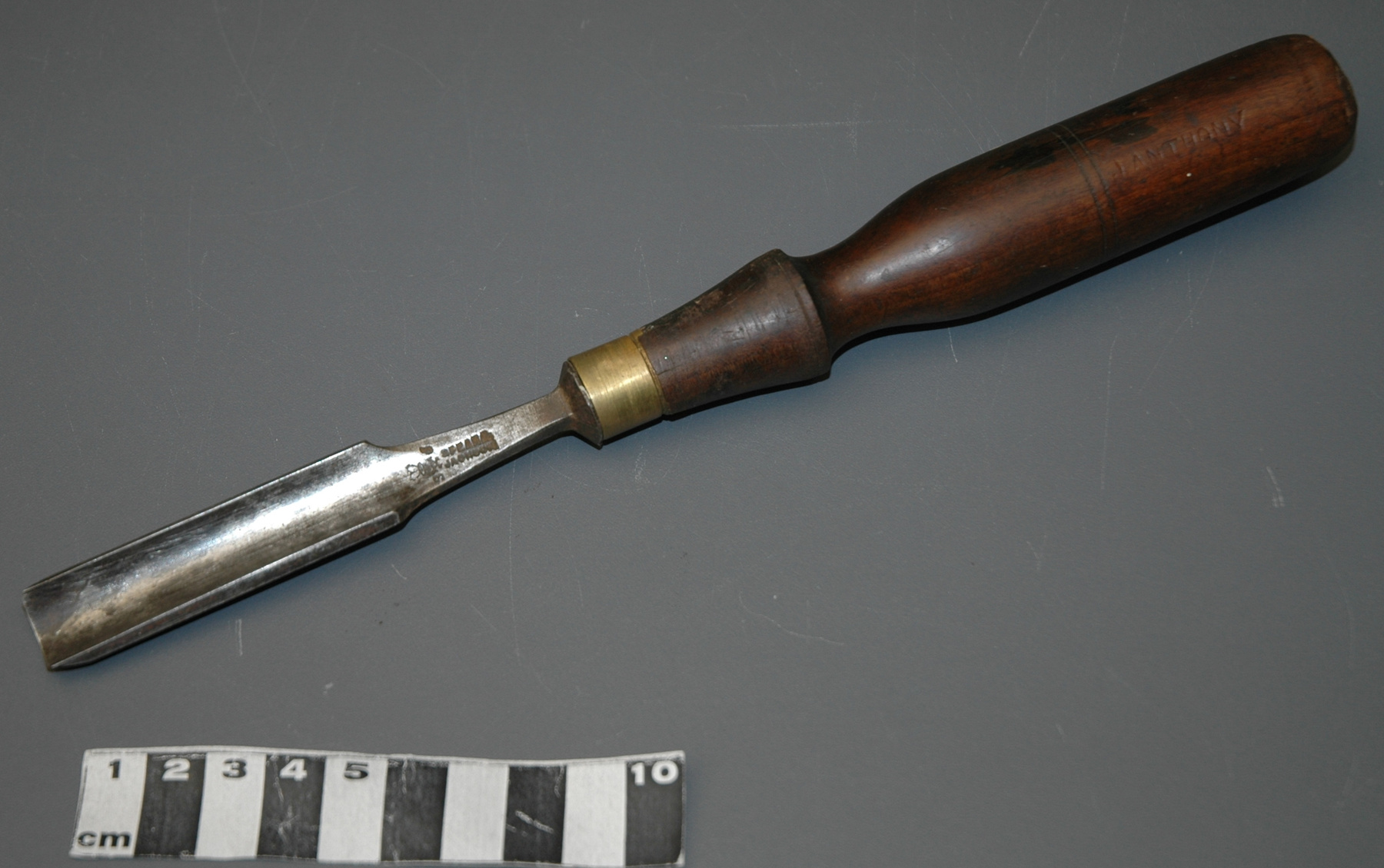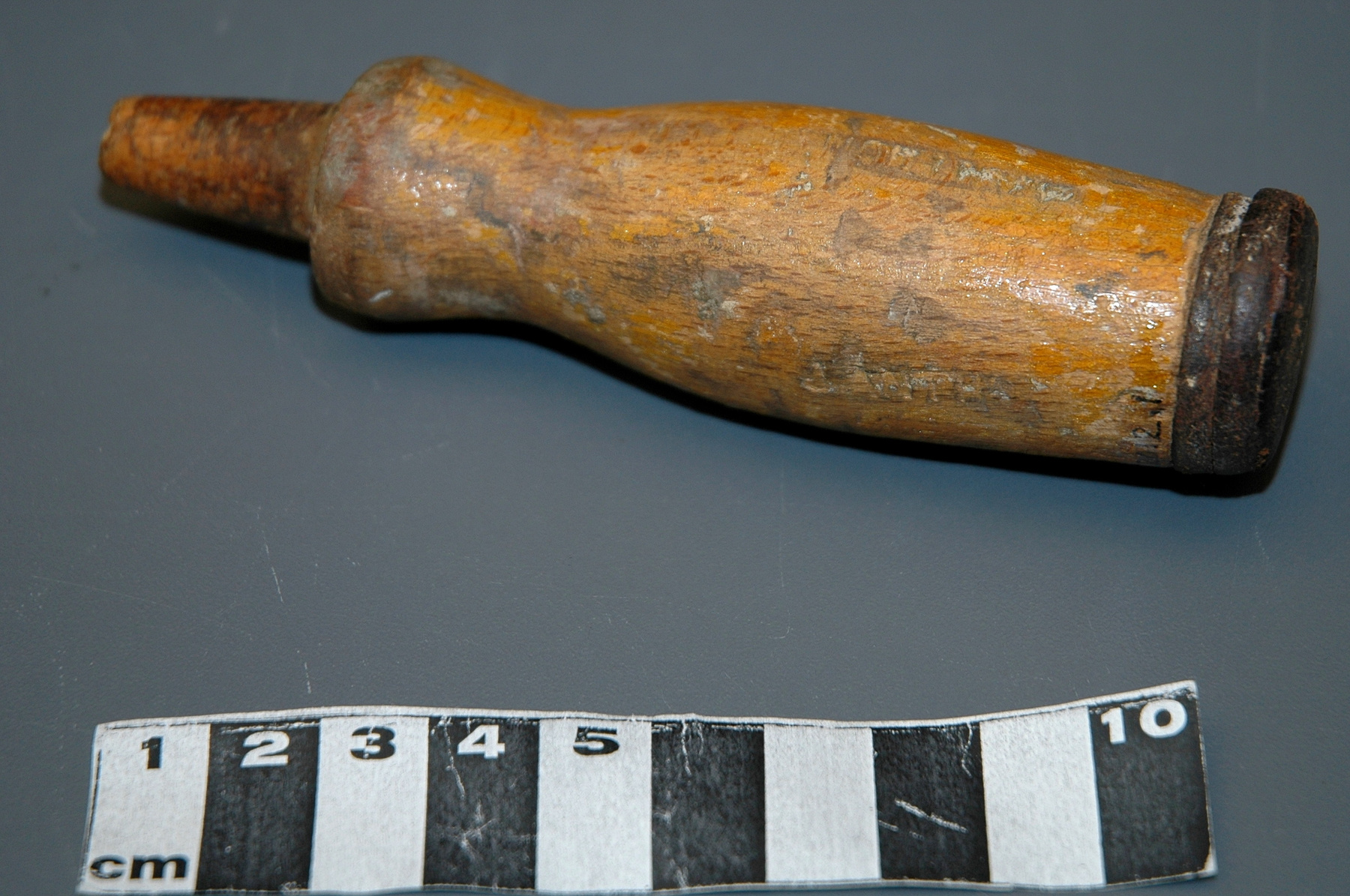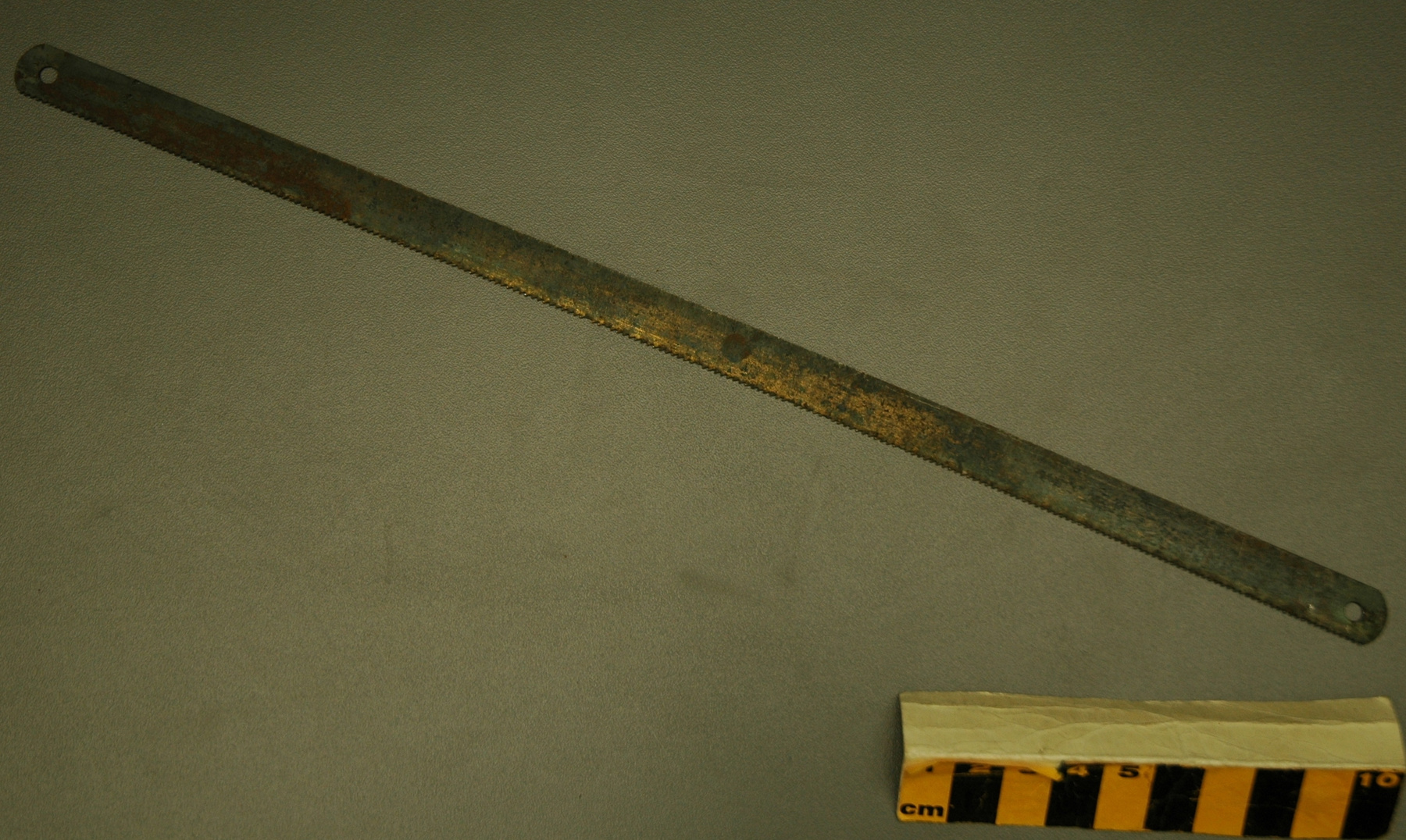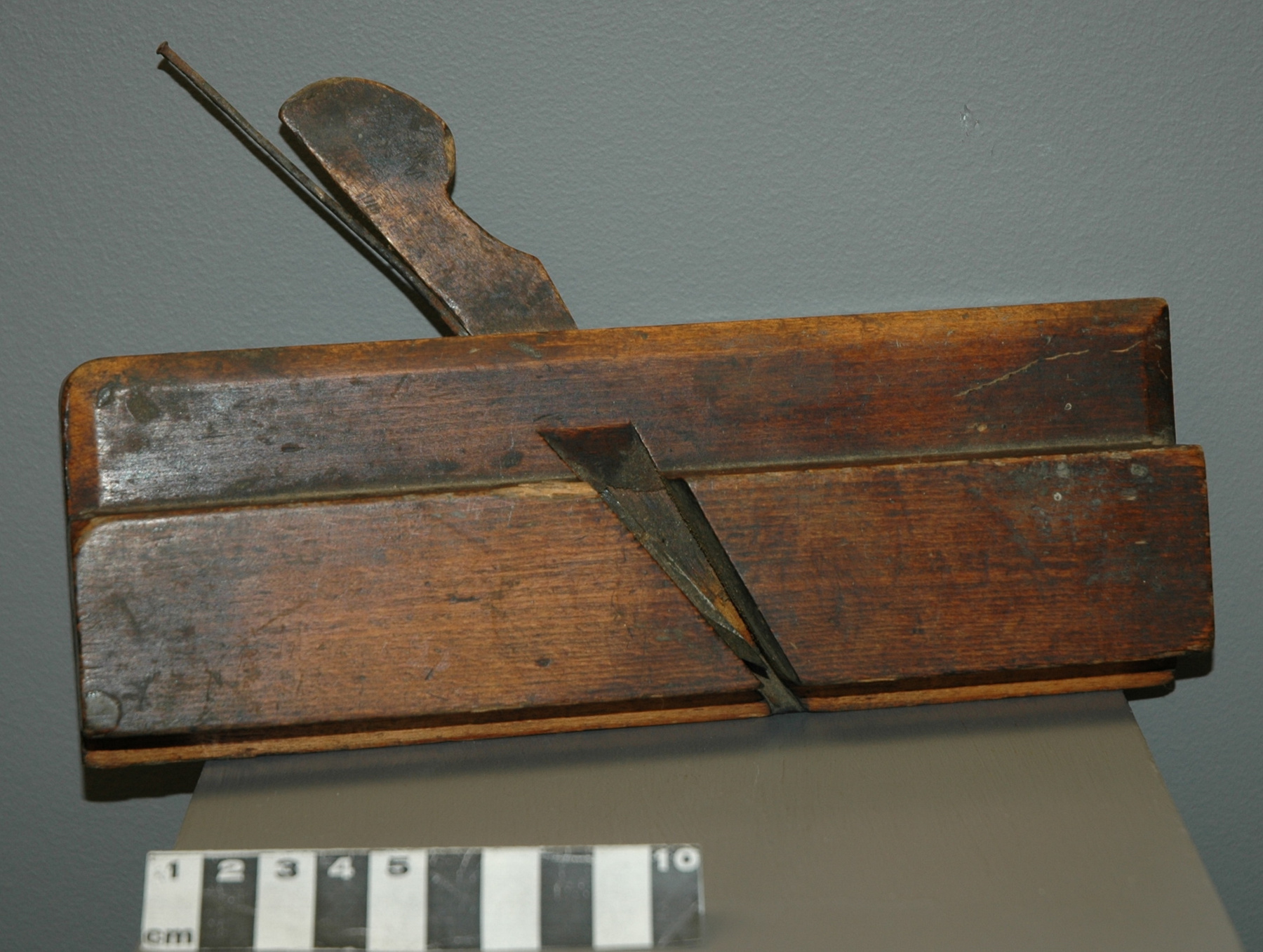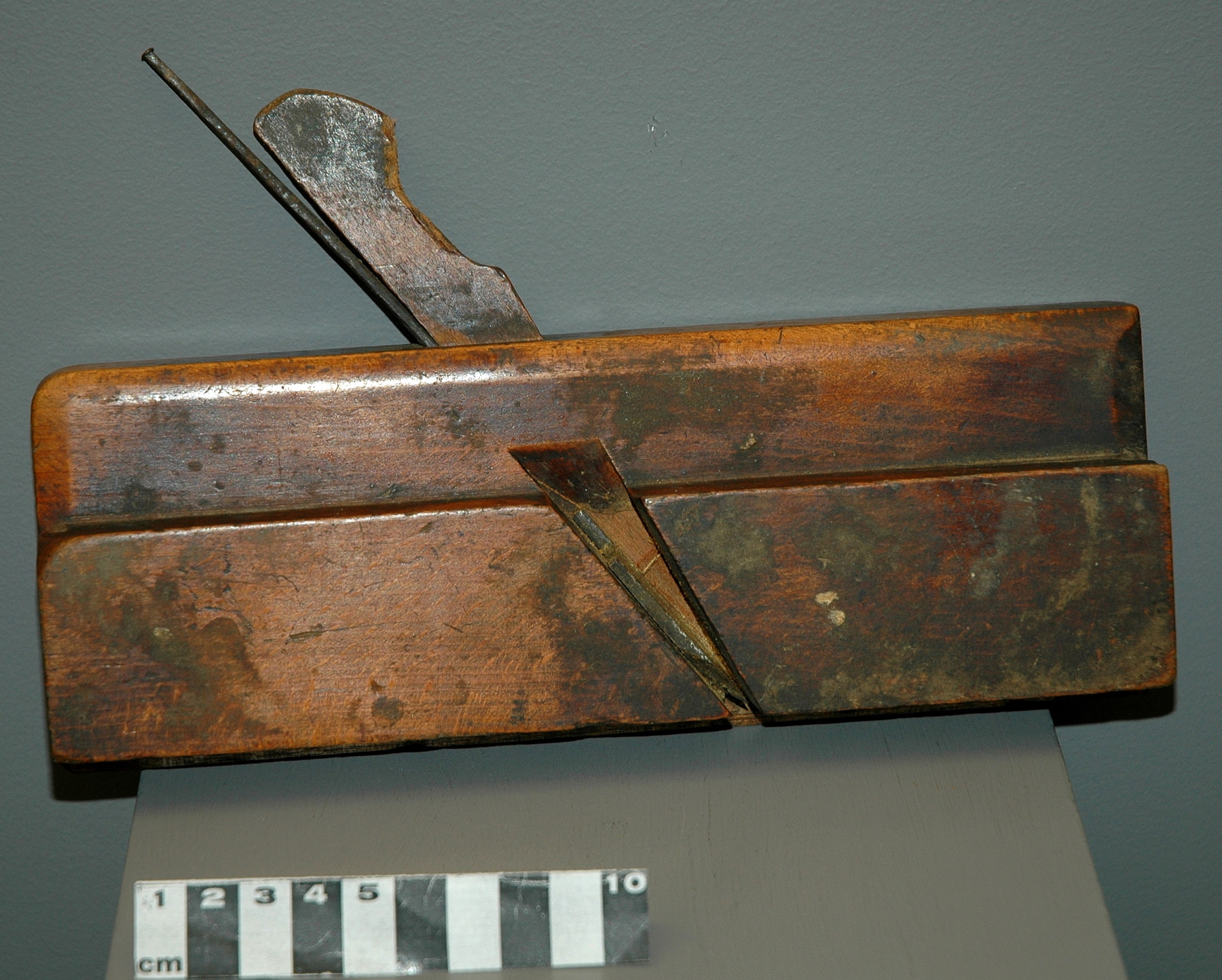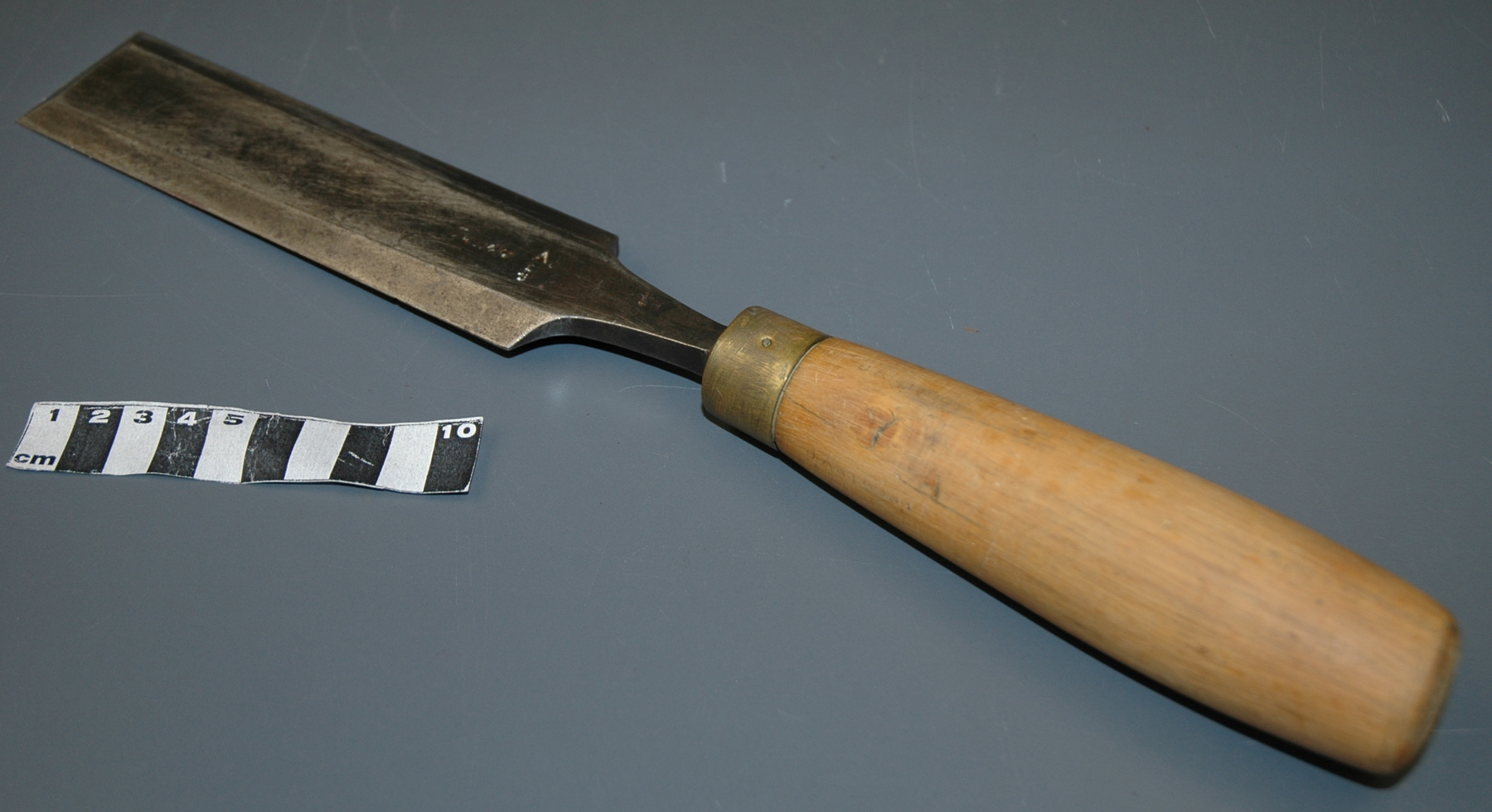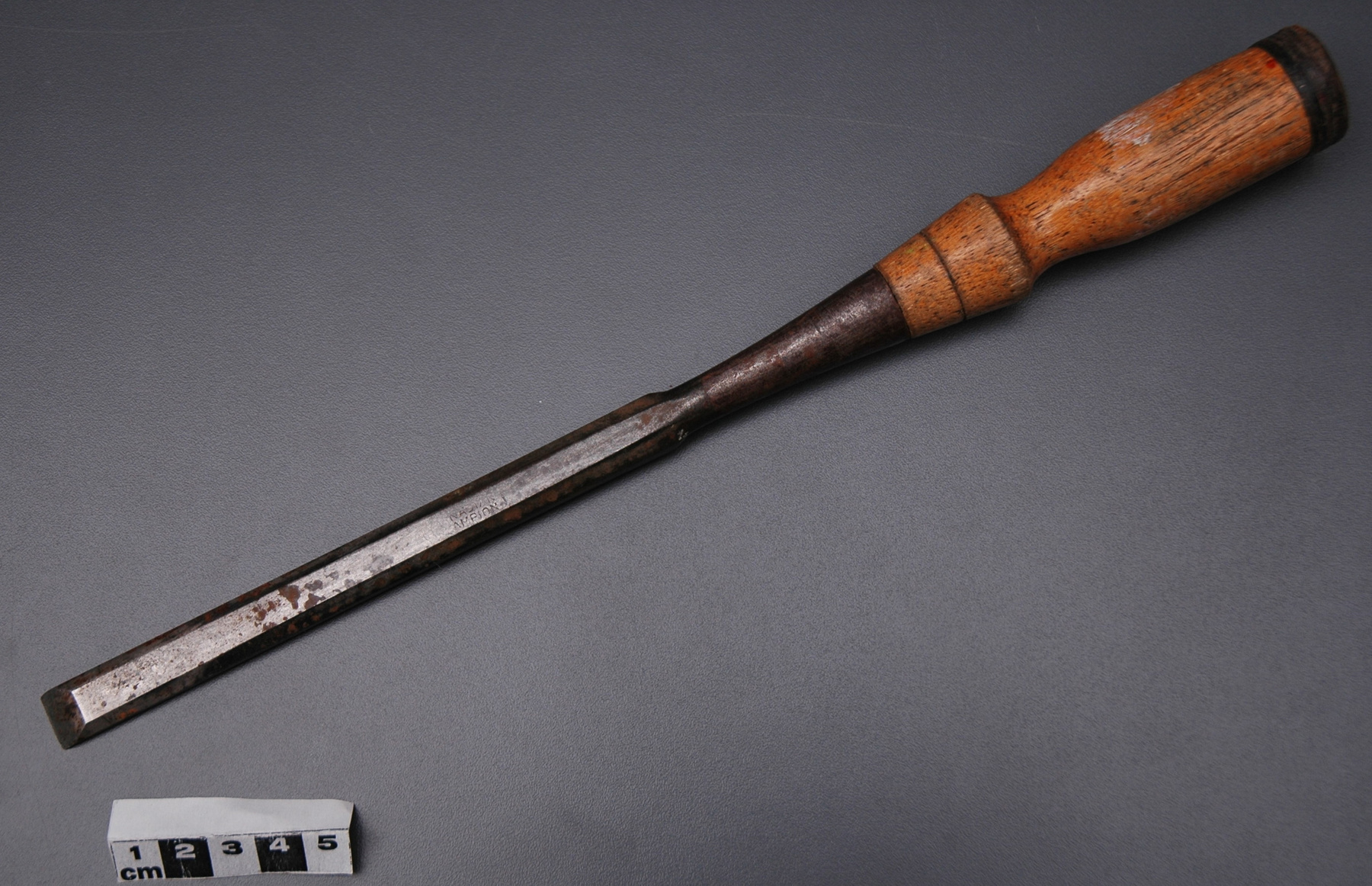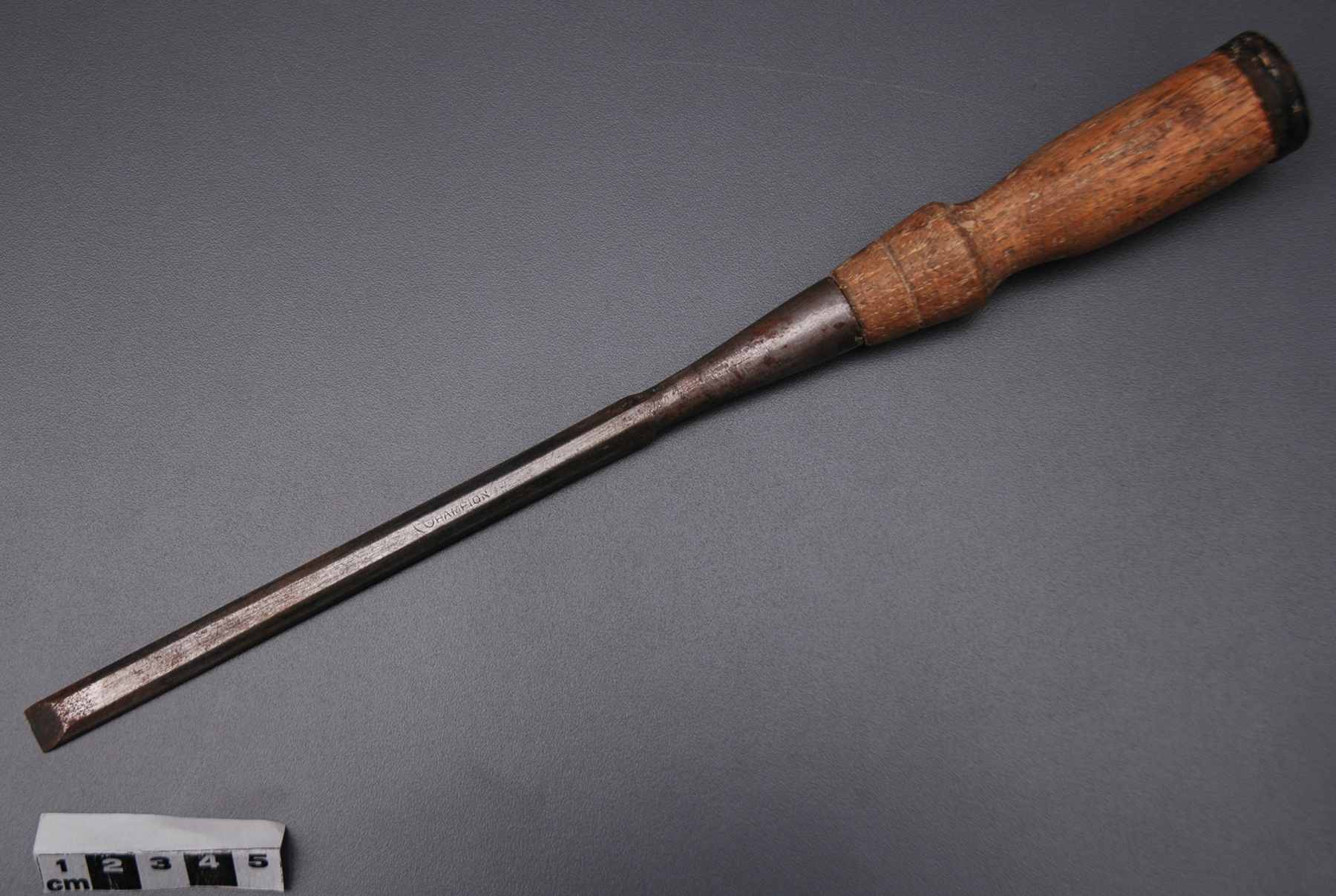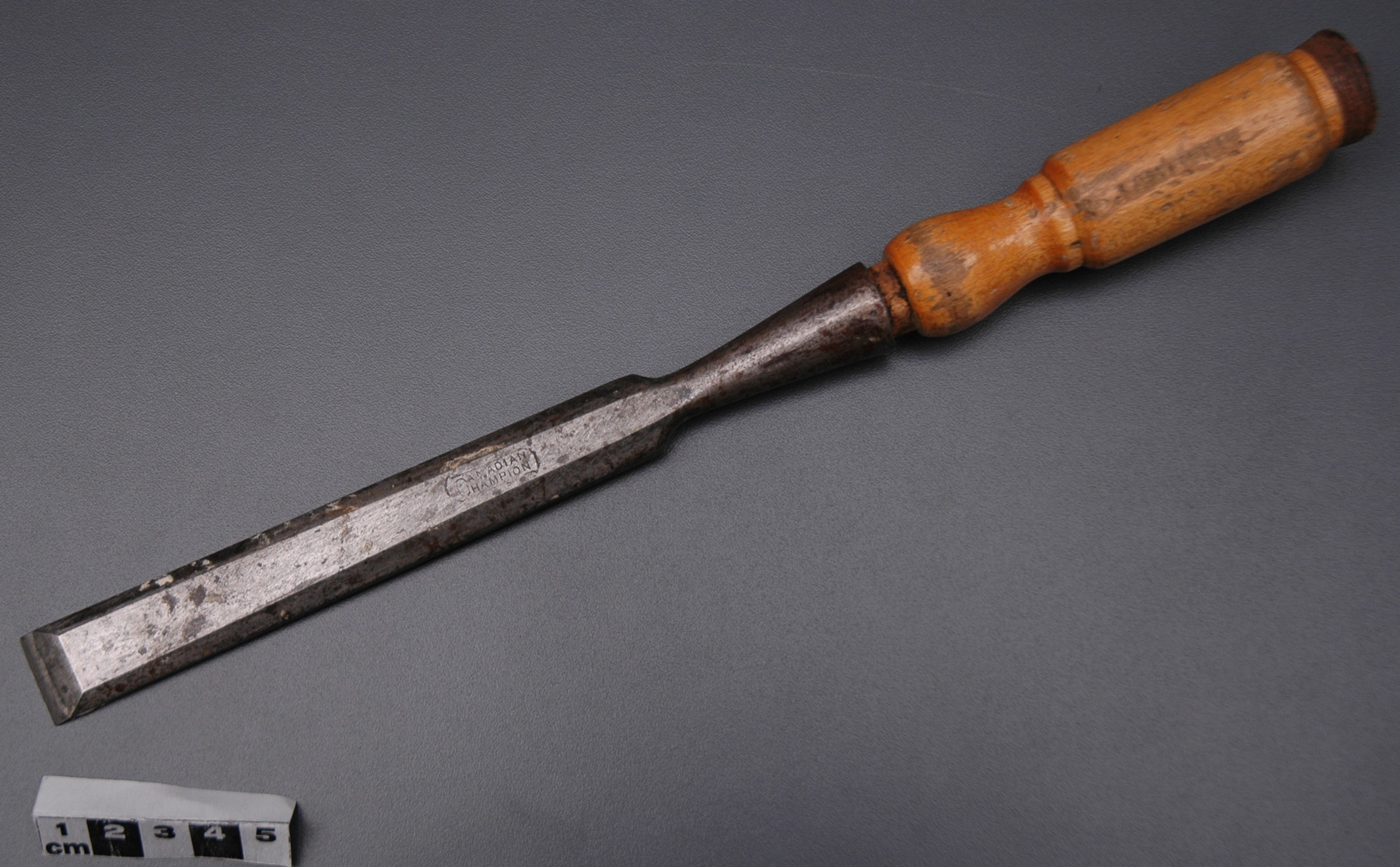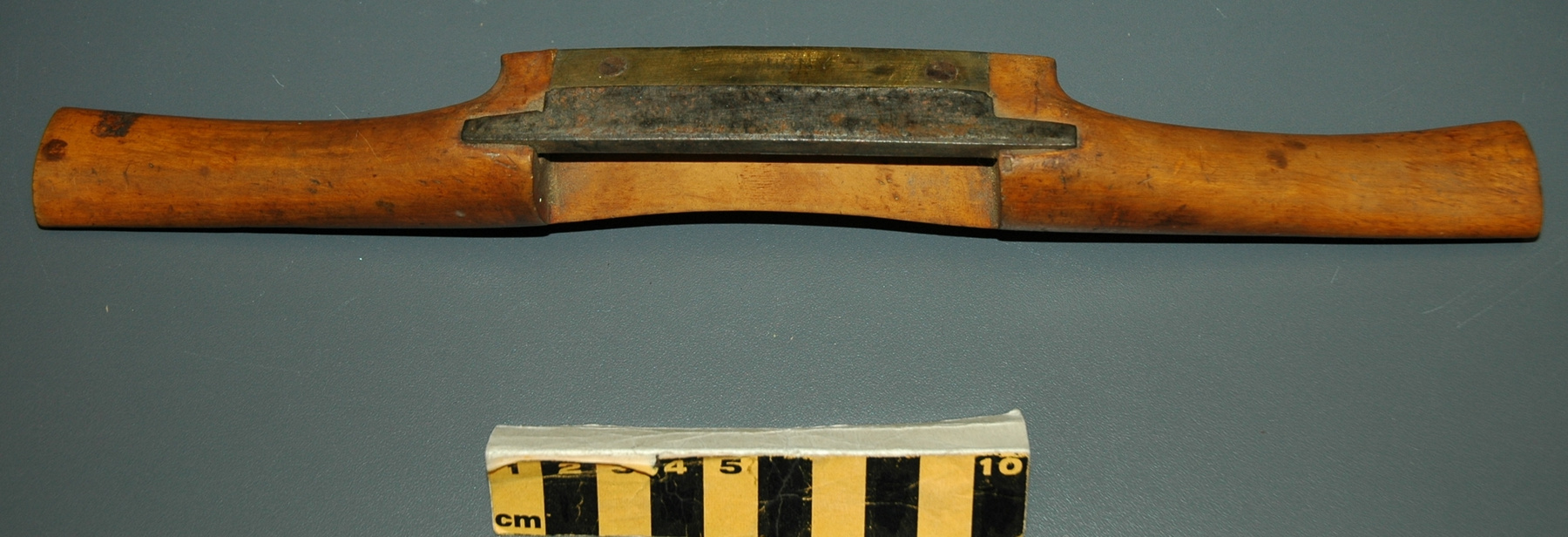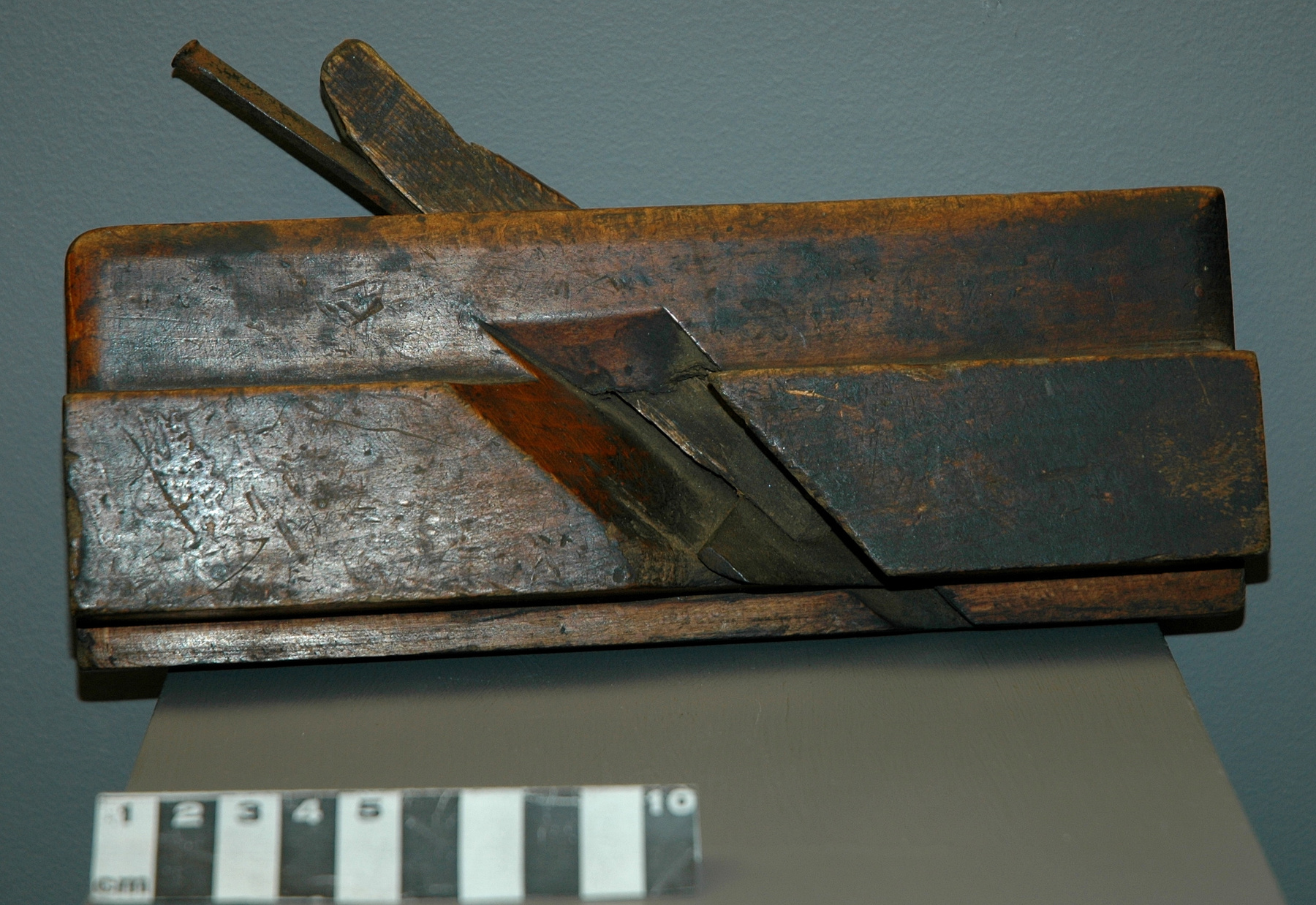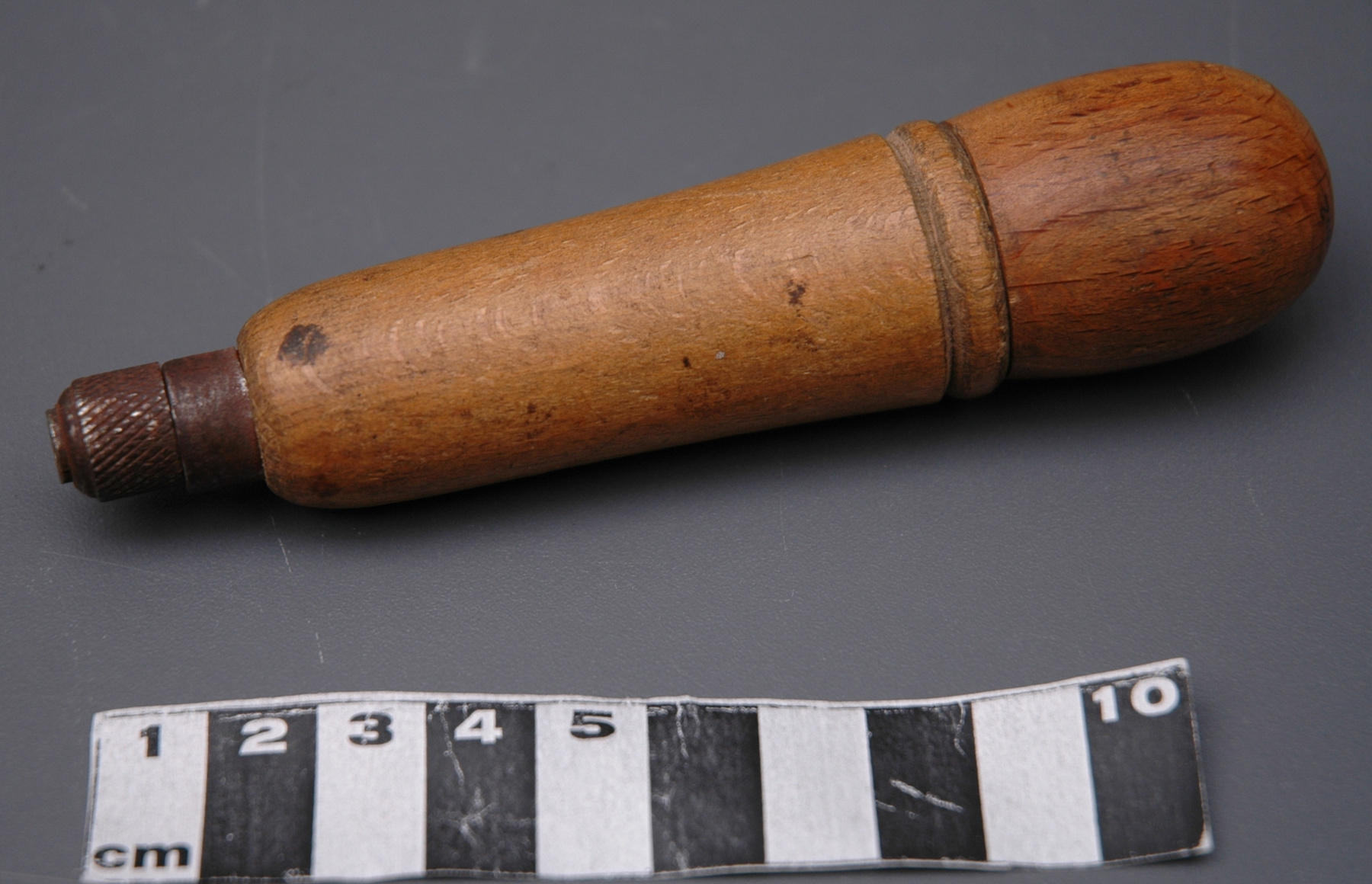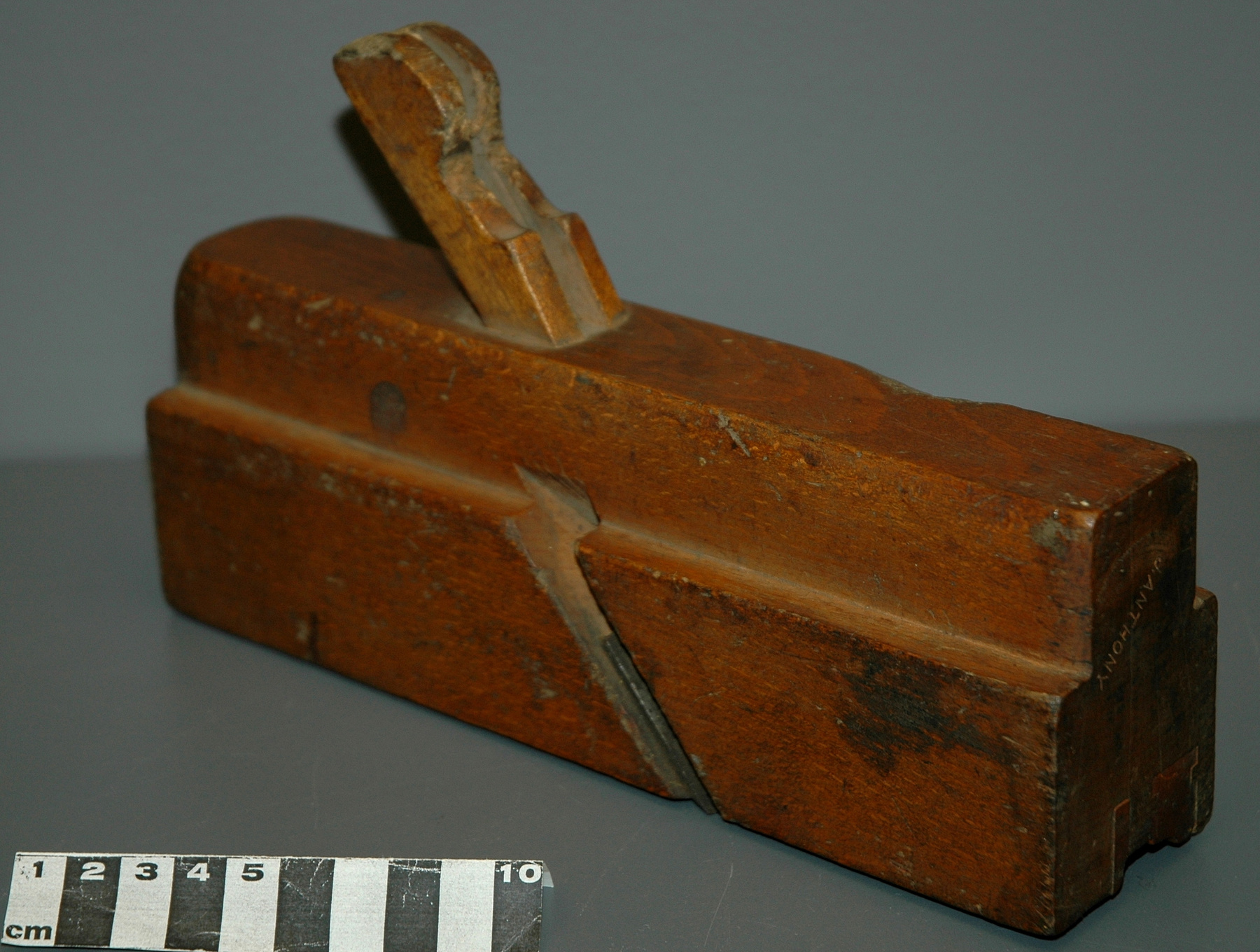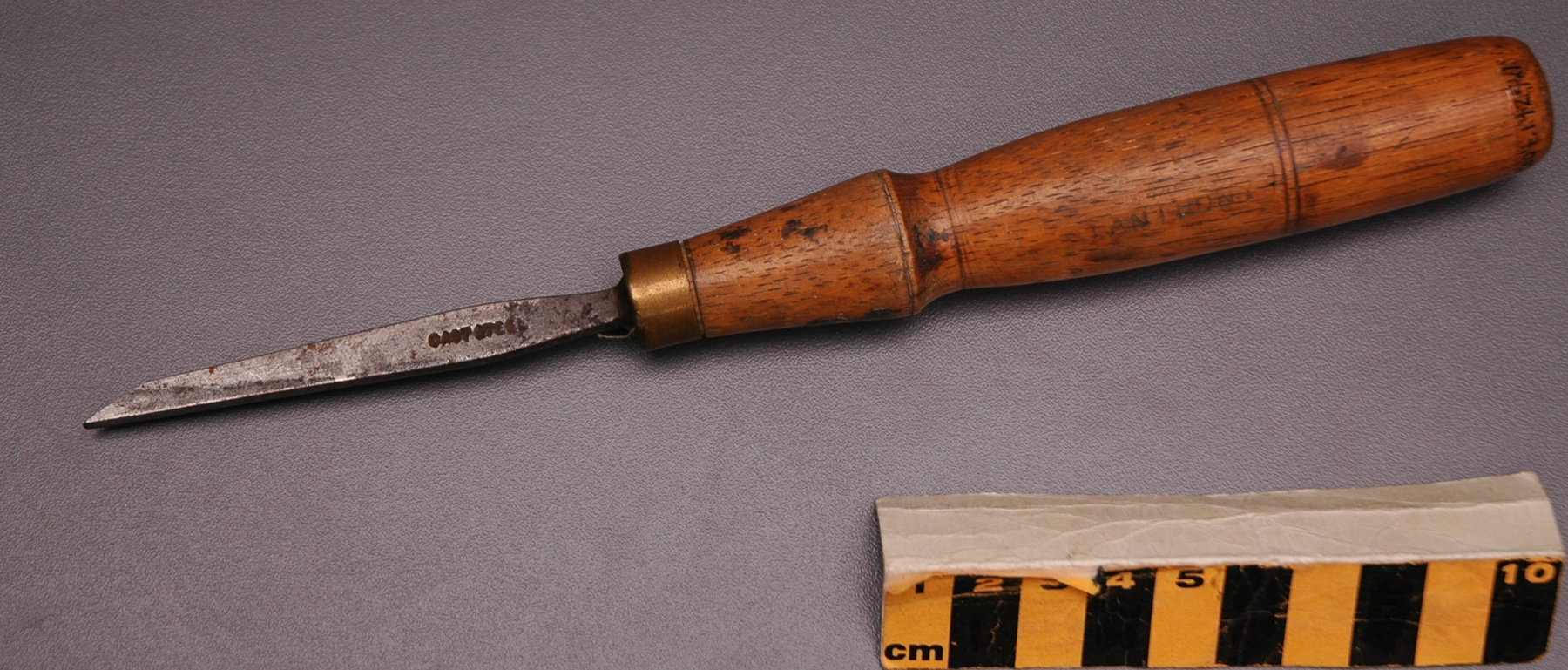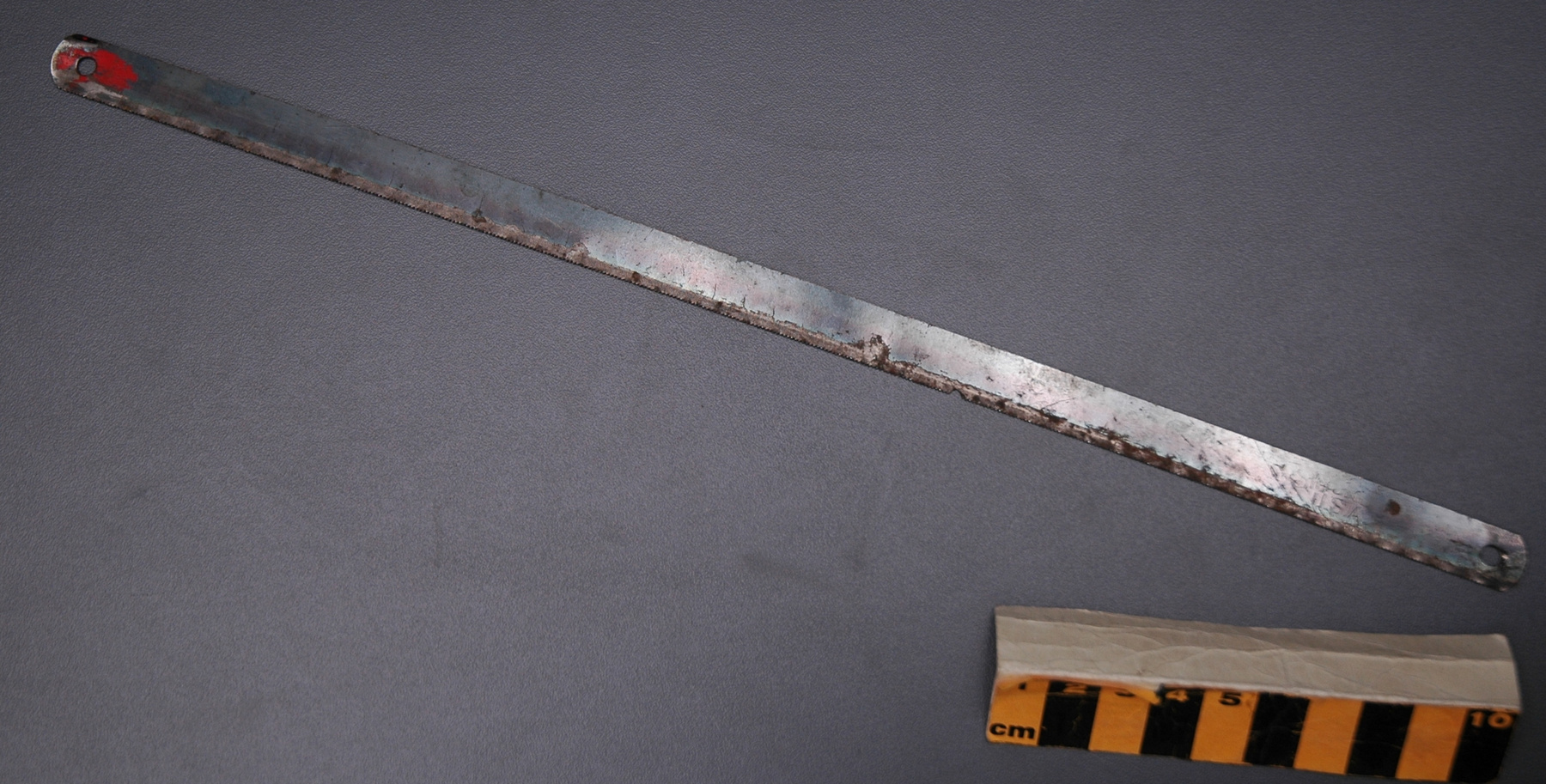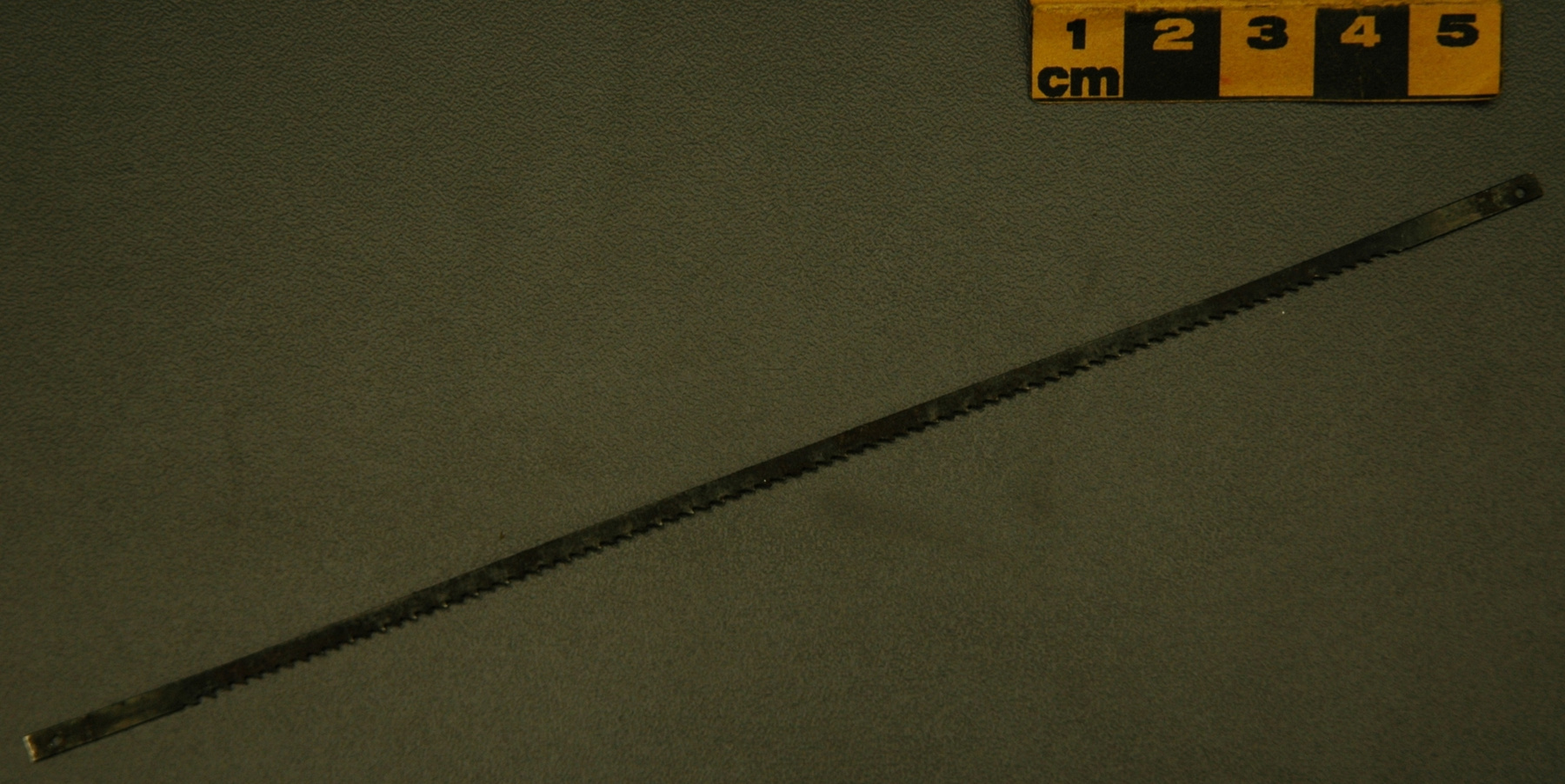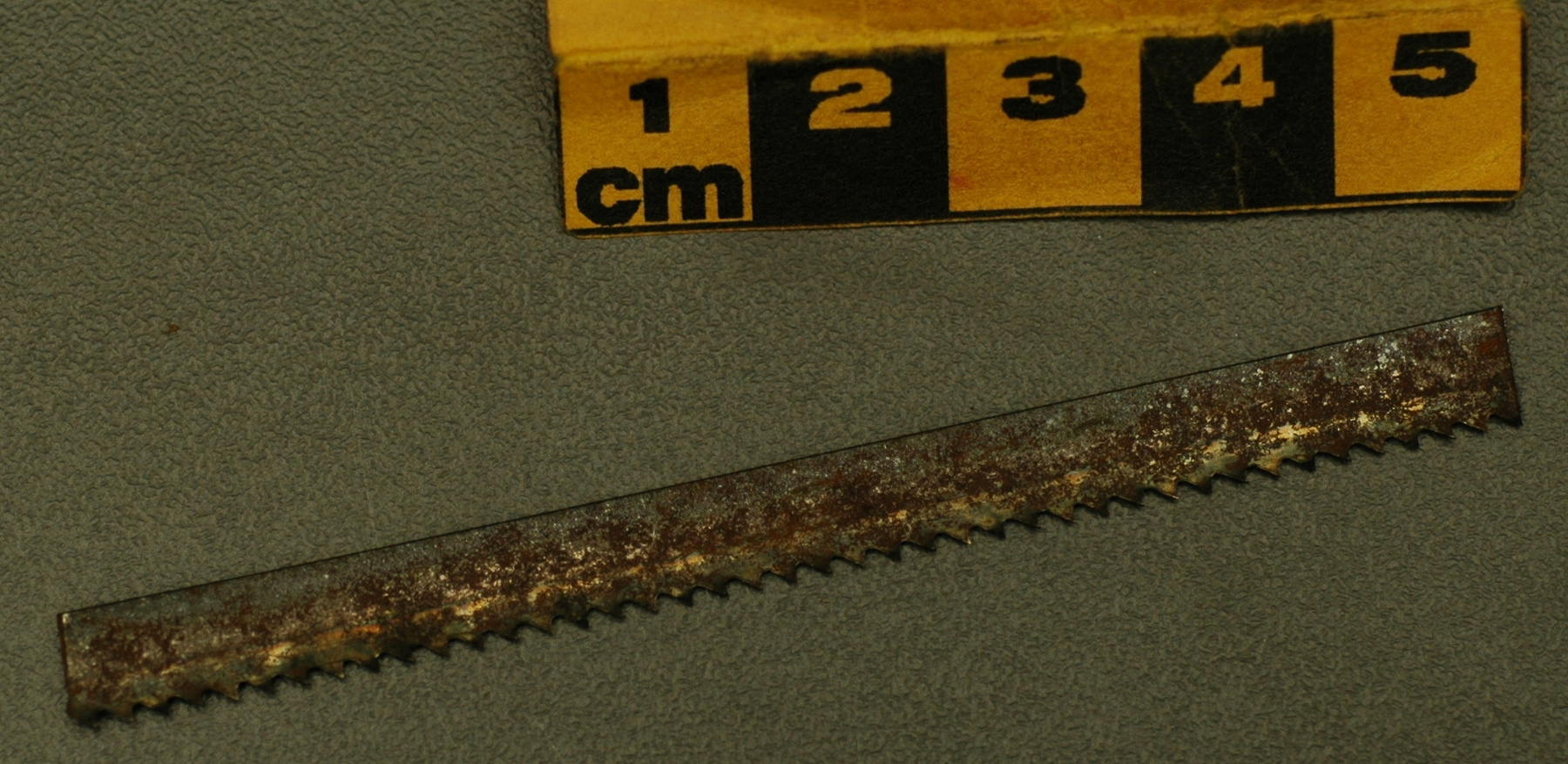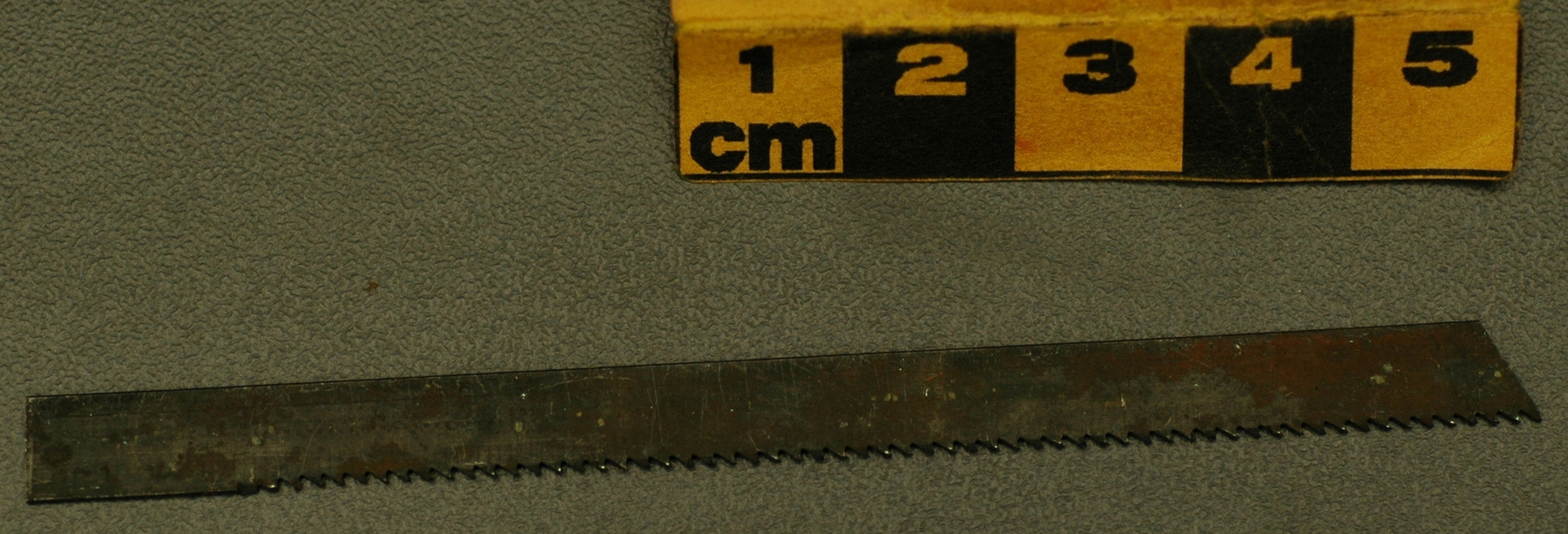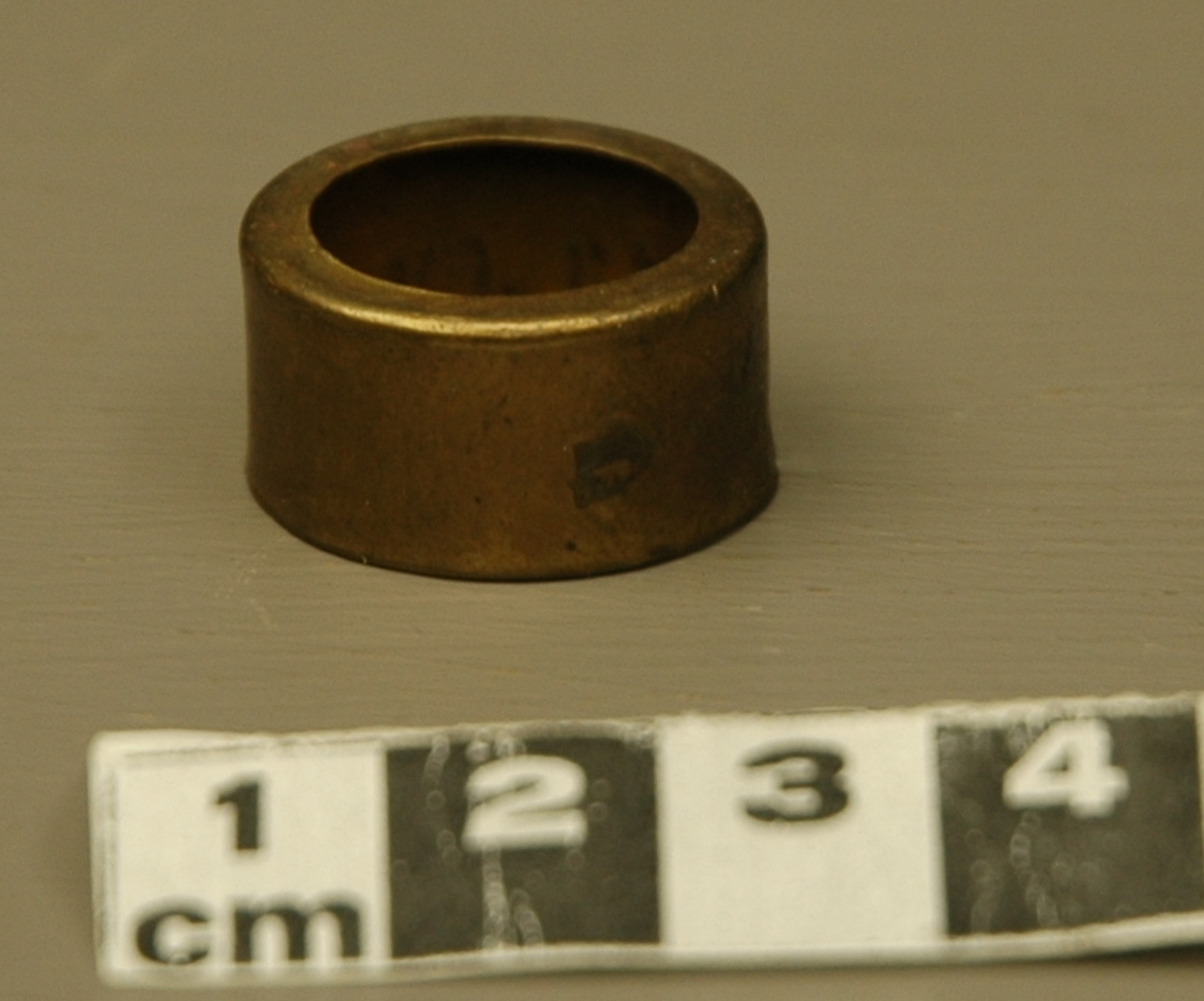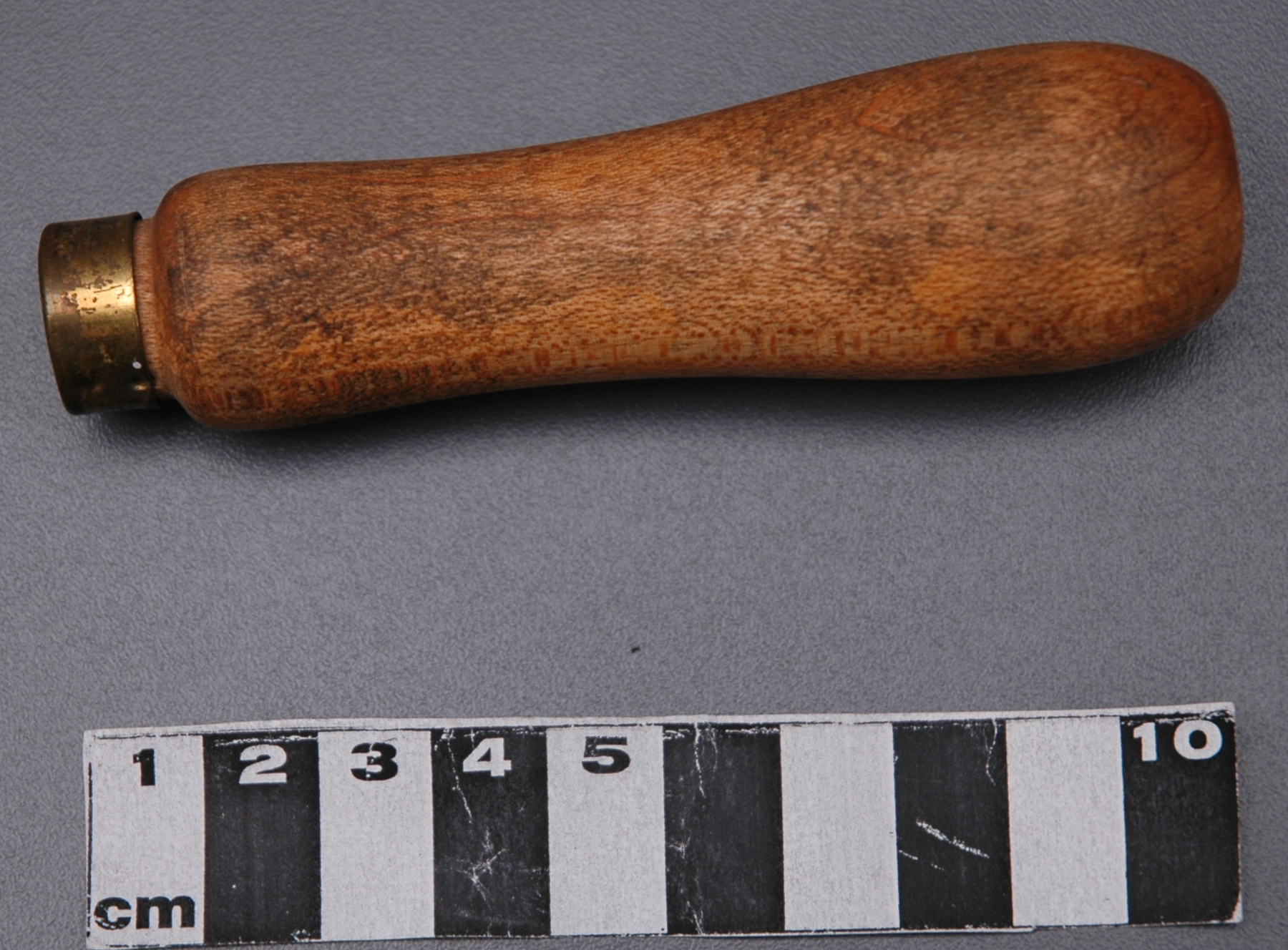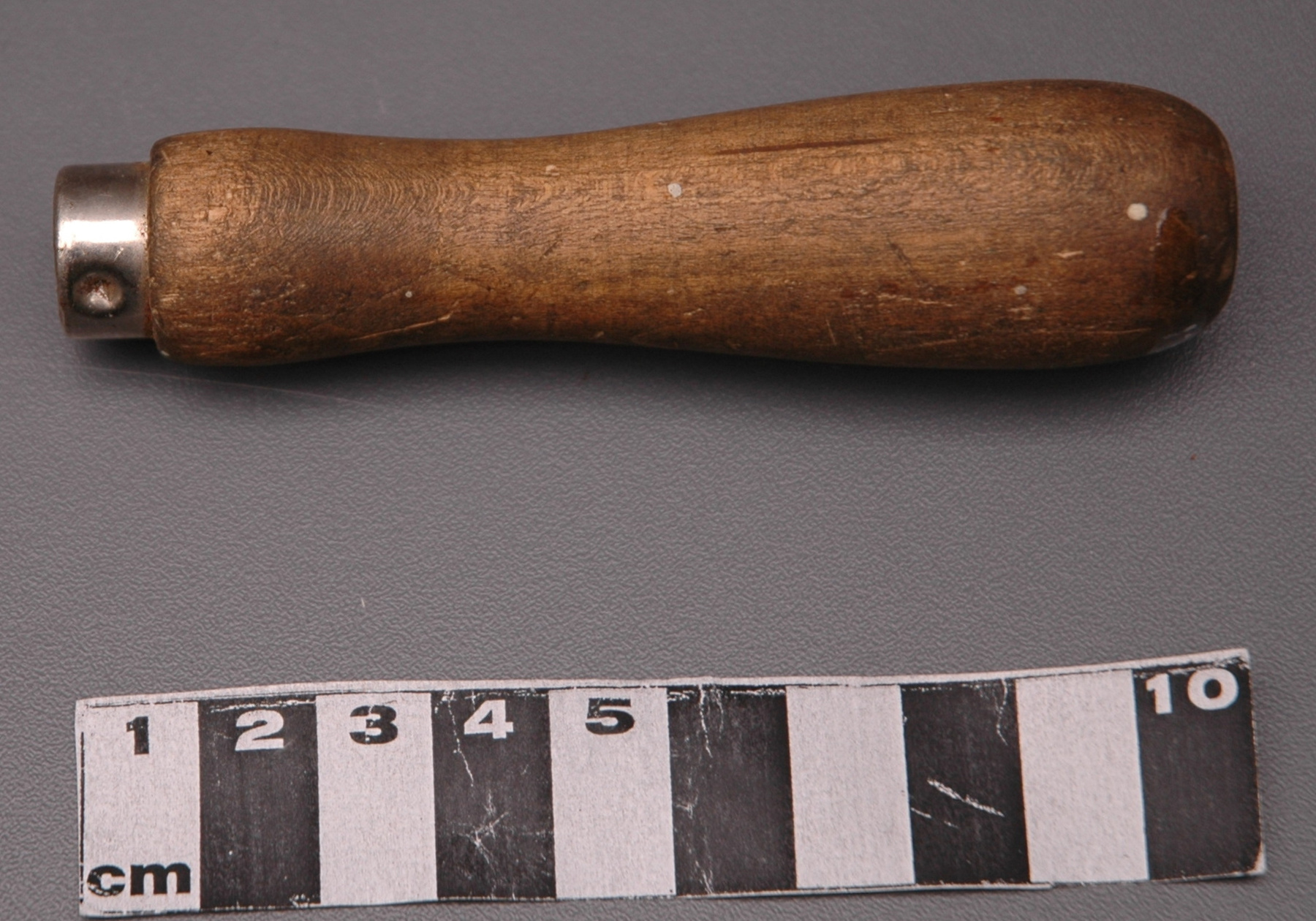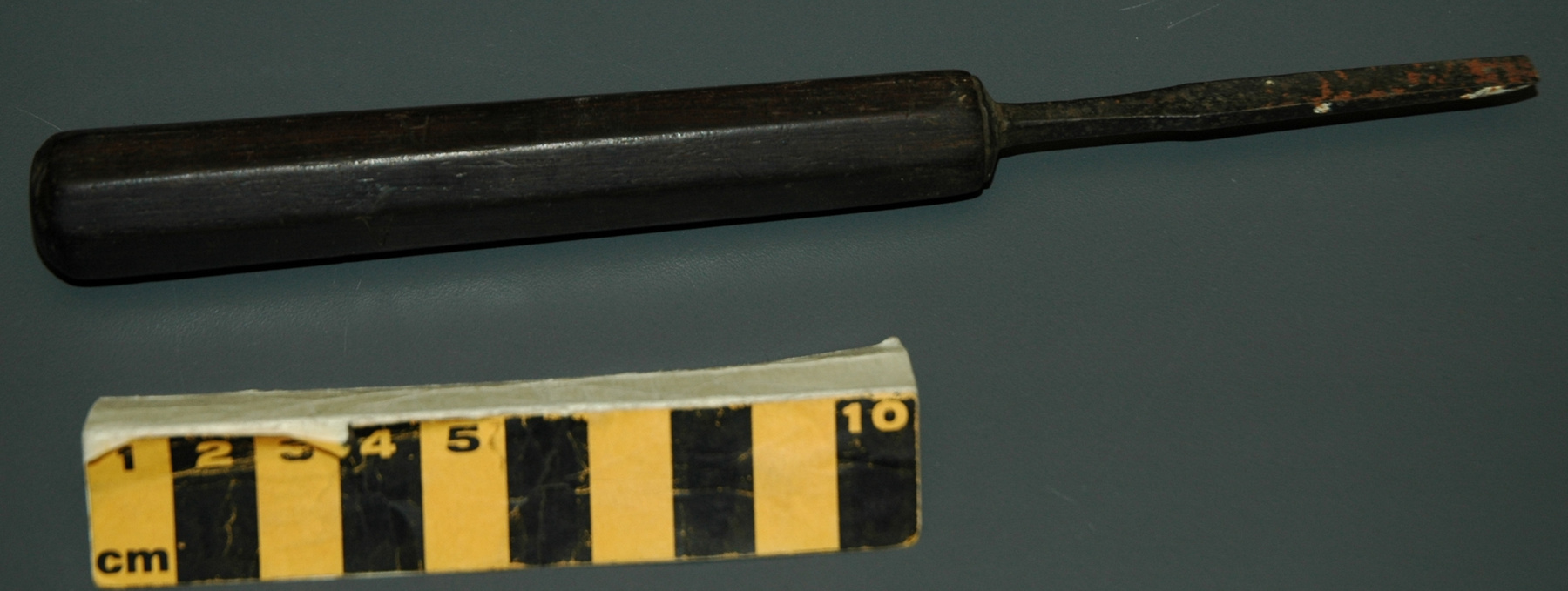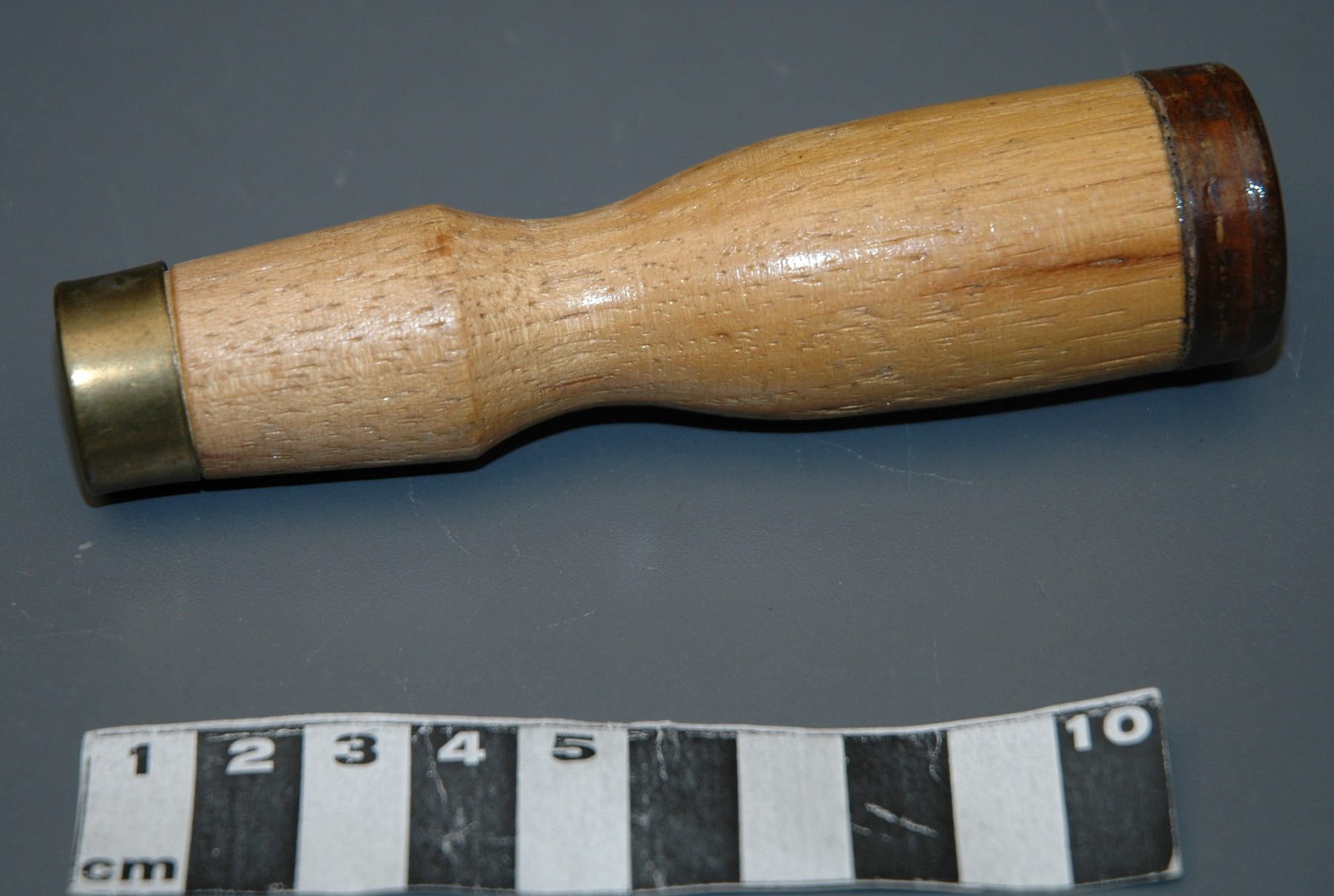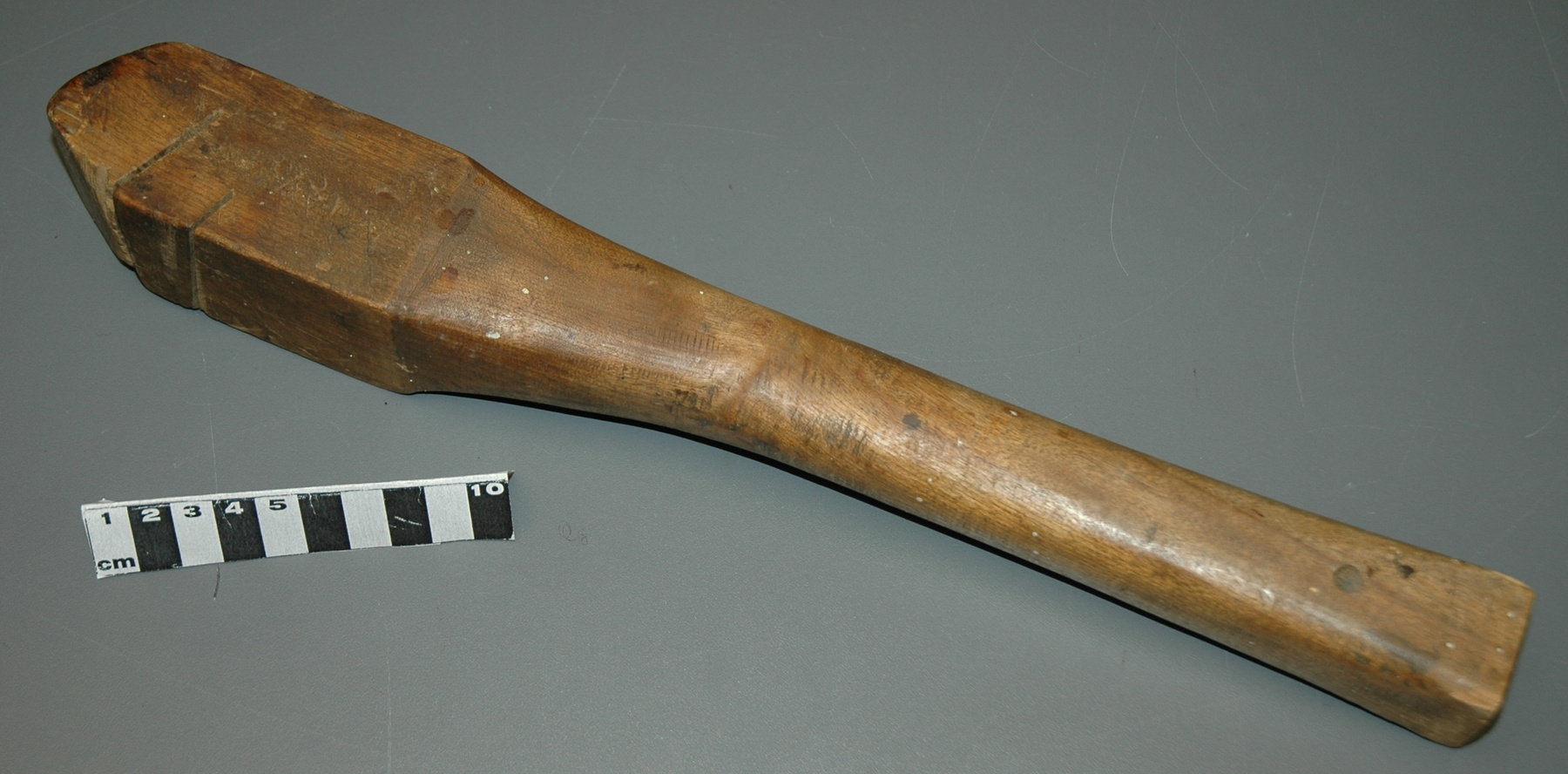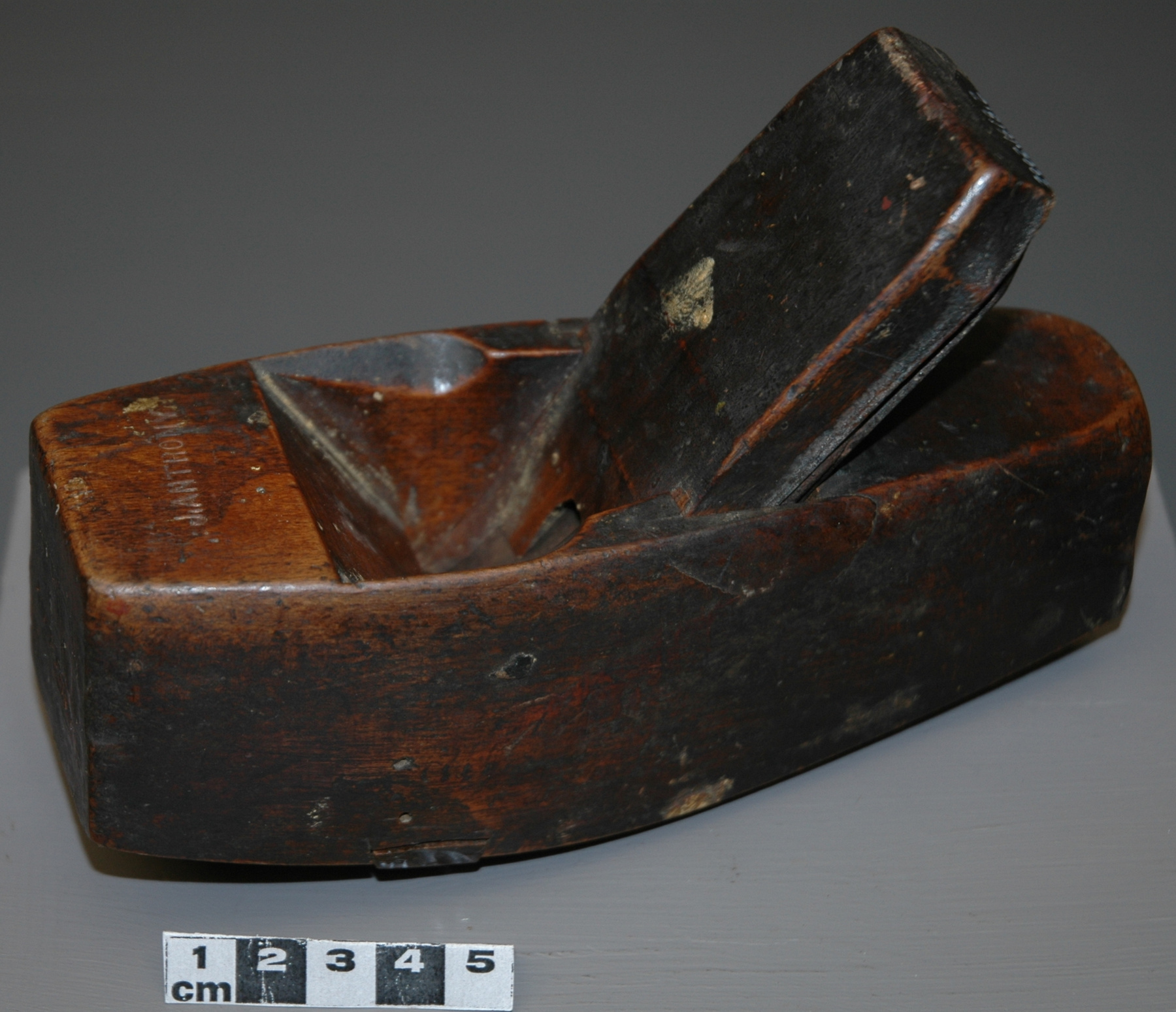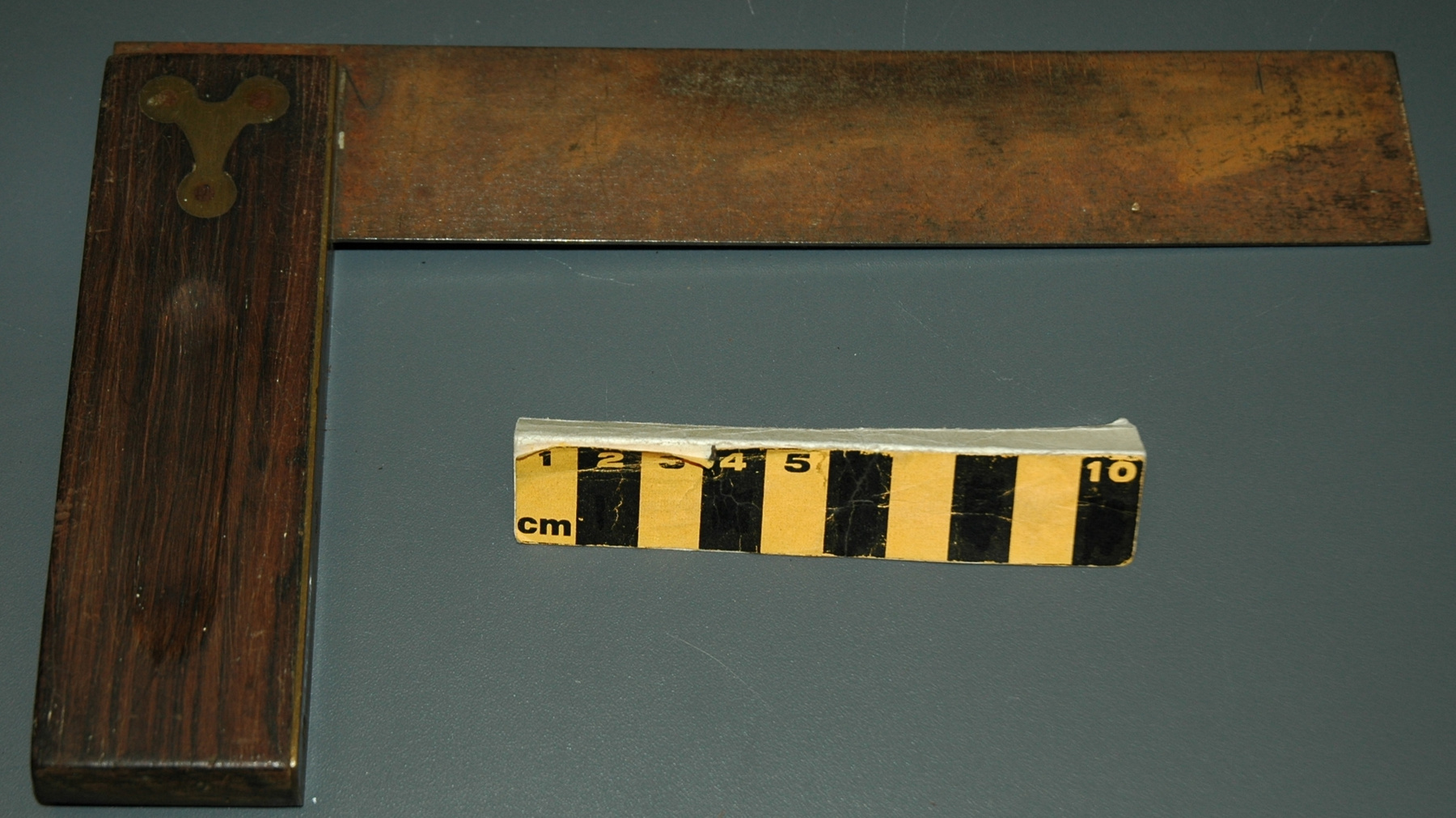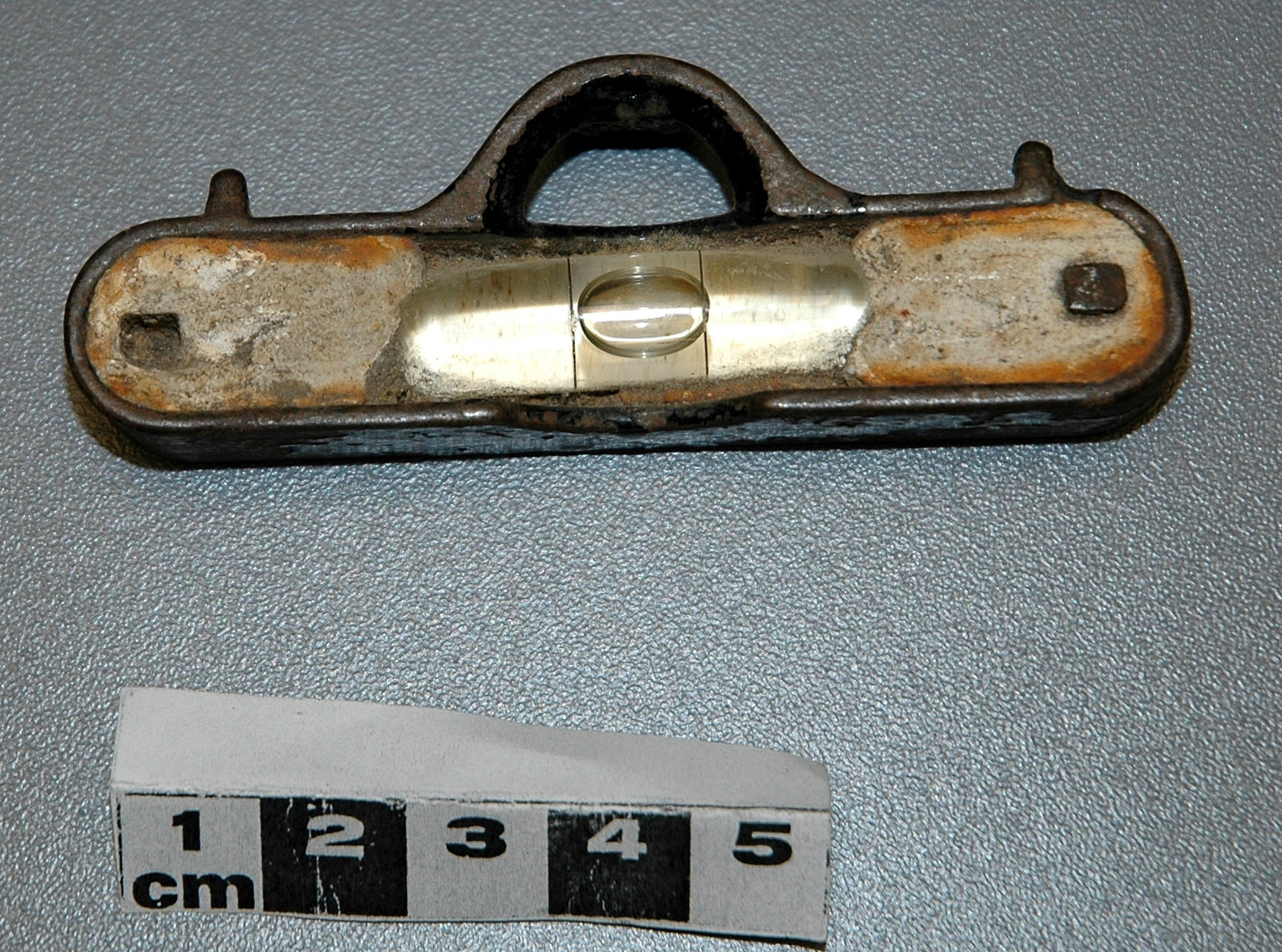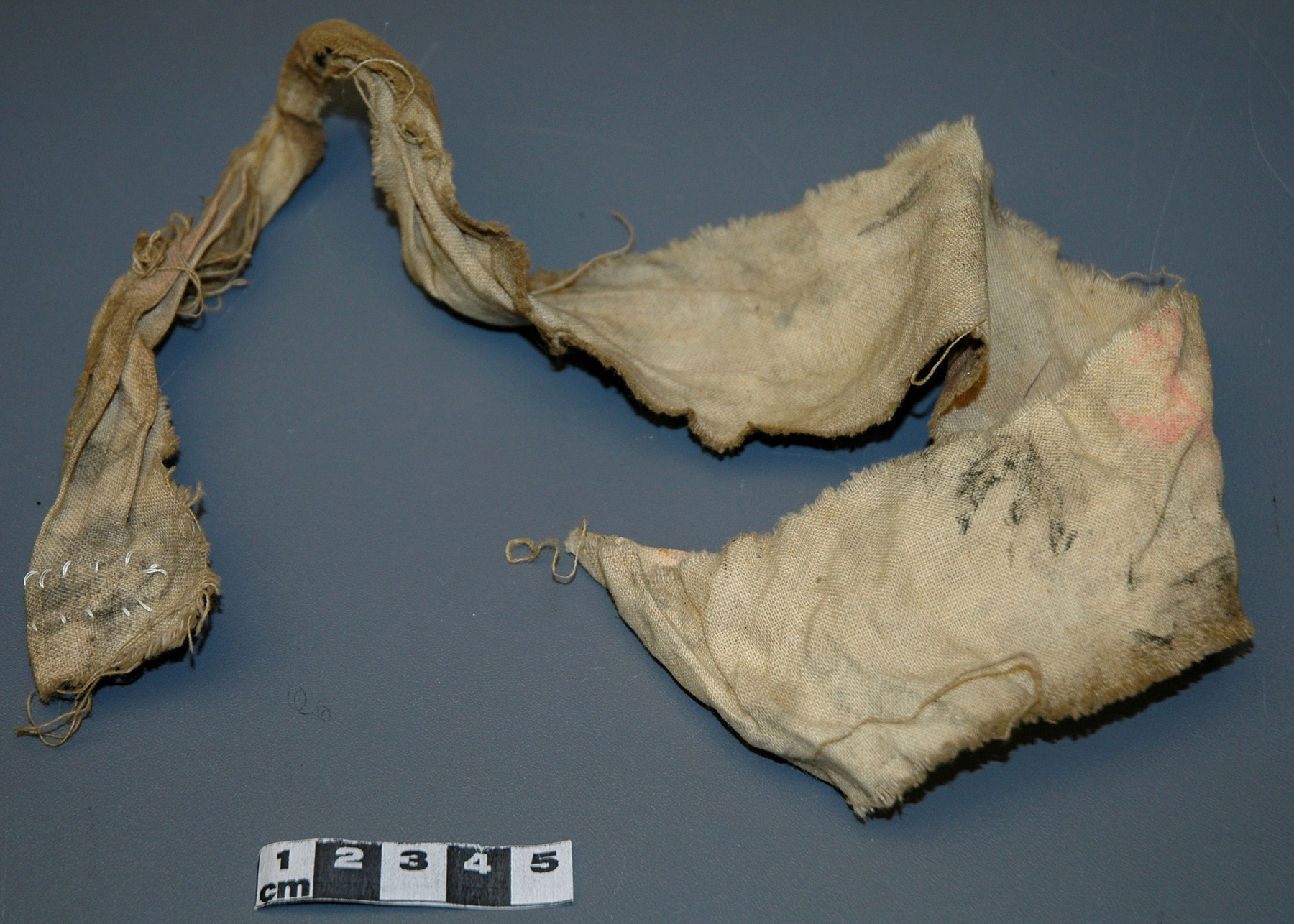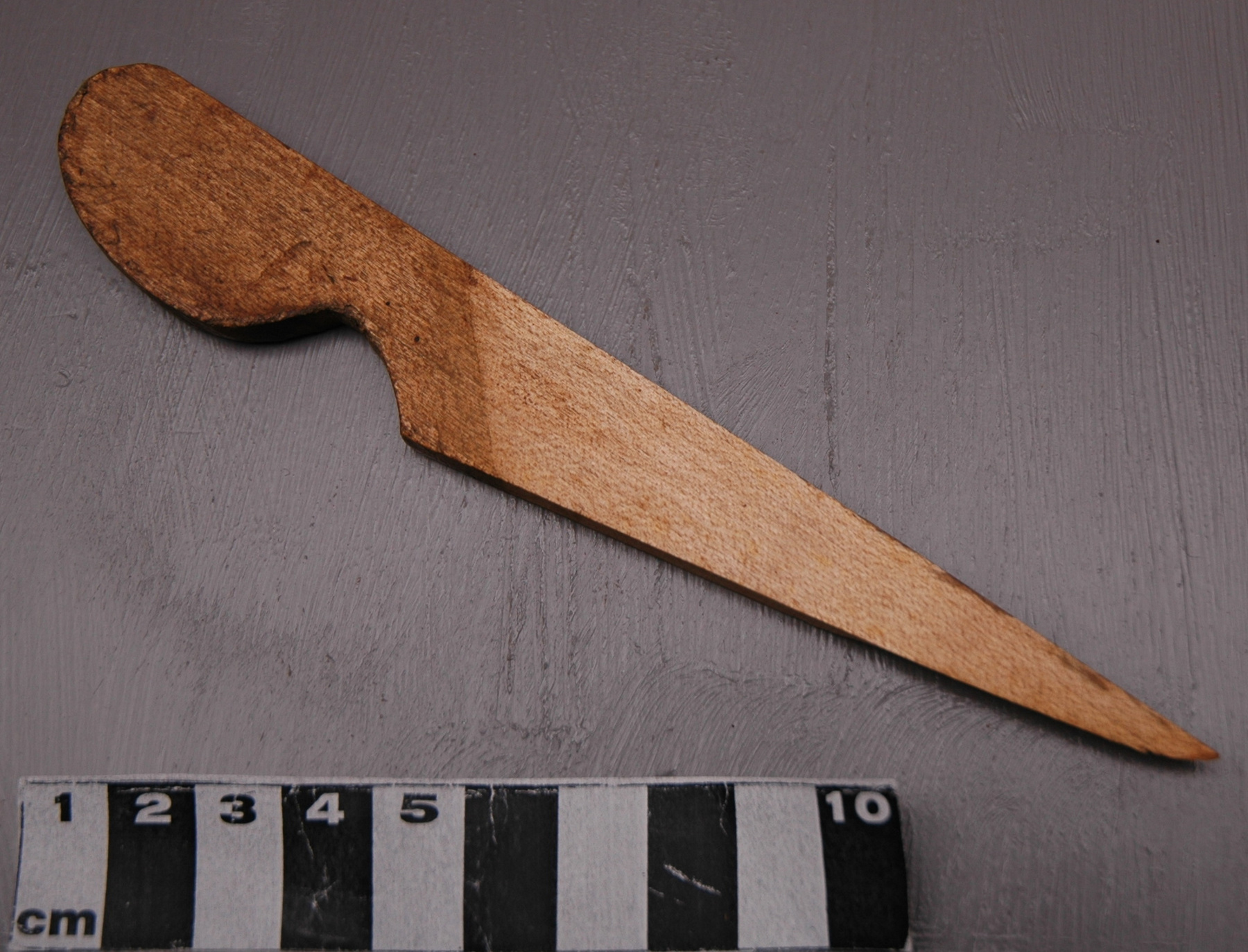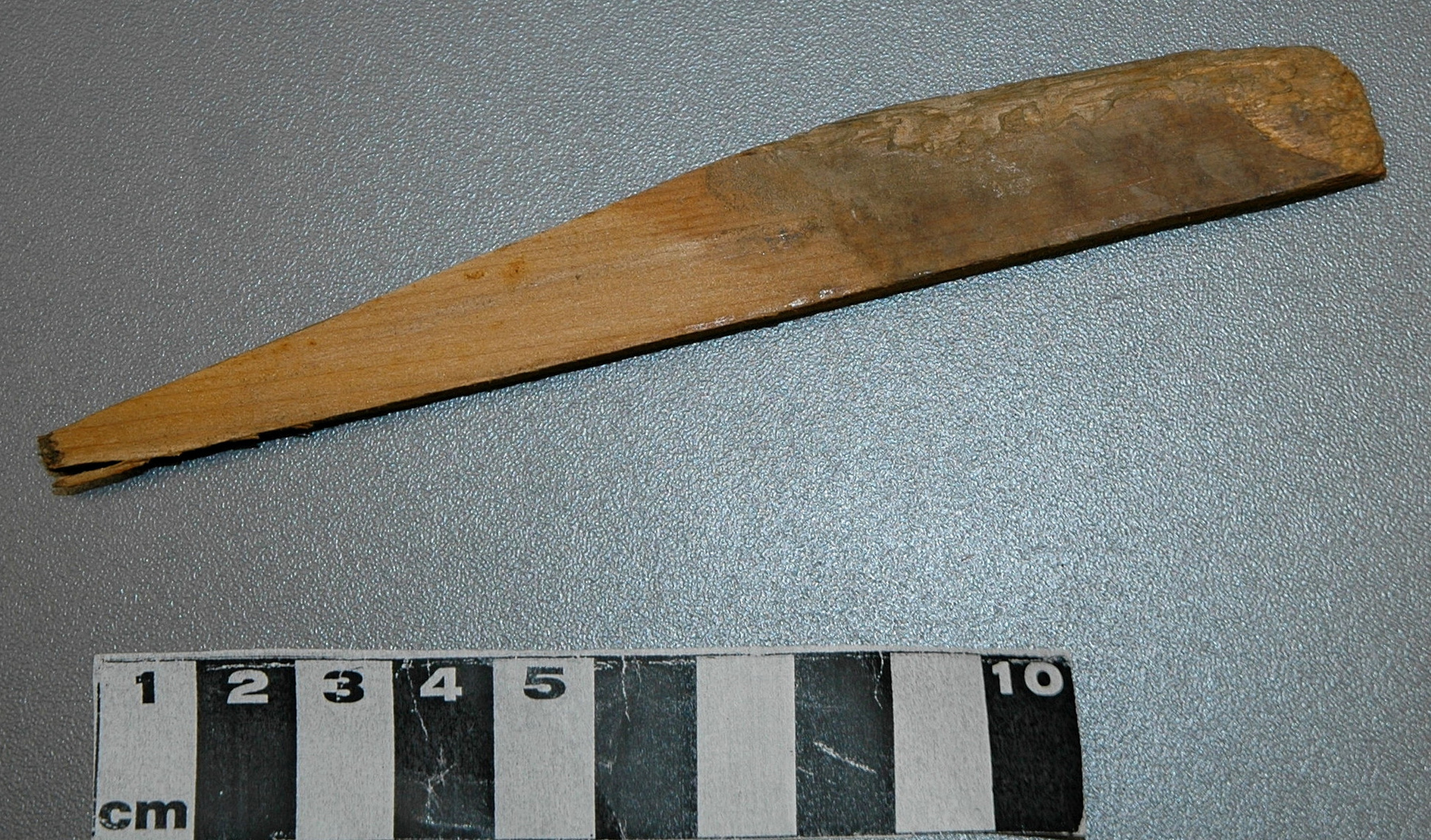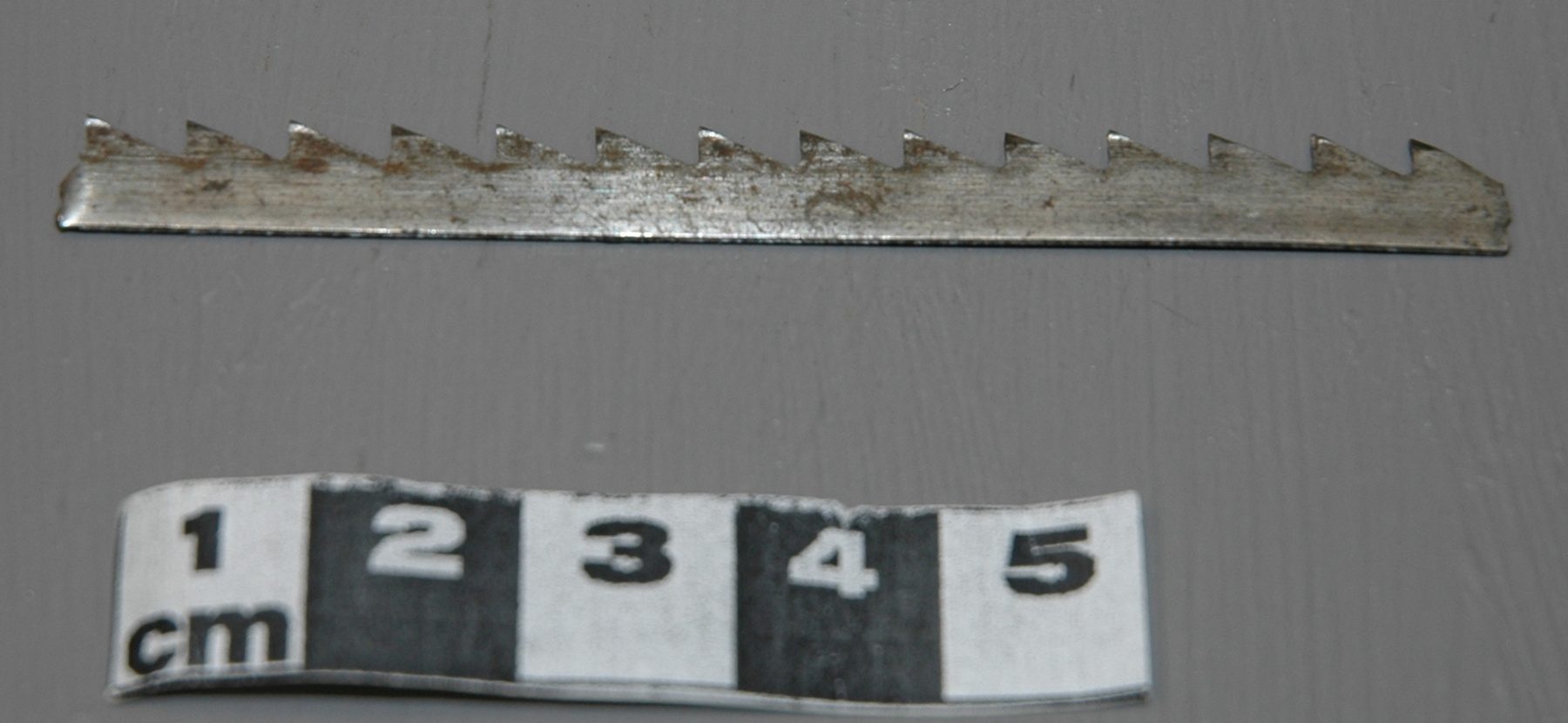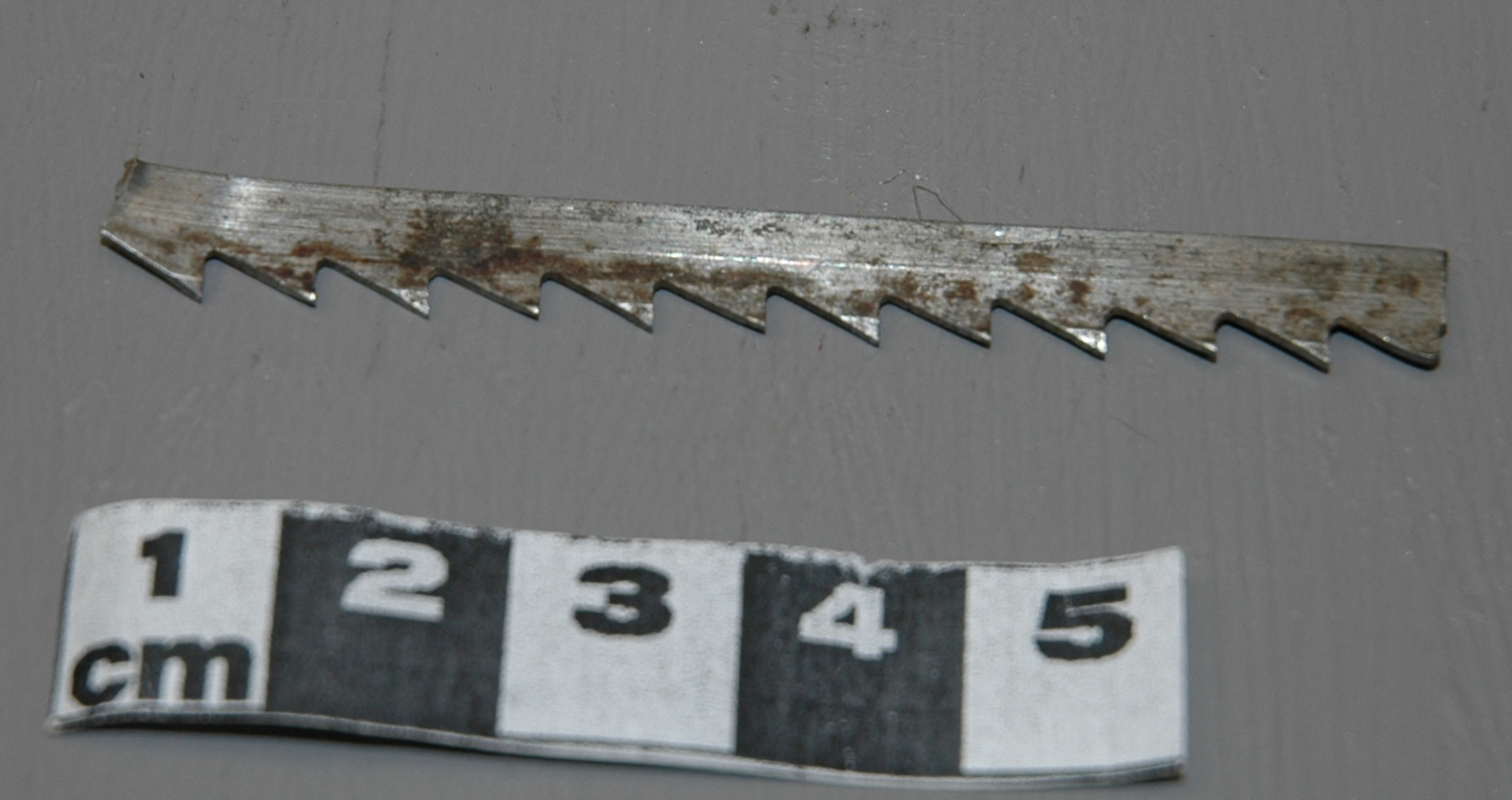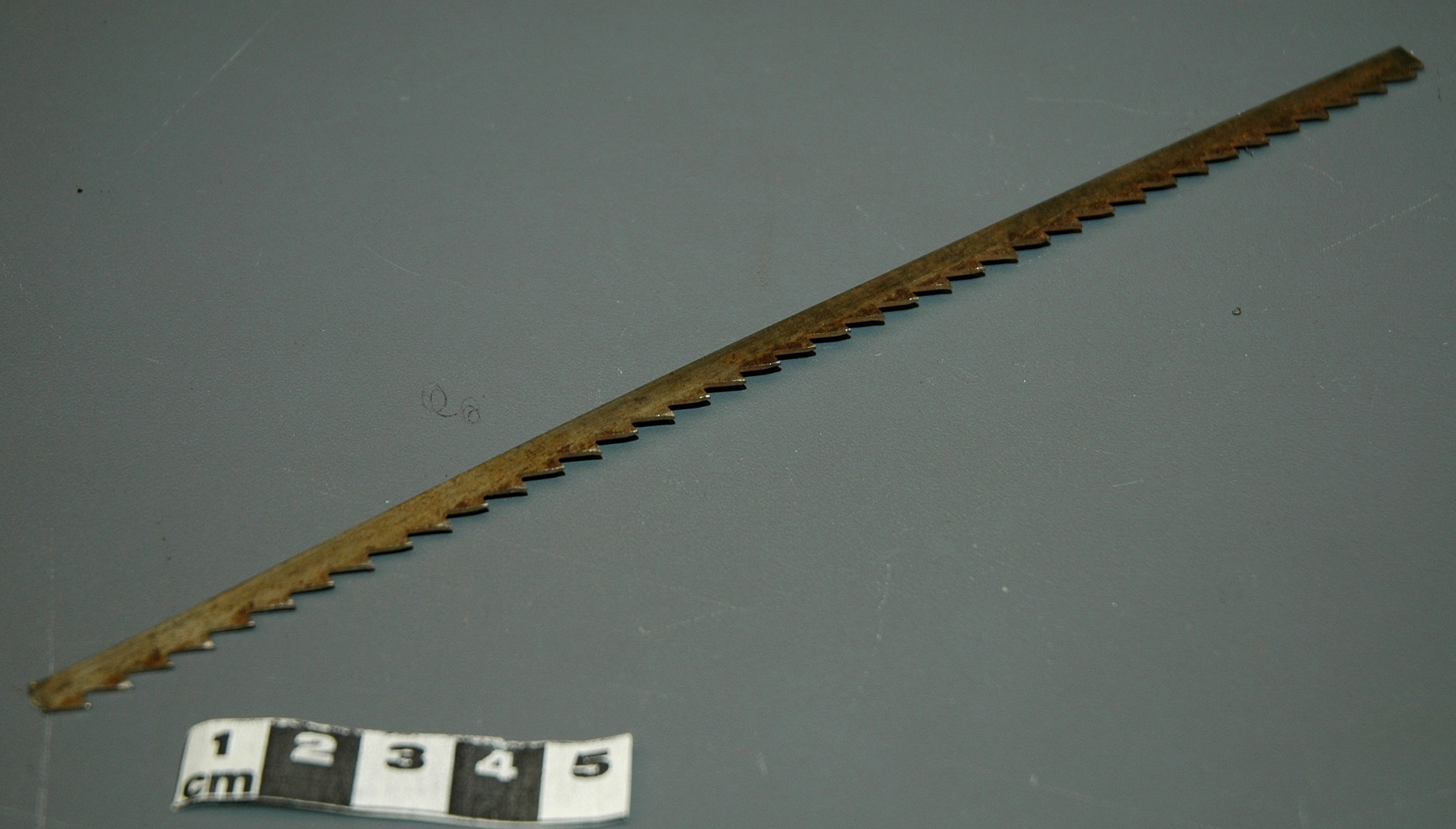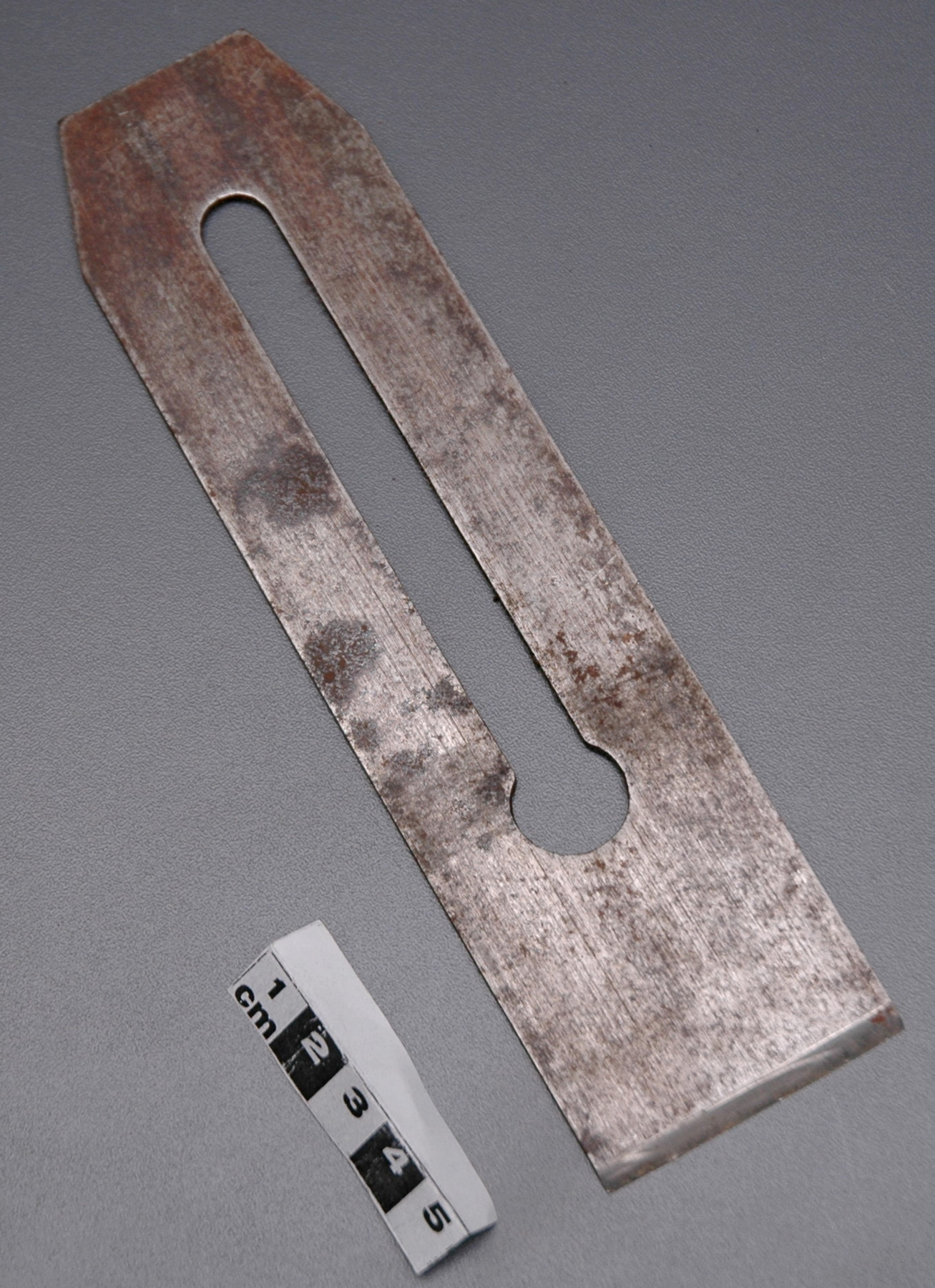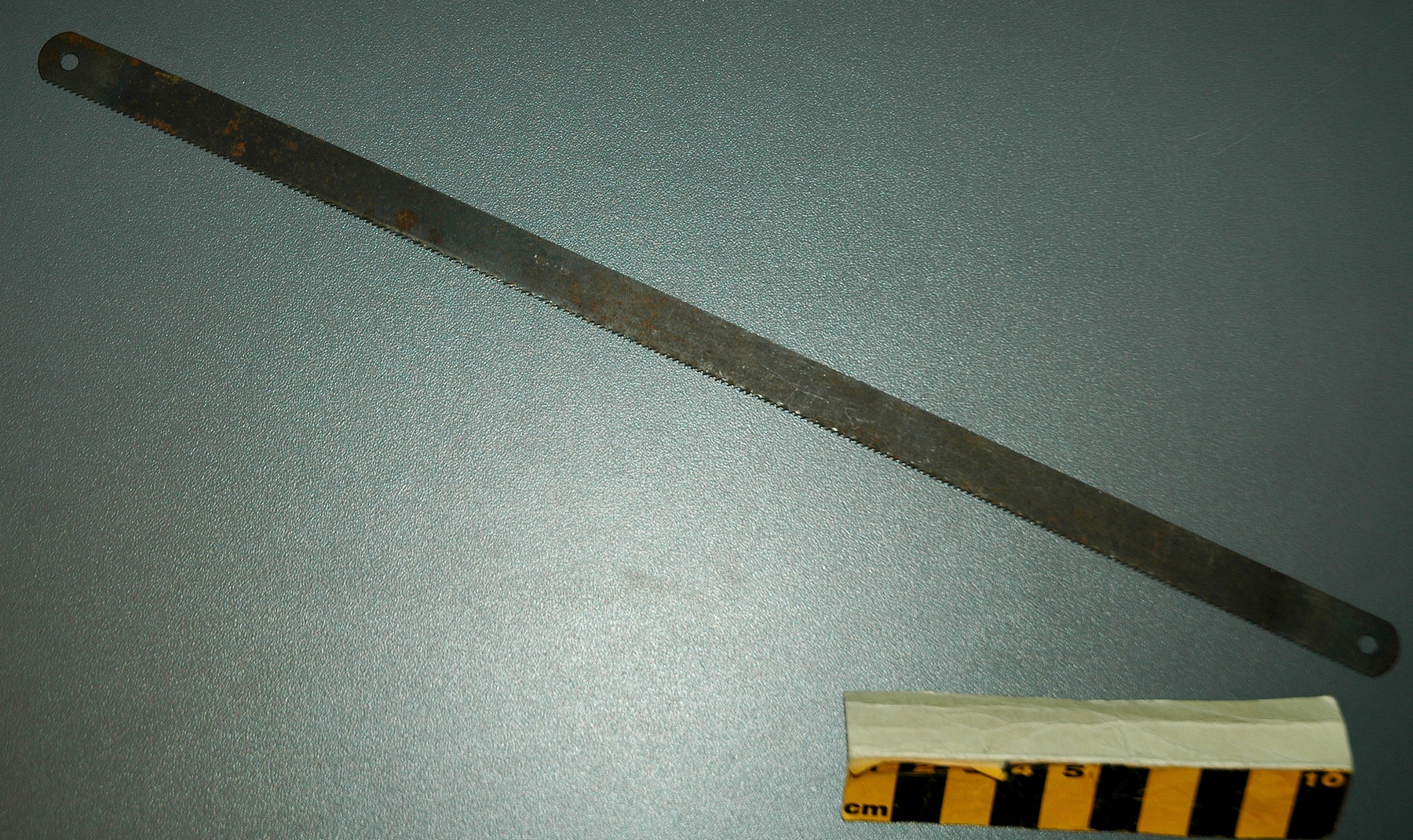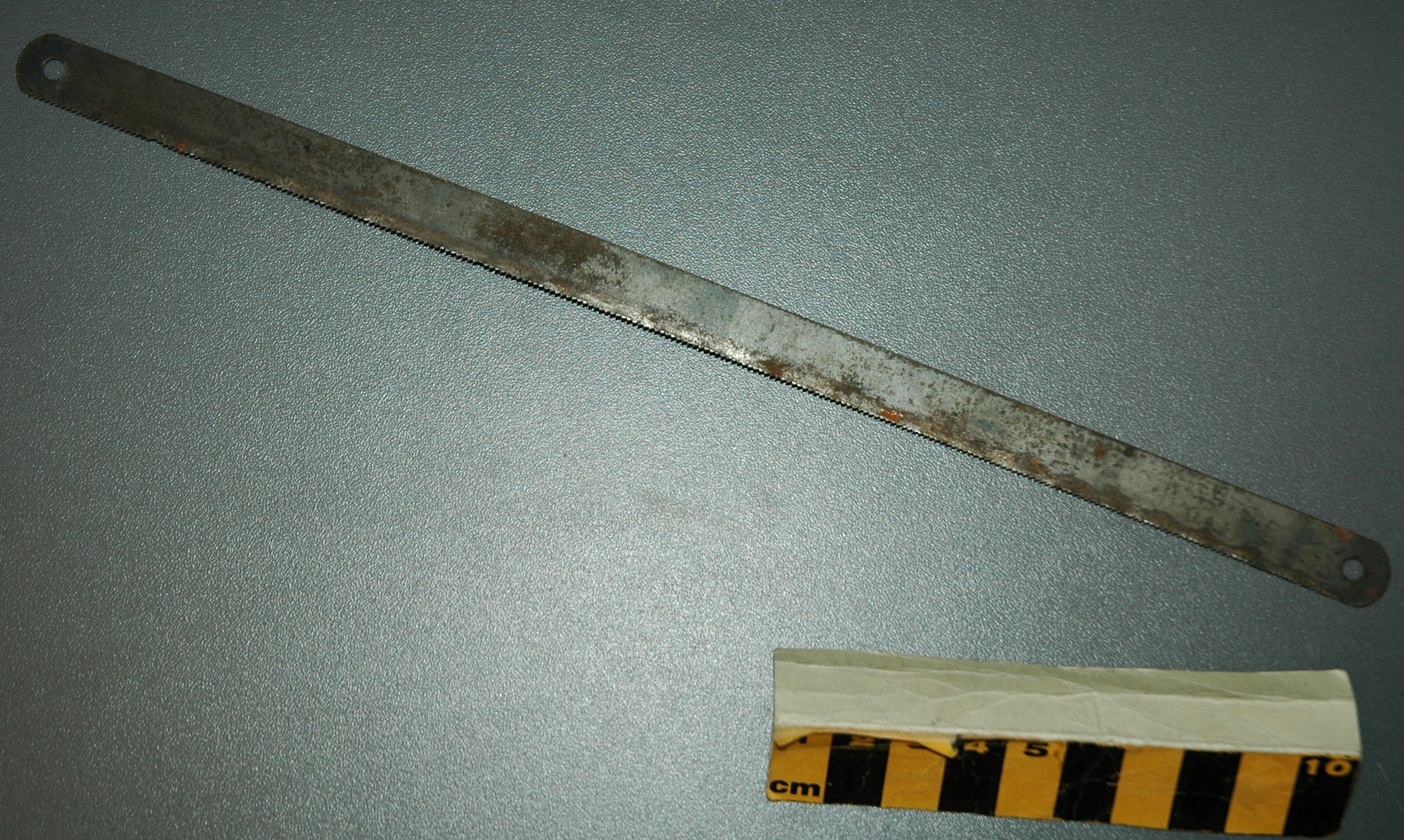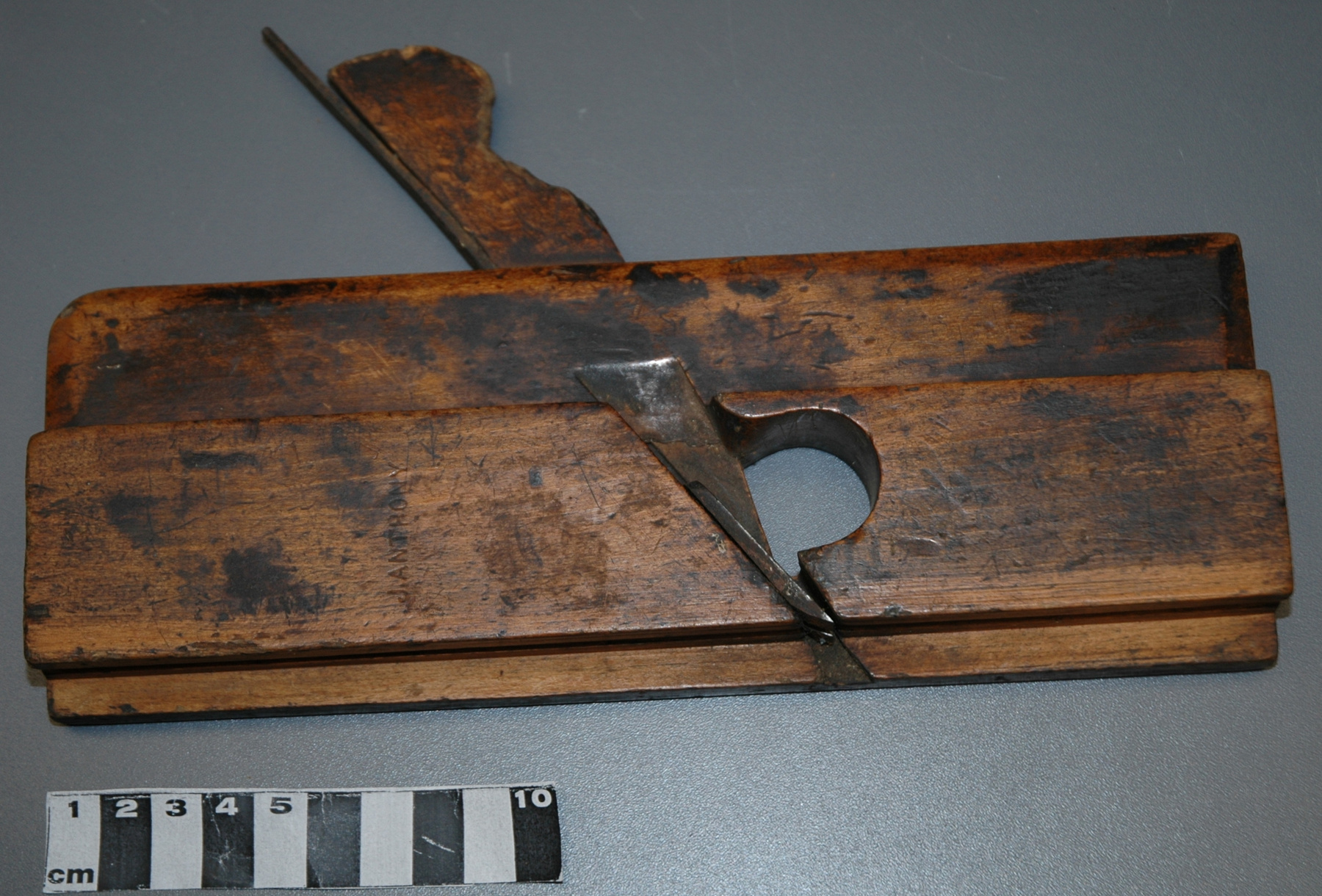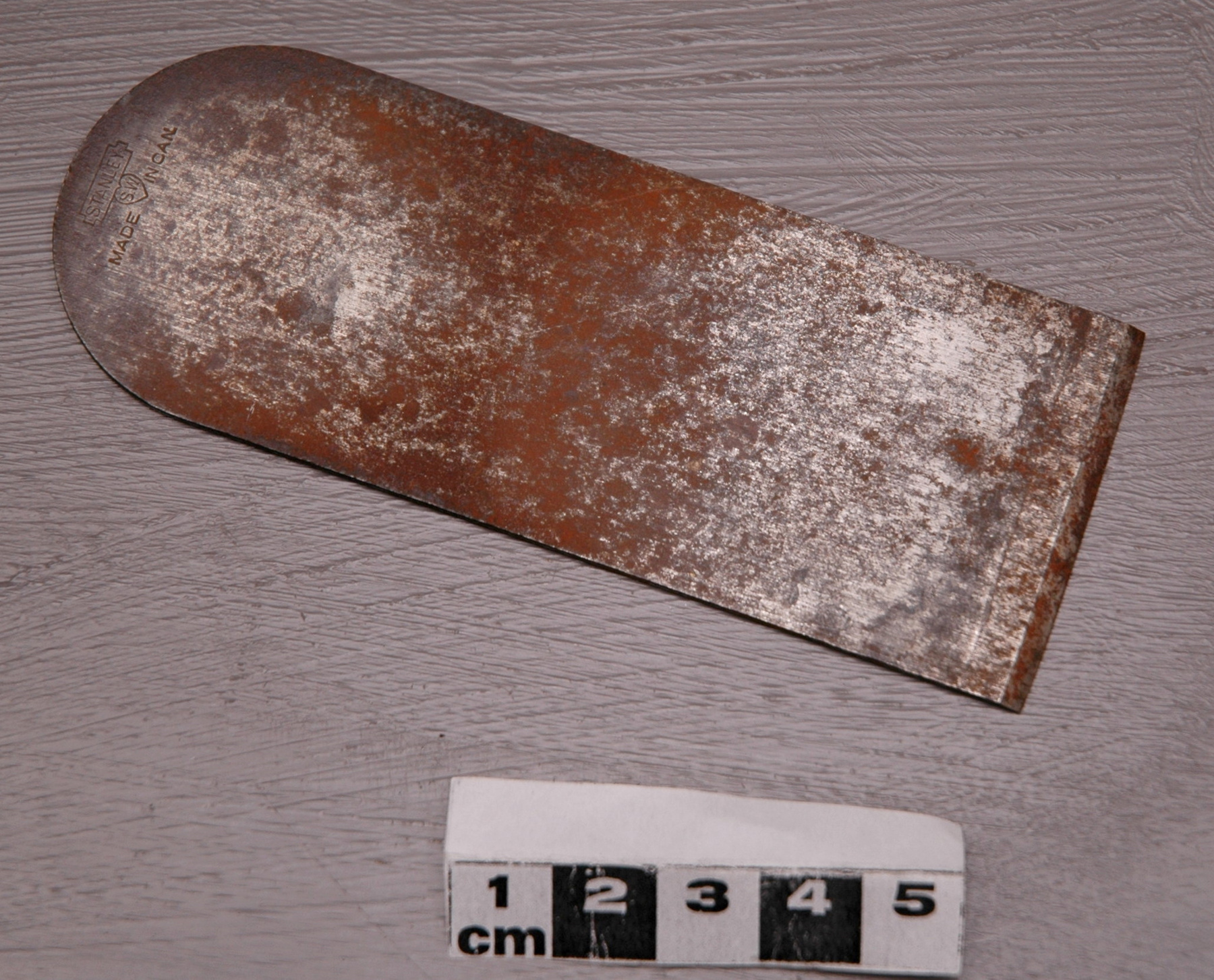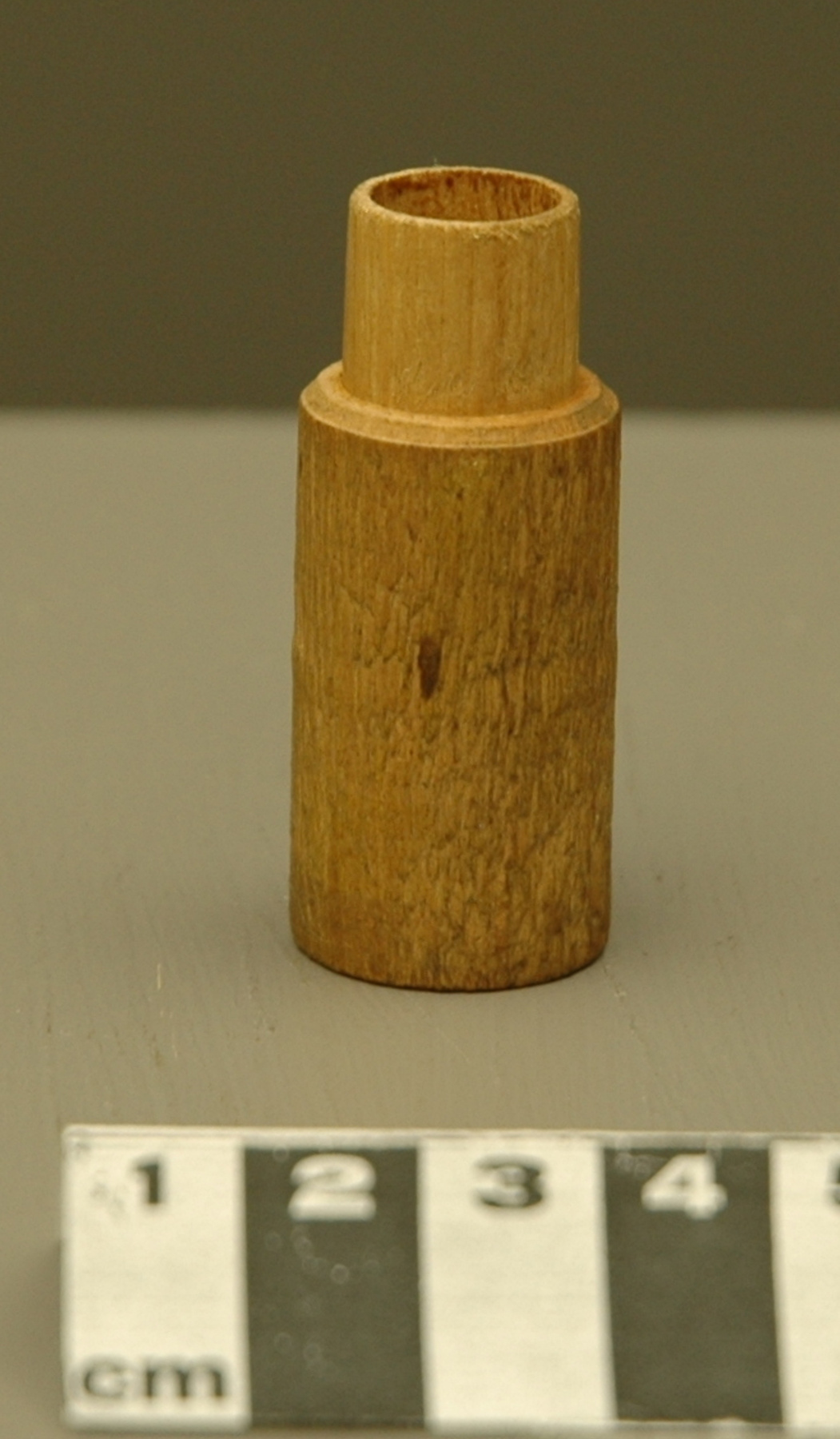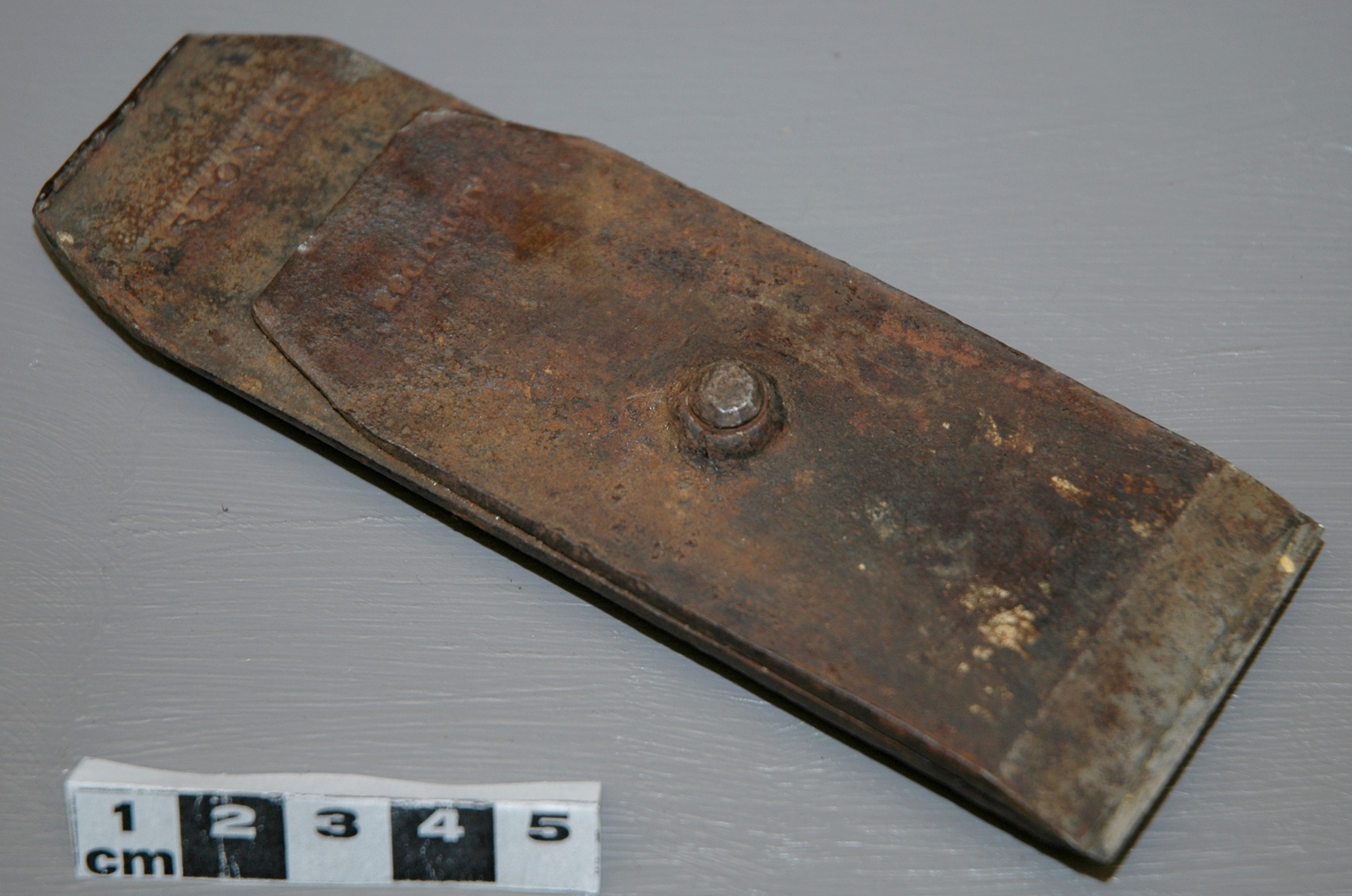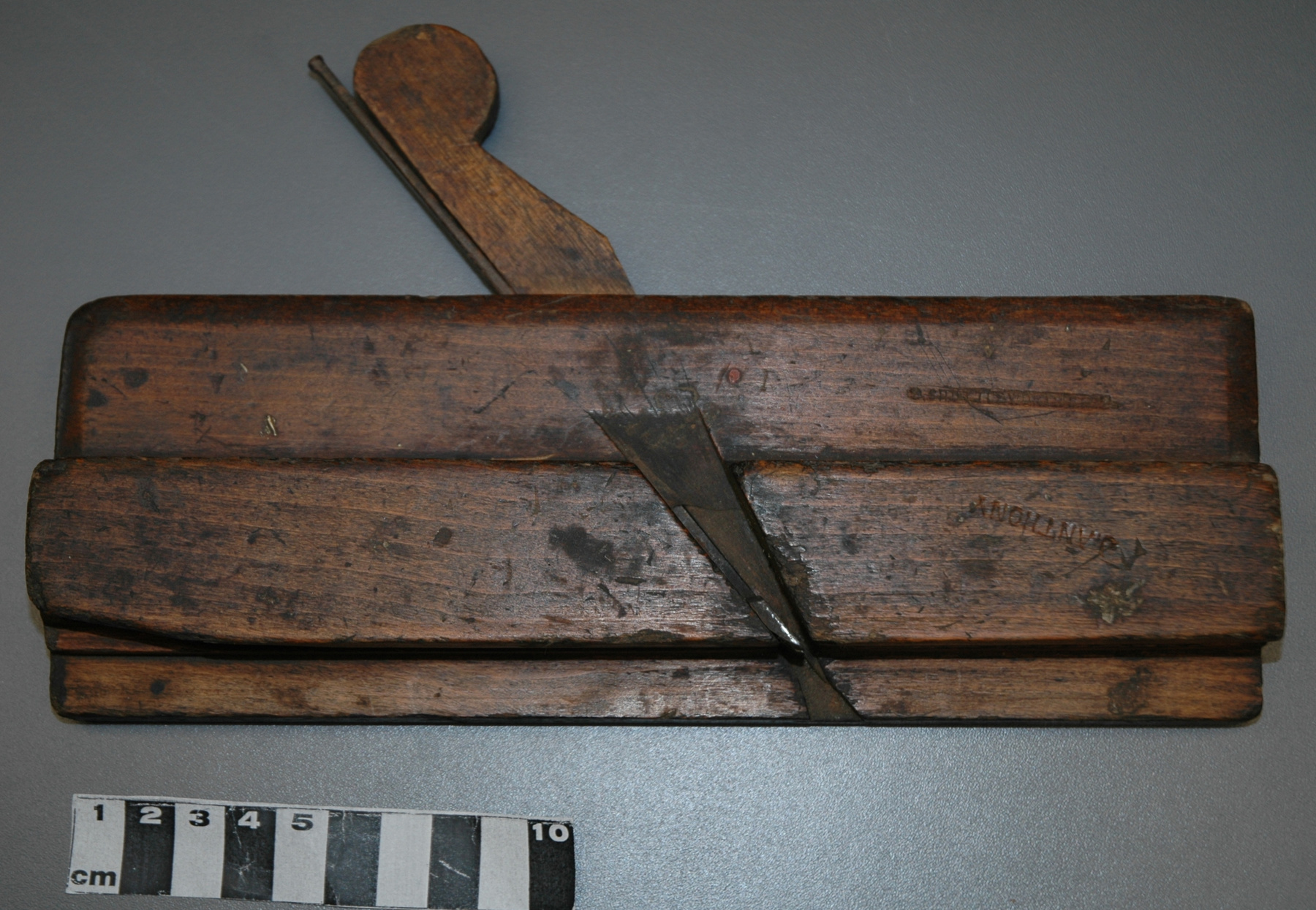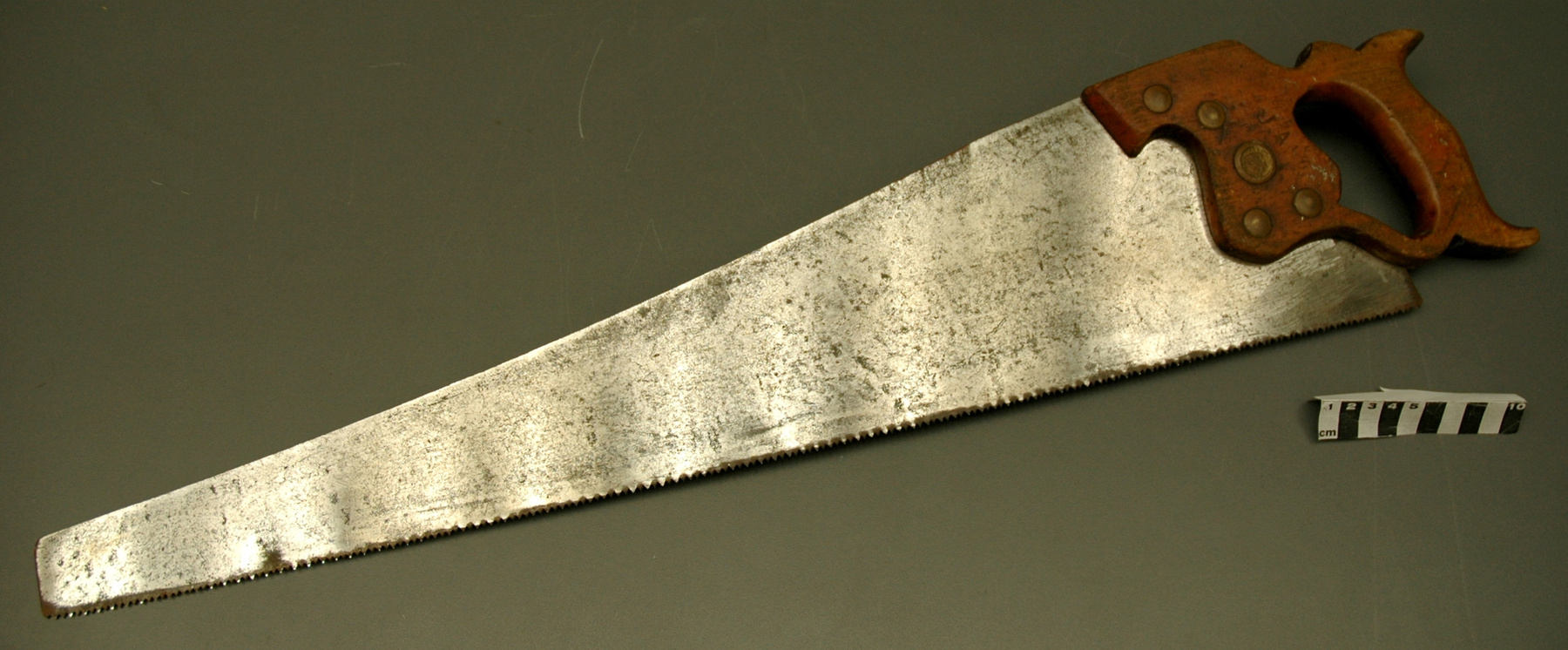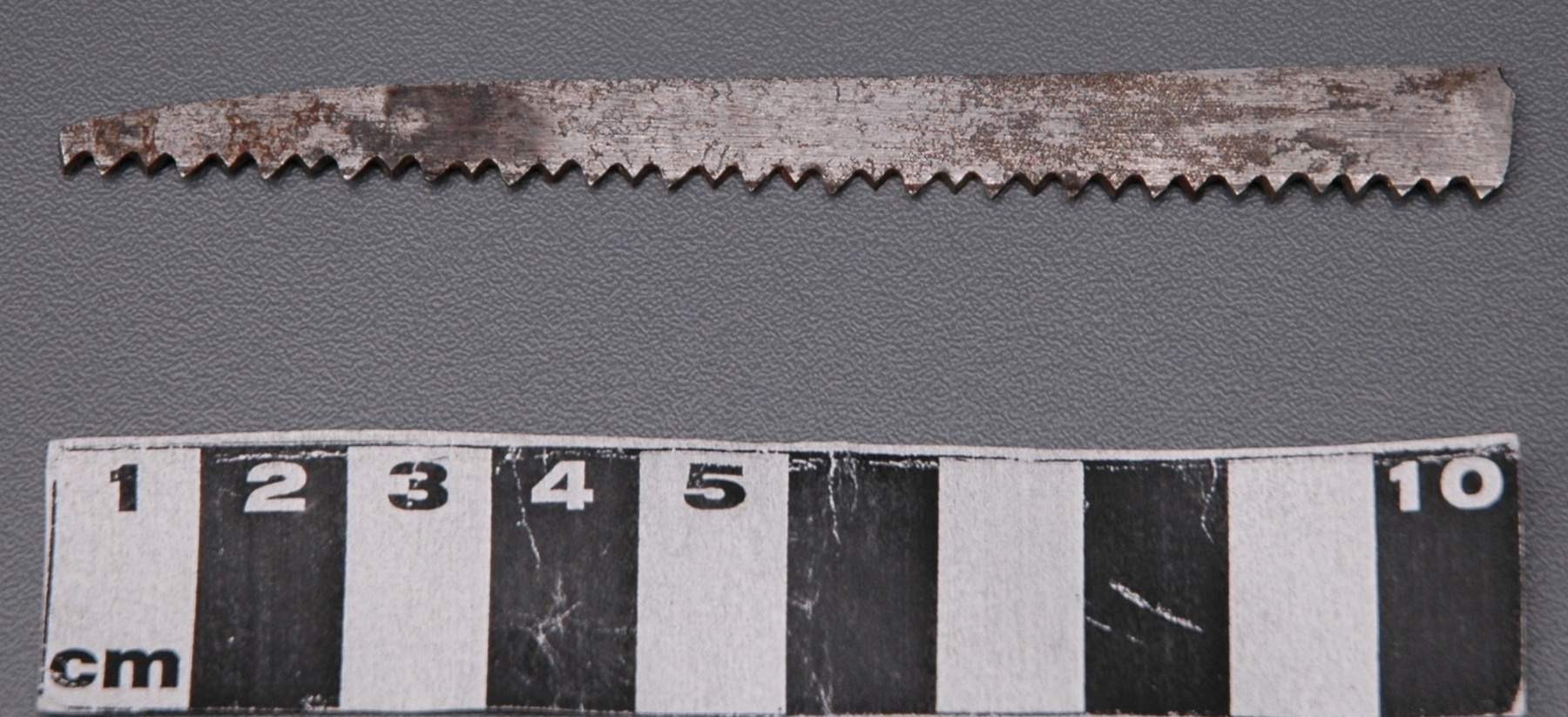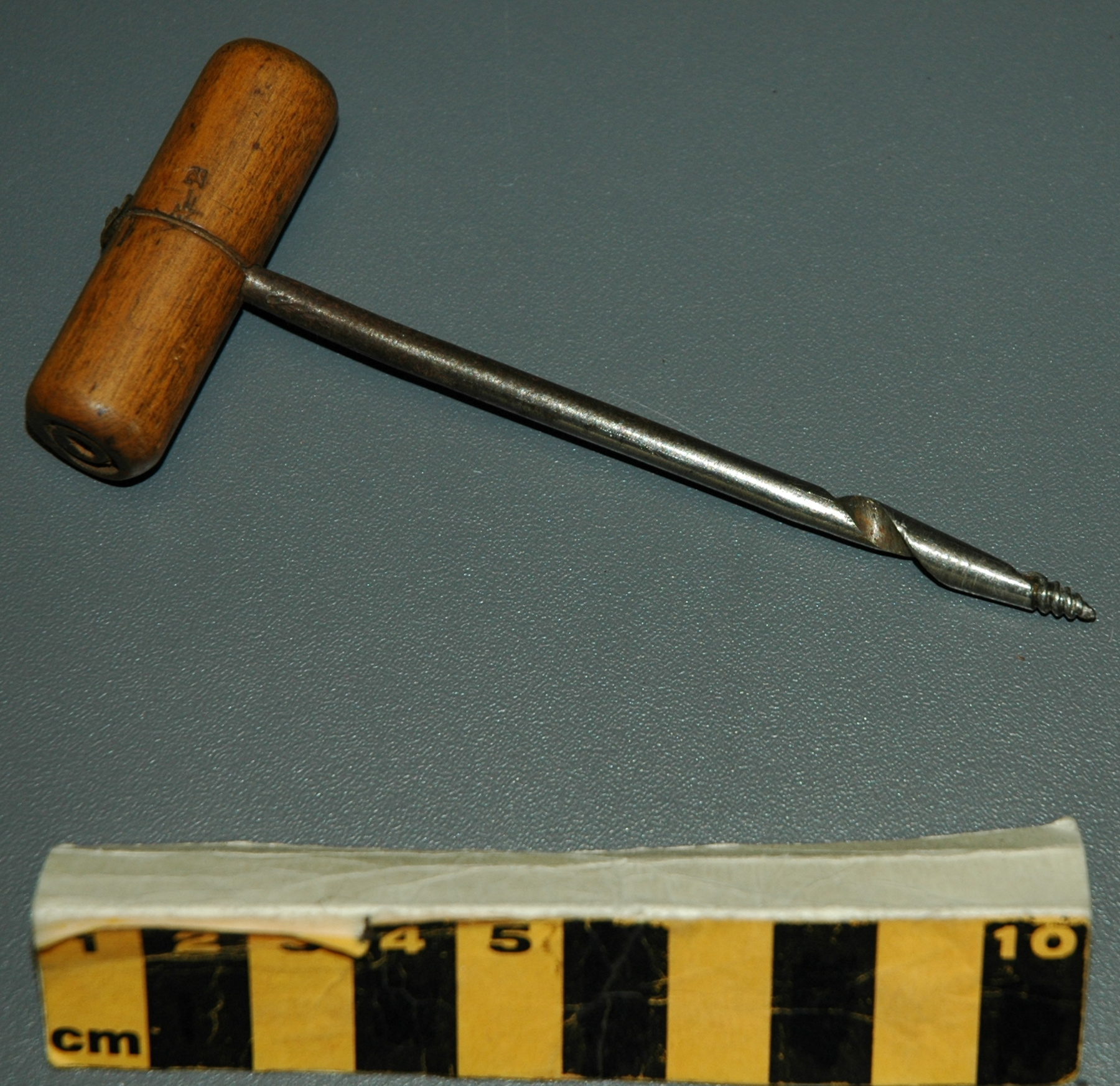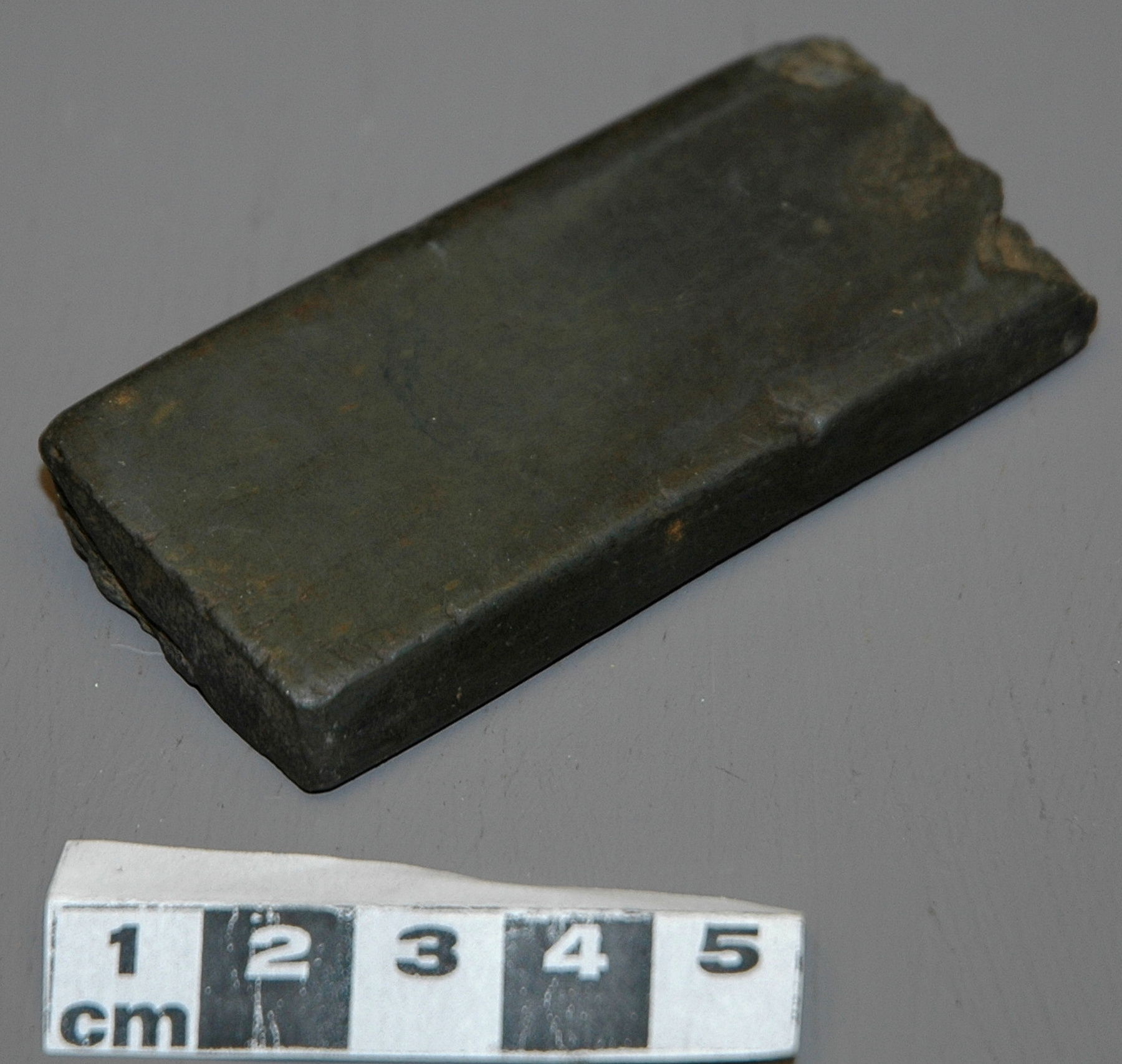Stone, sharpening
Use this image
Can I reuse this image without permission? Yes
Object images on the Ingenium Collection’s portal have the following Creative Commons license:
Copyright Ingenium / CC BY-NC-ND (Attribution-NonCommercial 4.0 International (CC BY-NC 4.0)
ATTRIBUTE THIS IMAGE
Ingenium,
2004.1981.001
Permalink:
Ingenium is releasing this image under the Creative Commons licensing framework, and encourages downloading and reuse for non-commercial purposes. Please acknowledge Ingenium and cite the artifact number.
DOWNLOAD IMAGEPURCHASE THIS IMAGE
This image is free for non-commercial use.
For commercial use, please consult our Reproduction Fees and contact us to purchase the image.
- OBJECT TYPE
- artificial/slip
- DATE
- 1940
- ARTIFACT NUMBER
- 2004.1981.001
- MANUFACTURER
- Unknown
- MODEL
- Unknown
- LOCATION
- Unknown
More Information
General Information
- Serial #
- N/A
- Part Number
- 1
- Total Parts
- 1
- AKA
- N/A
- Patents
- N/A
- General Description
- probably synthetic composition
Dimensions
Note: These reflect the general size for storage and are not necessarily representative of the object's true dimensions.
- Length
- 7.7 cm
- Width
- 3.3 cm
- Height
- 1.3 cm
- Thickness
- N/A
- Weight
- N/A
- Diameter
- N/A
- Volume
- N/A
Lexicon
- Group
- Industrial Technology
- Category
- Tool maintenance
- Sub-Category
- N/A
Manufacturer
- AKA
- Unknown
- Country
- Unknown
- State/Province
- Unknown
- City
- Unknown
Context
- Country
- Canada
- State/Province
- Ontario
- Period
- Presumably used c. 1910 until late 1940s; possibly also used later.
- Canada
-
Part of a collection of hand tools belonging to James Anthony (1883-1966), an English born and trained carpenter who came to Canada c. 1910 and worked in and around Ottawa, ON. Following the 1916 fire which destroyed the Parliament buildings and damaged the Library, Mr. Anthony was hired as a foreman with the restoration crews. Until 1920, he was involved in the rebuilding of the Peace Tower and the installation of new windows at the Library of Parliament. He later worked with various builders in the Ottawa area, retiring in the late1940s. After his death in 1966 the tools were given to his son Jack, who in turn donated them to CSTMC. [Ref. 1] - Function
-
Used to produce sharp edge on knives, cutting blades of tools, etc. - Technical
-
Many sharpening stones were used with oil in order to provide a smooth-enough surface for metal blade to slide over, and to keep stone clean. Sharpening stones were common items in a carpenter's toolbox, and were used for sharpening plane irons, chisels, etc. This wedge-shaped stone, termed a slip, was used for sharpening curved edges, inset grooves, etc. [Refs. 3 & 4] Believed to be of synthetic composition, based on colour, weight and texture. - Area Notes
-
Unknown
Details
- Markings
- None.
- Missing
- None evident, save chipped edges and small areas of loss due to wear.
- Finish
- Dark-brown to black wedge-shaped sharpening stone has smooth finish on all sides, save one end which is rough, chipped and appears of layered/composite construction.
- Decoration
- N/A
CITE THIS OBJECT
If you choose to share our information about this collection object, please cite:
Unknown Manufacturer, Stone, sharpening, before 1940, Artifact no. 2004.1981, Ingenium – Canada’s Museums of Science and Innovation, http://collections.ingeniumcanada.org/en/id/2004.1981.001/
FEEDBACK
Submit a question or comment about this artifact.
More Like This
